October 19, 2020
The purpose of this assignment was to deliberately make mistakes against the photographic process. BA students were invited to think about what can go wrong while photographing.
What happens if errors are intentionally inserted ?
- by deliberately making mistakes. The mistake here is a choice.
- by inserting actions that are unpredictable, making the error more of a surprise. This is where serendipity comes into play.
Below is an investigation into the possibilities of the game with 'mistakes'.
Are errors still 'errors' when deliberately articulated?
We looked at the work of: Seba Kurtis, John Baldessari, Dirk Braeckman, Man Ray, Liset Model, Esther Theaker, Miroslav Tichy, Francesca Woodman, Elizaveta Porodina, Mikael Siirilä, Wolfgang Tillmans, Matthew Brandt, Saul Leiter, Lee Friedlander, Antoine d'Agata, Andreas Gursky, Thomas Vandenberghe, Lara Gasparotto, Michel Mazzoni, Vincent Delbrouck, Lin Zhipeng, Rosa Menkman, Thomas Ruff, David Lynch, Sohrab Hura, Daidō Moriyama, Mark Borthwick, Rik Huybrechts, Mark Cohen, Jeroen Bocken |
A Lucia Fernandez
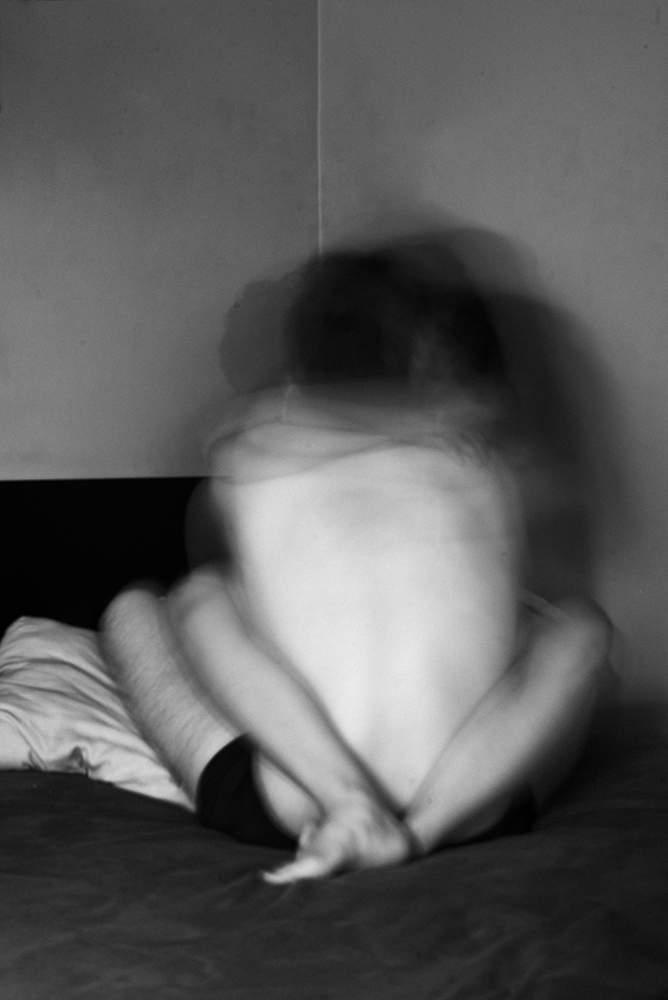
The lovers
We sat on the bed and hugged. The camera posed his gaze at us and captured our movement. 13 seconds.
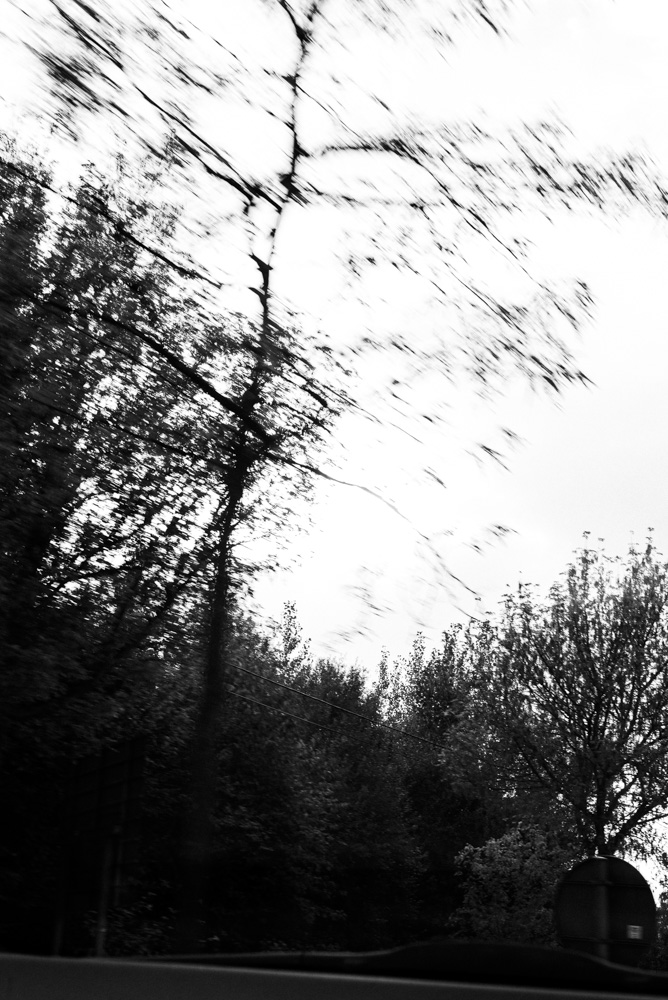
Untitled (road)
The photographer has no control over the camera, the same way you have no control over what has already happened.
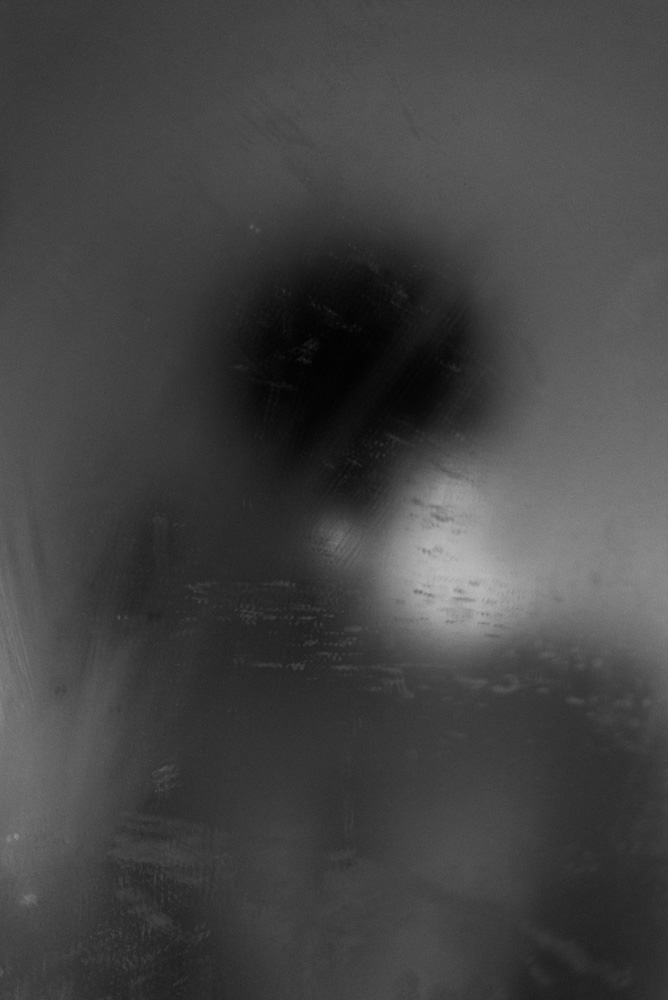
Untitled (mirror)
Everything seems hazy, misty, indistinct. Like looking through a memory, a reflection of what it used to be. The past is something you can see, but not touch.
|
Alexia De Splenter
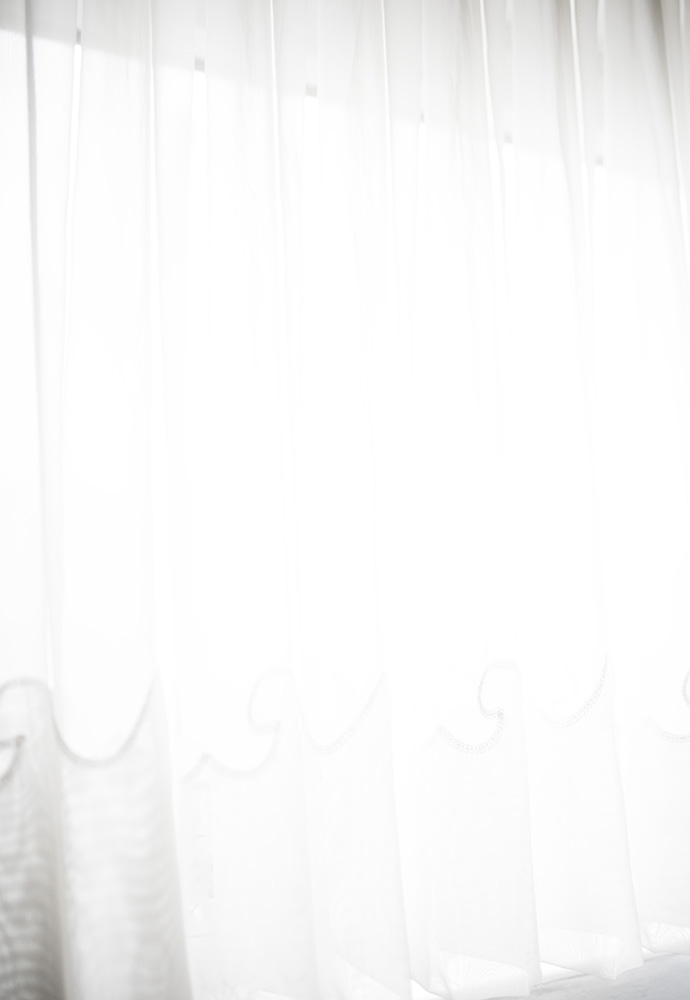
Bij de eerste foto heb ik gekozen voor overbelichting. Ik heb mijn diafragma helemaal opengedaan.
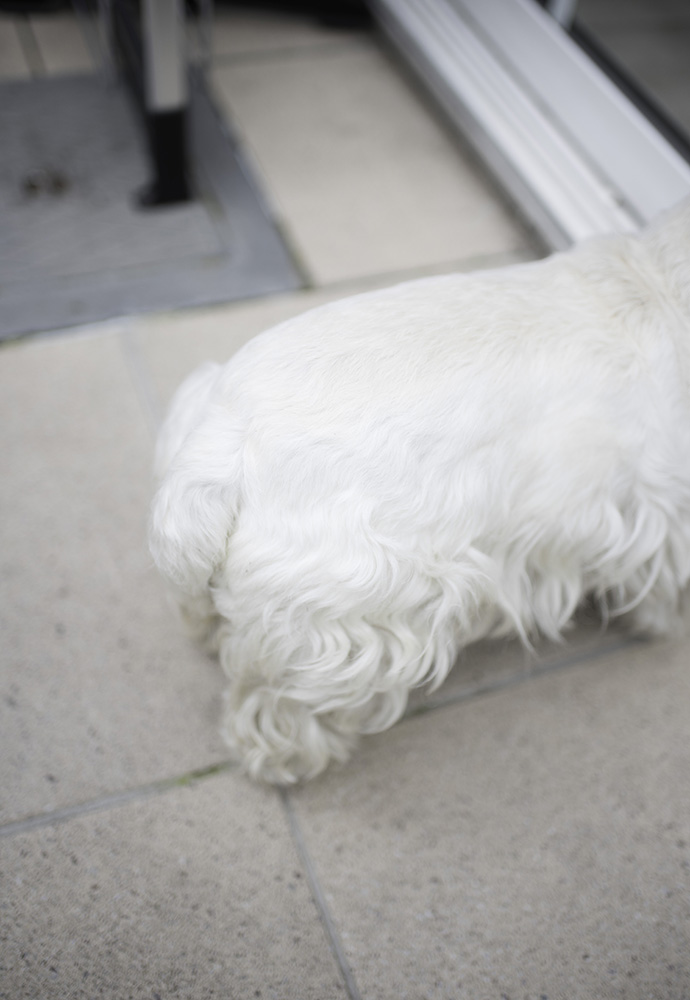
Afgehaakte hoofden en voeten werken meestal totaal niet. Dus heb ik dit ook gedaan bij mijn hond.
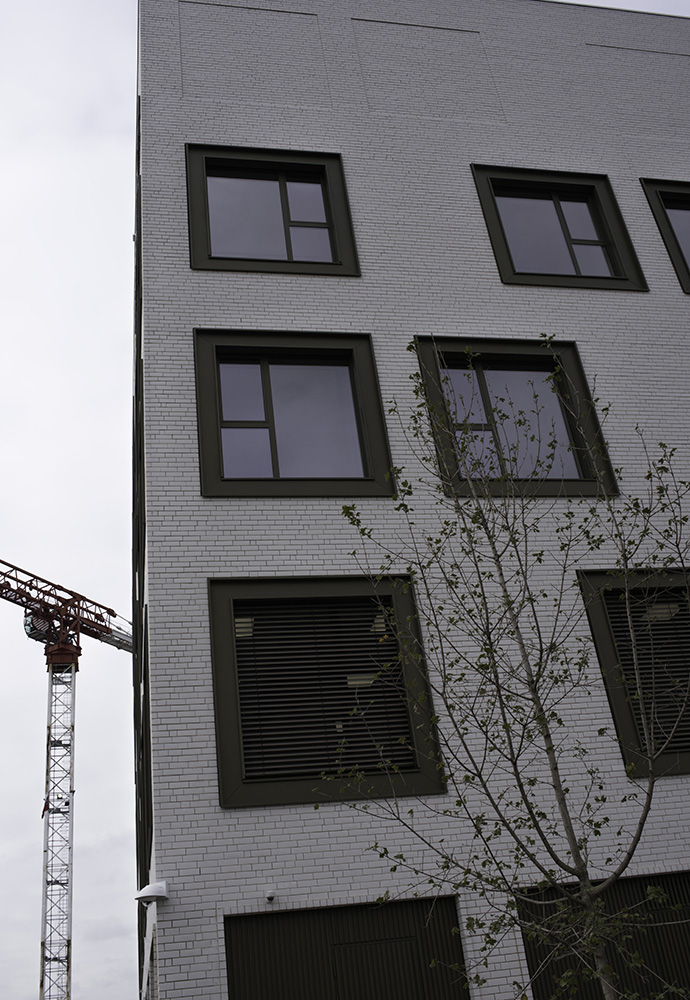
Deze foto geeft voor mij chaos weer, scheef gebouw, nog een boompje en kraan erbij. De compositie ligt hier totaal niet goed.
|
Amber Van der Borght
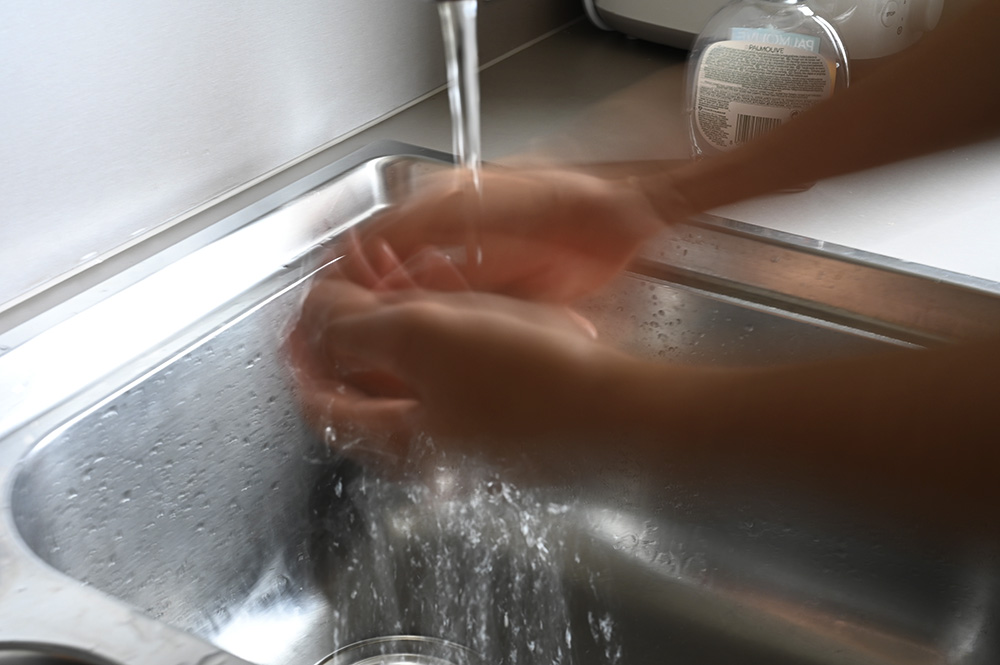
Ik heb m’n vriend gevraagd zijn handen te wassen, zodat ik dit kon fotograferen op een net iets te trage sluitertijd. Ik heb deze foto gekozen, omdat ook al is het onderwerp wazig, het water er nog mooi uitziet.
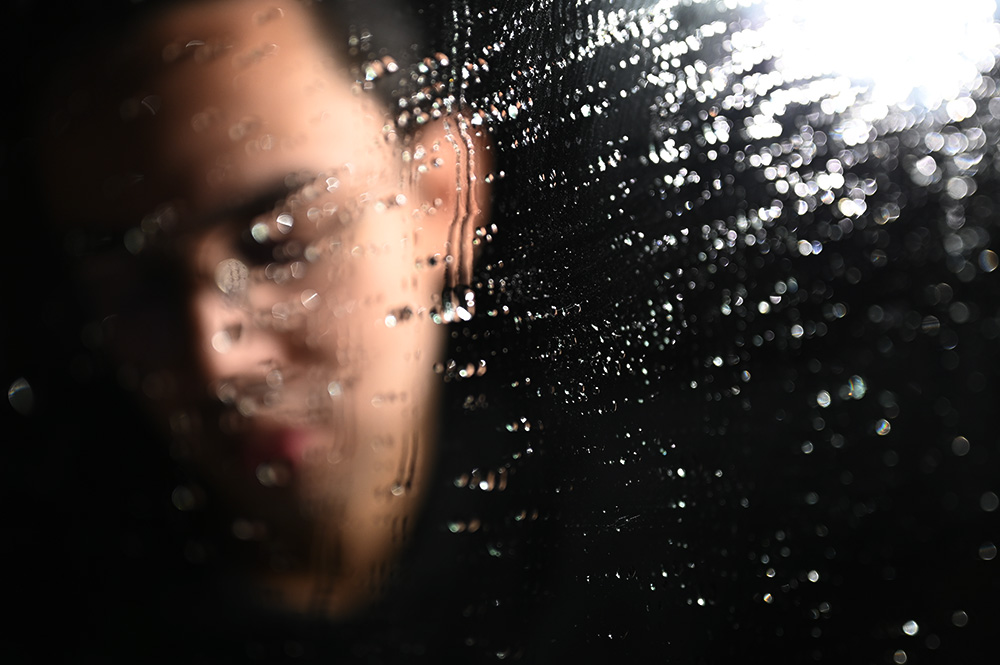
Ik werk graag met de elementen. Deze foto is ‘fout’, ook al ziet de focus er goed uit, ik was eigenlijk de handen van mijn vriend aan het fotograferen, maar hij liet iets vallen en zijn gezicht kwam in beeld. Deze foto behoort dus tot de ‘gemiste kans’ reeks.
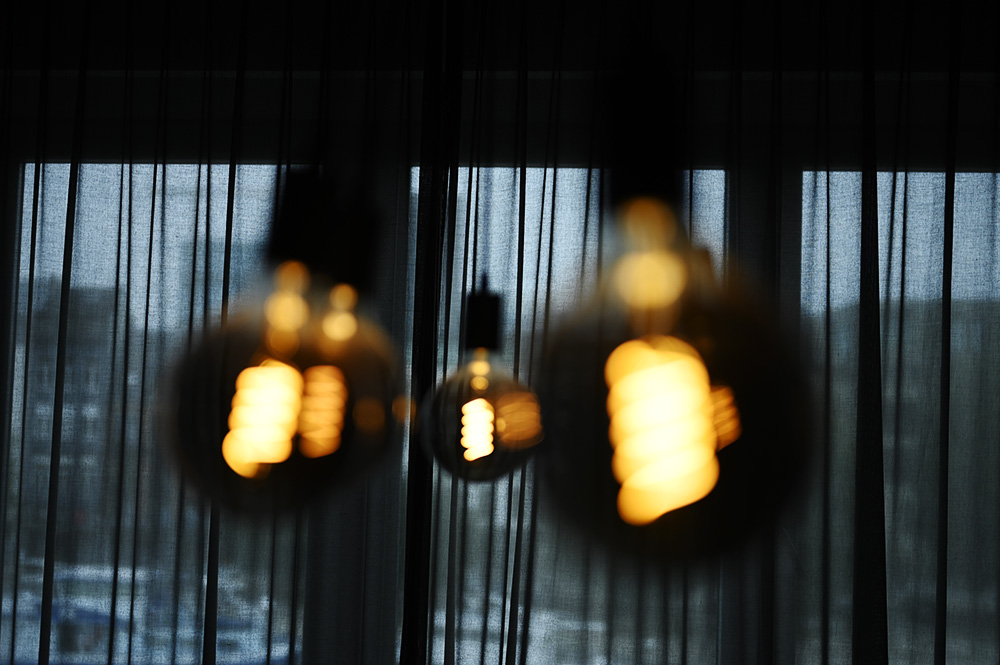
Dit is een foto van de lichten die bij ons thuis hangen, ze zijn in beweging (normaal hangen ze op een rechte lijn), de foto is onderbelicht en de focus is verkeerd.
|
Anke Defossé
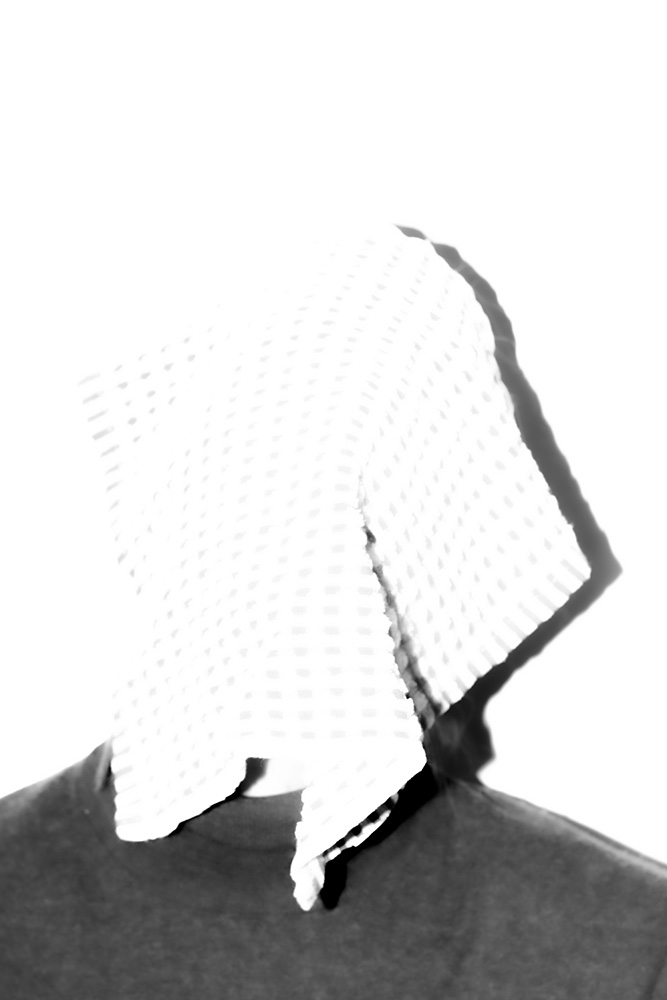
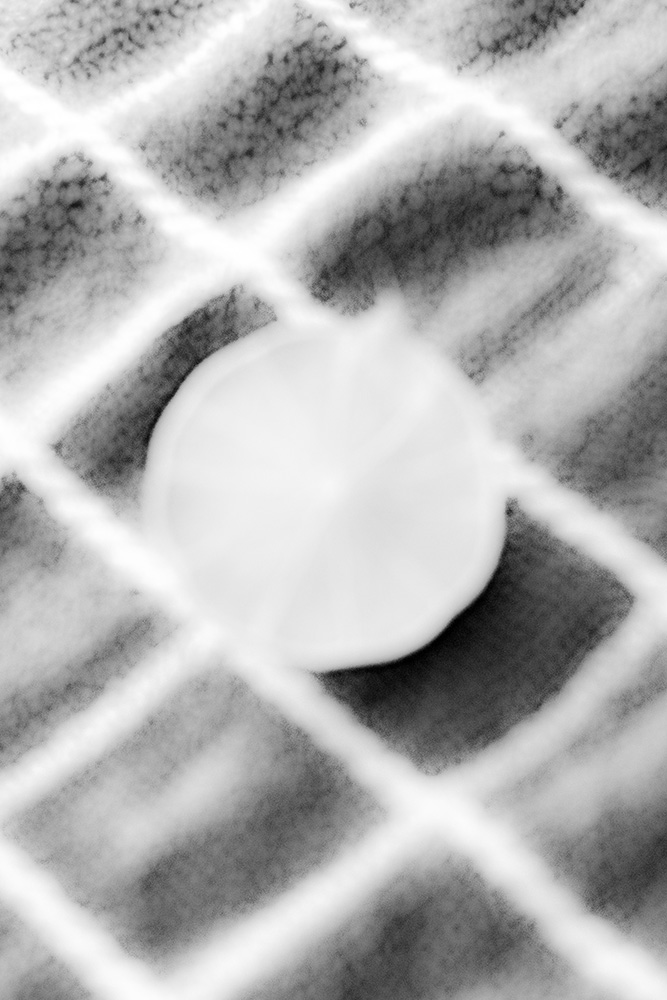
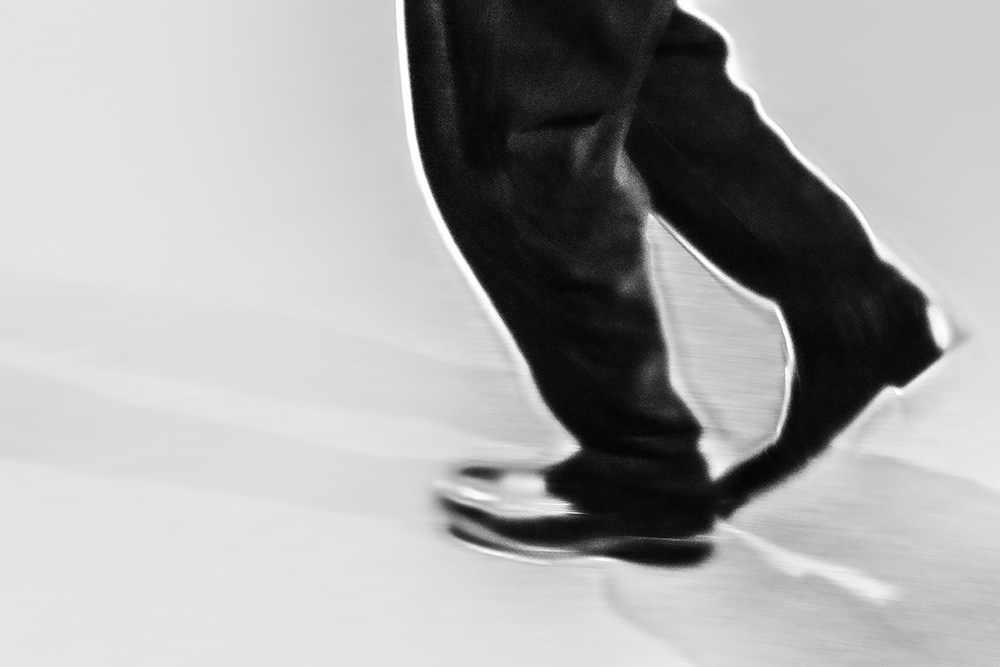
By exploiting, at first, the photographic apparatus and later on the post production, I found a different reality. A reduced reality of shapes, lines, levels of light, texture, but mostly visual noise.
|
Aron Viszlo
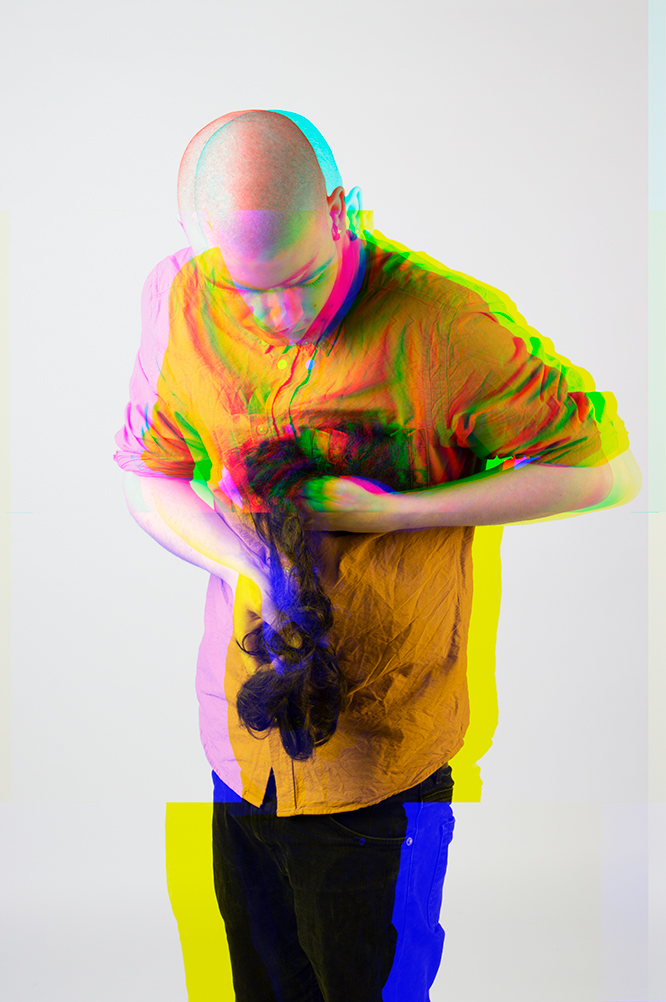
This picture has been edited in a hex editor. Hex editors allow editing the raw data contents of a file, instead of other programs which attempt to interpret the data for you.
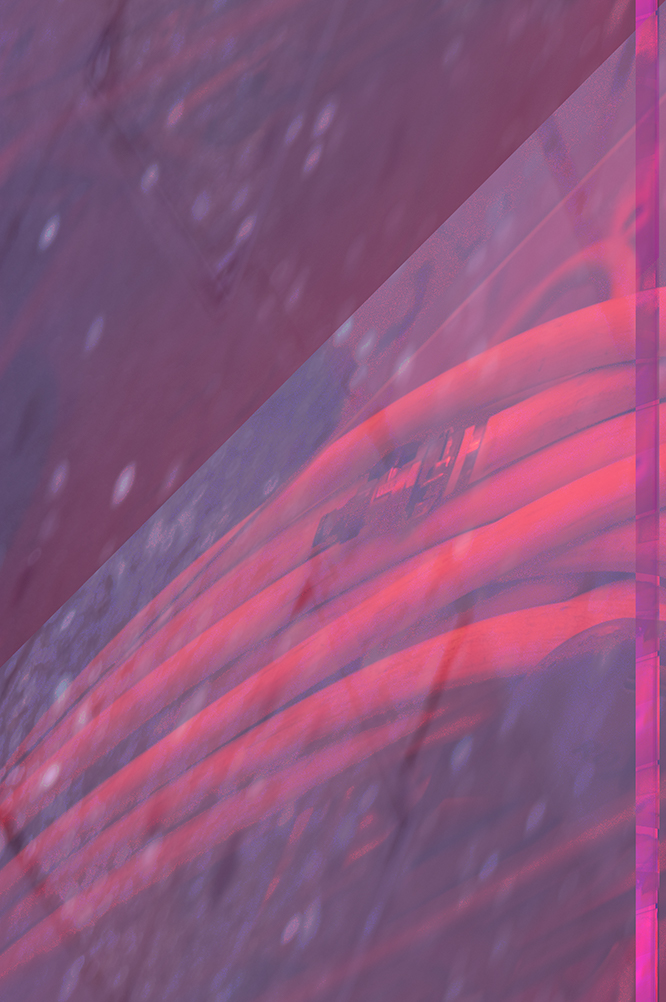
This one I converted into an audio editing program and edited as an audio file, then converting back to jpg.
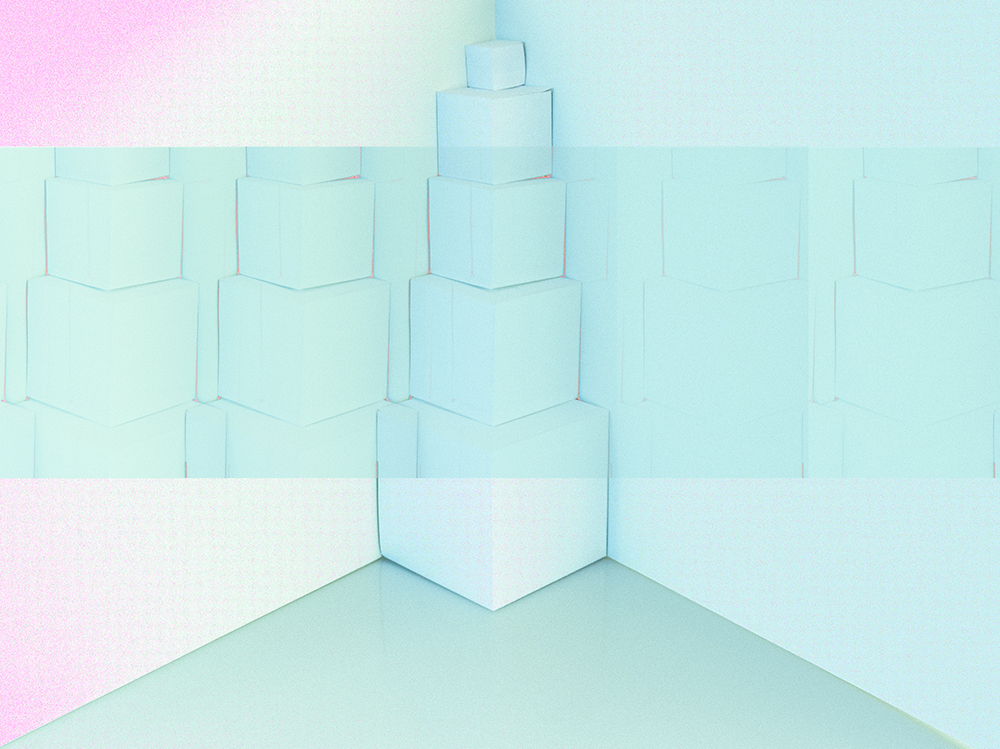
This image has been put into WordPad as a text file, then resaved which damaged the file in a very particular way.
|
Bas Verrept
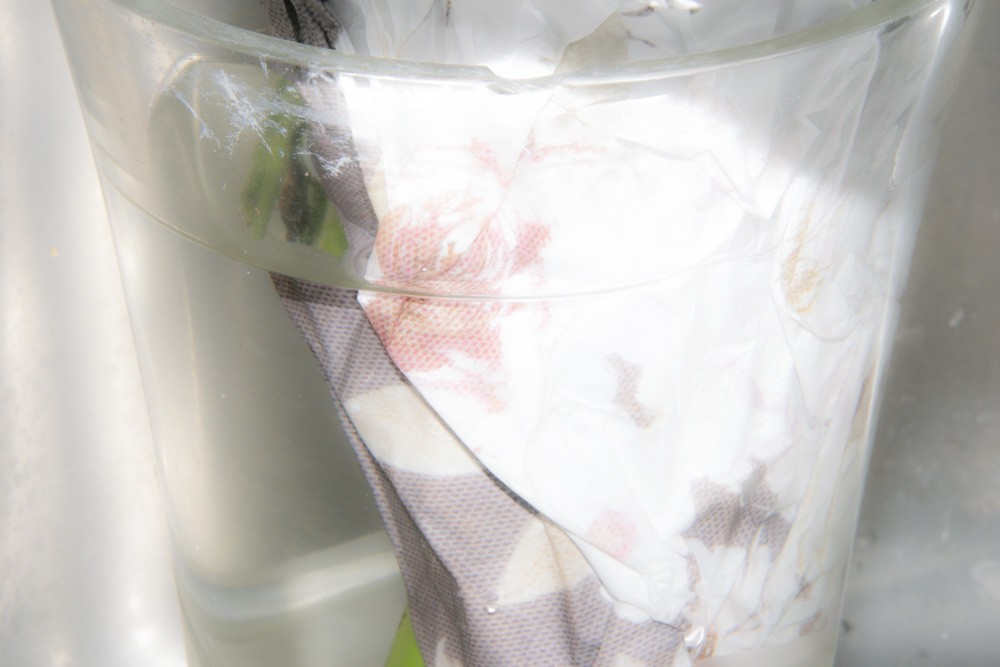
I placed a vase in an aluminum sink, which creates a reflection of the light. This combined with blur and a little overexposure creates an interesting "wrong picture" effect. I shot the picture with a zoom lens.
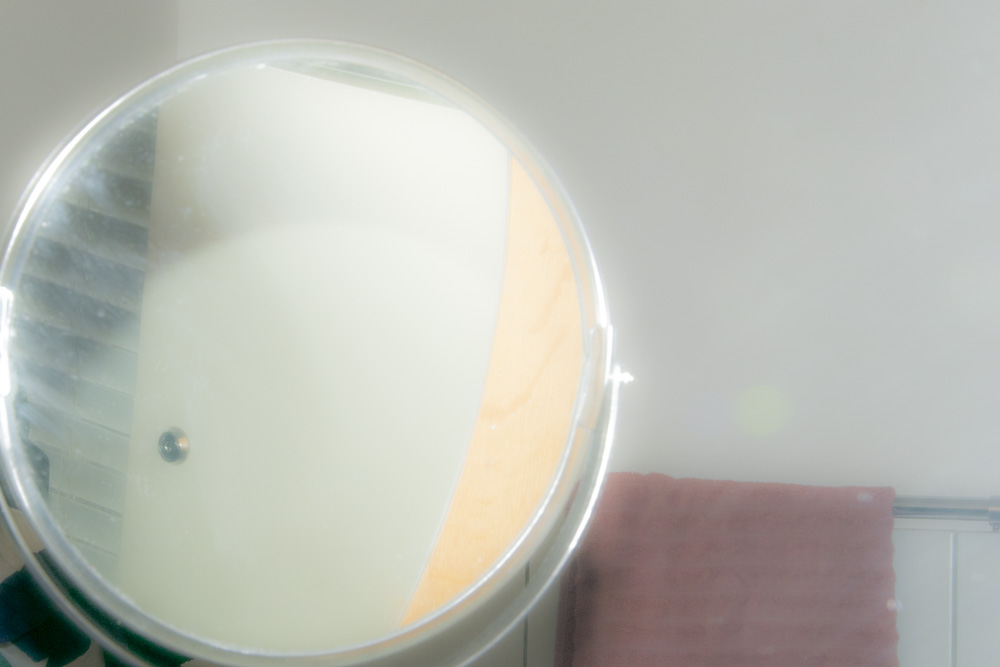
I've worked with a mirror, flash, and an extreme close up lens. The mirror reflects a metal case, which reflects the flash light again. This creates a kind of glowing fuzzy light effect.
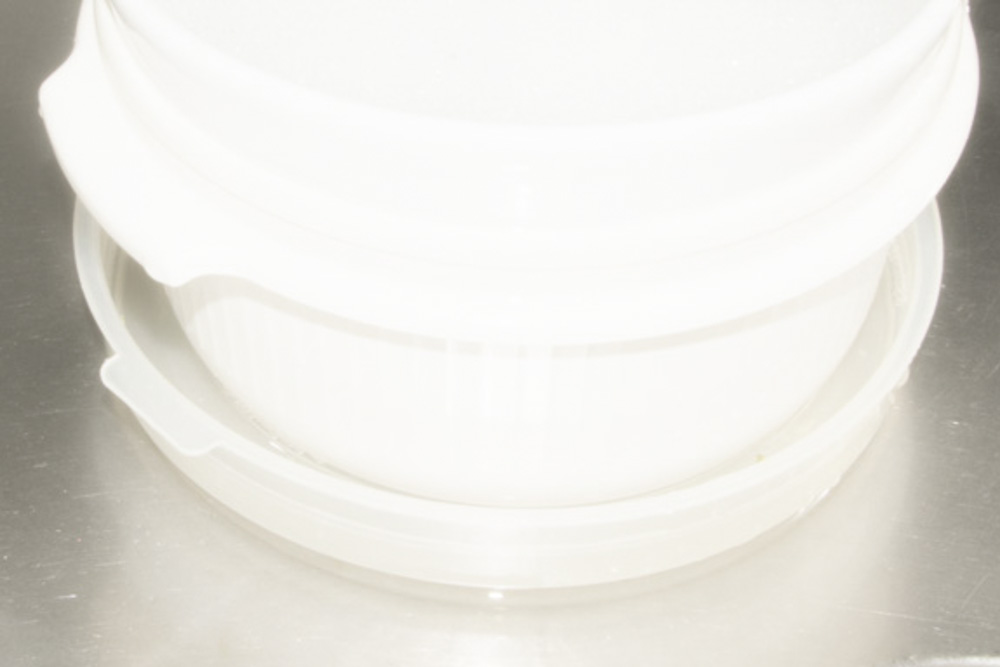
For this photo I worked with foam, again an aluminum surface and a zoom lens. Because the plastic jar is slightly transparent like the lid, it creates a glowing effect when flashed.
|
Brent Decraene

This image I got by finding a piece of developed analog film, I scratched and touched it, afterwards I decided to scan it. You can see the fingerprints, pieces of dust and other marks I left on the film.
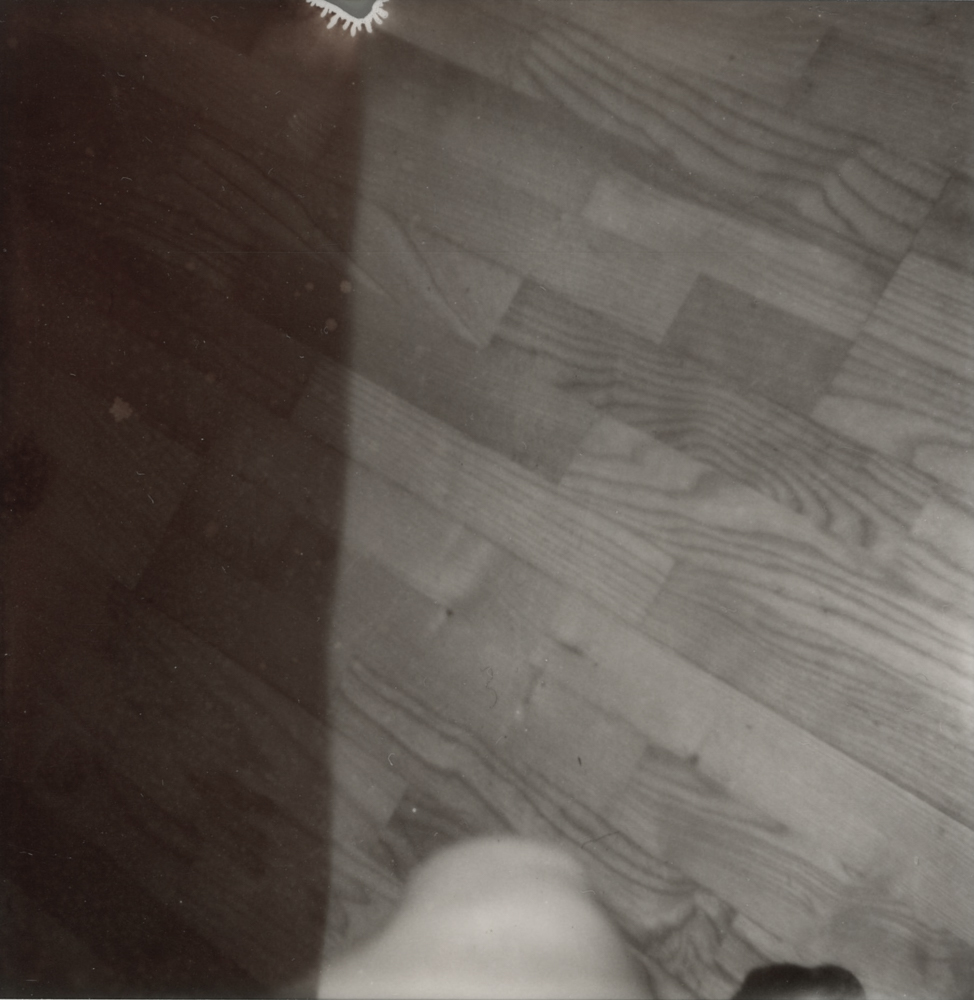
When my pack of polaroid film is finished I like to klick the button, with this one I forgot there was still one blank sheet in the camera and got this image. You can see my finger in front of the flash by the darker part and the undeveloped piece in the film.
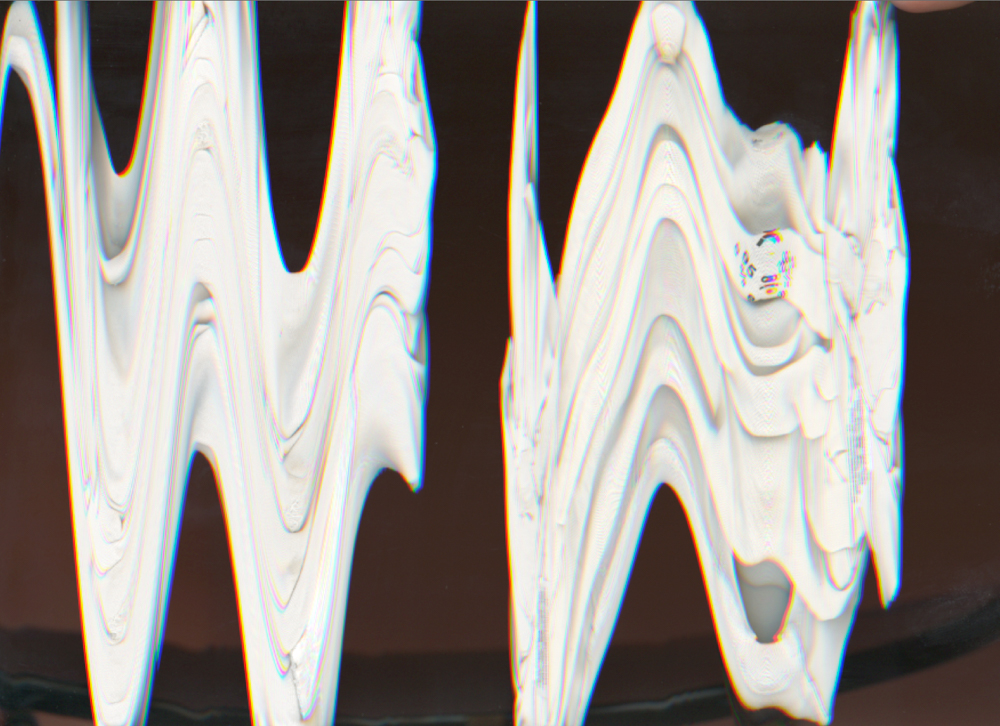
This is an accidental scan that happened when I was cleaning the scanner glass from dust. I used a t-shirt that was in my room and moved it along the scanner.
|
Bruce Bomfim
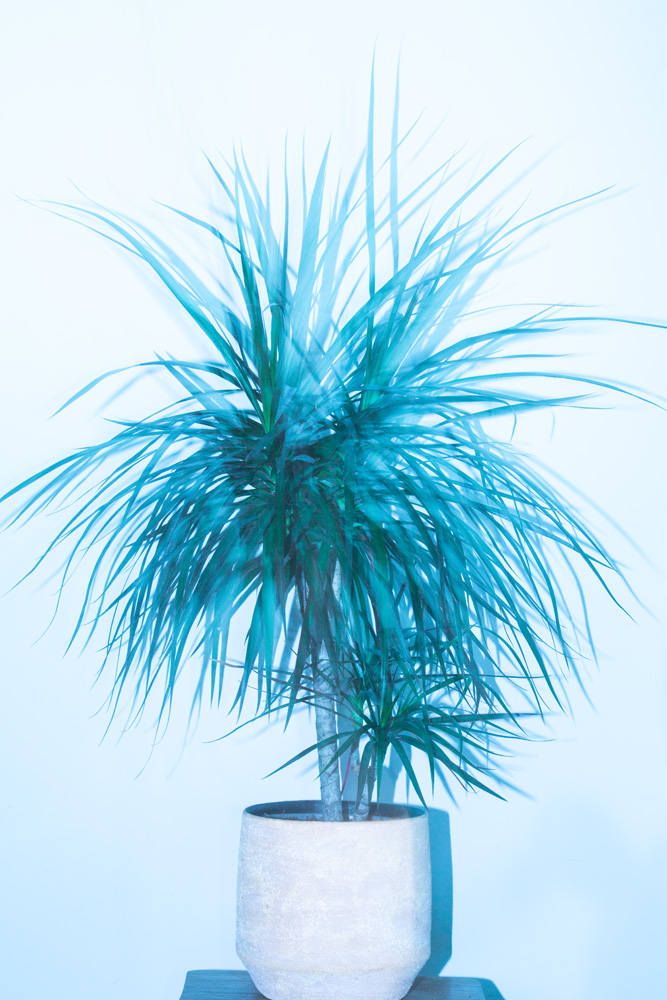
For this image the subject was against a white wall.
I dialled down the kelvin scale all the way to 2500 which gave to it a very blueish image.
I made use of flash to create these coloured and chaotic shadows and a lower shutter speed of 1,00s that softened the focus on the subject.
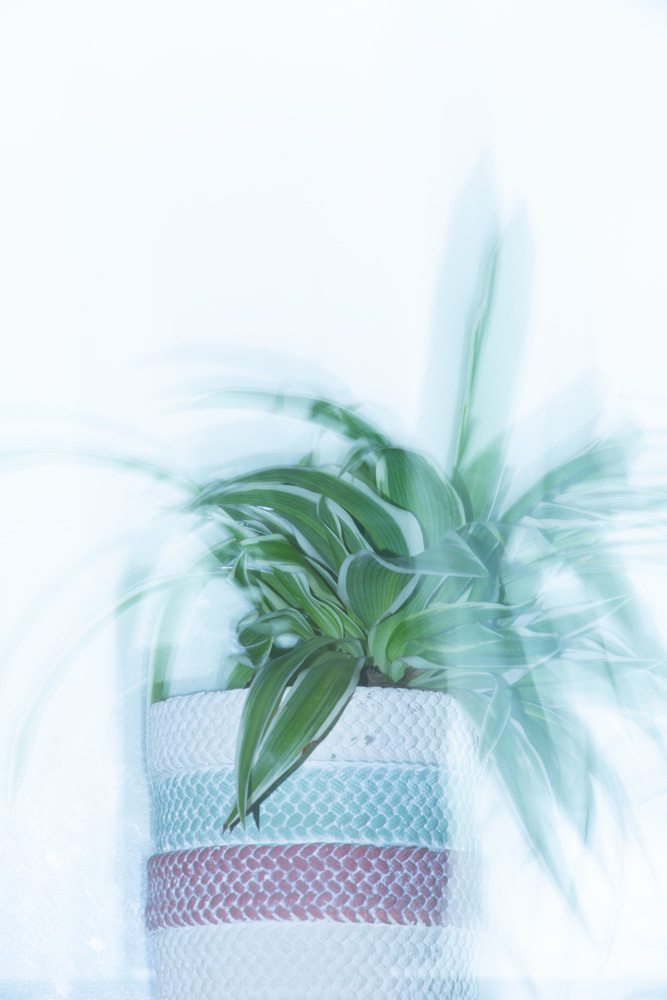
For this image the subject was backlit. The white balance was neutral.
I also used flash to light up the front side of the subject and a lower shutter speed of 1,00s that acted differently against the very bright light coming from behind. The parts of the image where the two sources of light met got kind of ghostly.
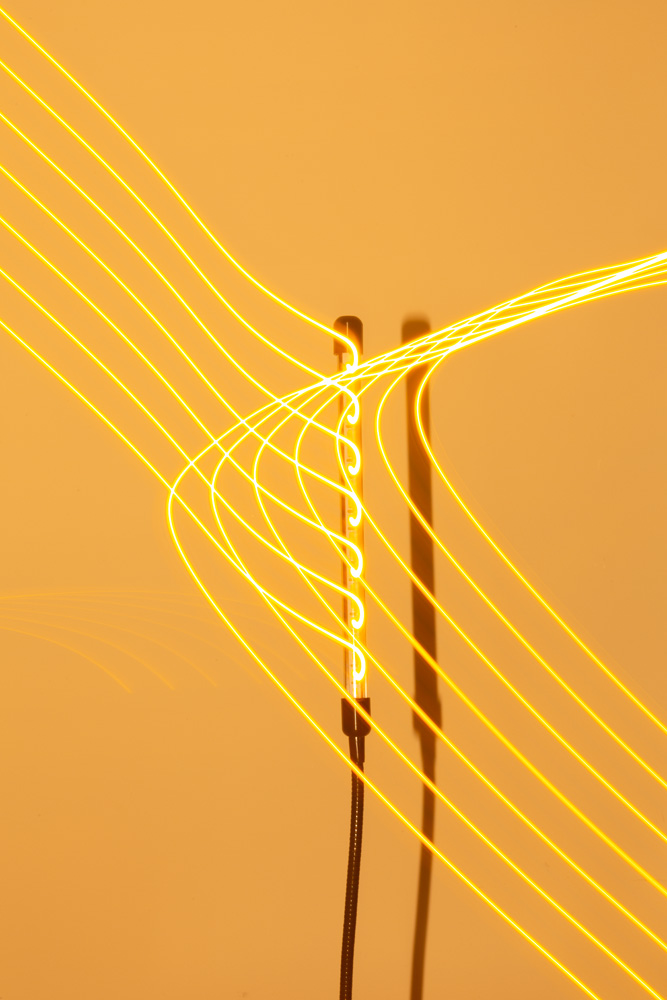
For this image I photographed a subject that gives light for itself. Due to the lower shutter speed of 1,00 and camera movement these lines with light were created. I used flash to light up the subject which also created definition and a harsh shadow. The kelvin scale for this image was brought all the way up to 10000 which created this strong orange colour.
|
Catherine Smet
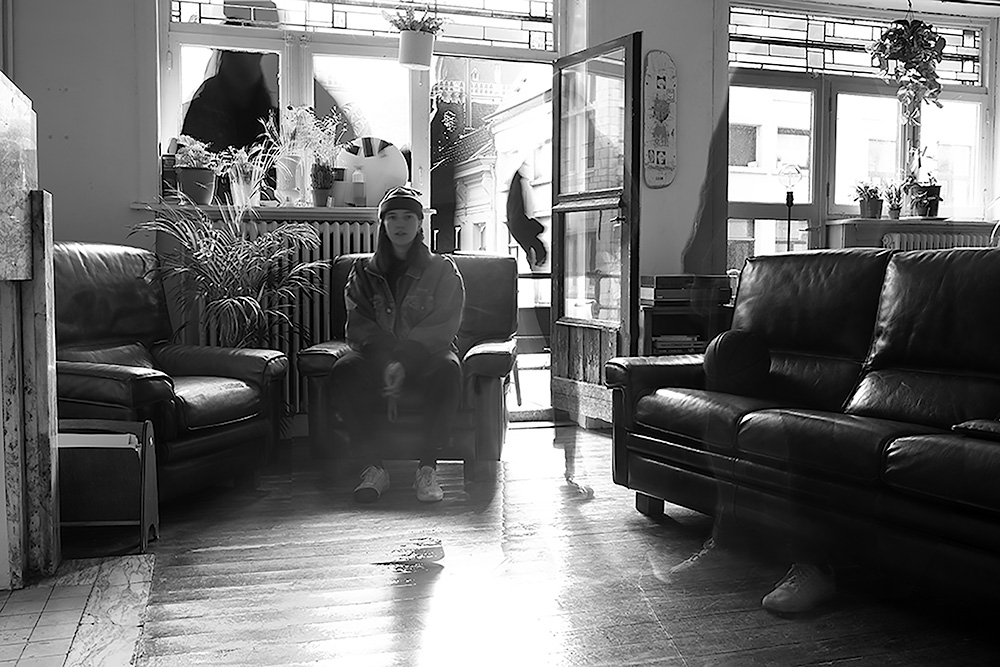
Foto 1 is een samenvoeging van beelden door HDR. Dit is normaal bedoeld om een hoger dynamisch bereik te verkrijgen, maar in dit geval zorgt het voor gekke overlappingen.
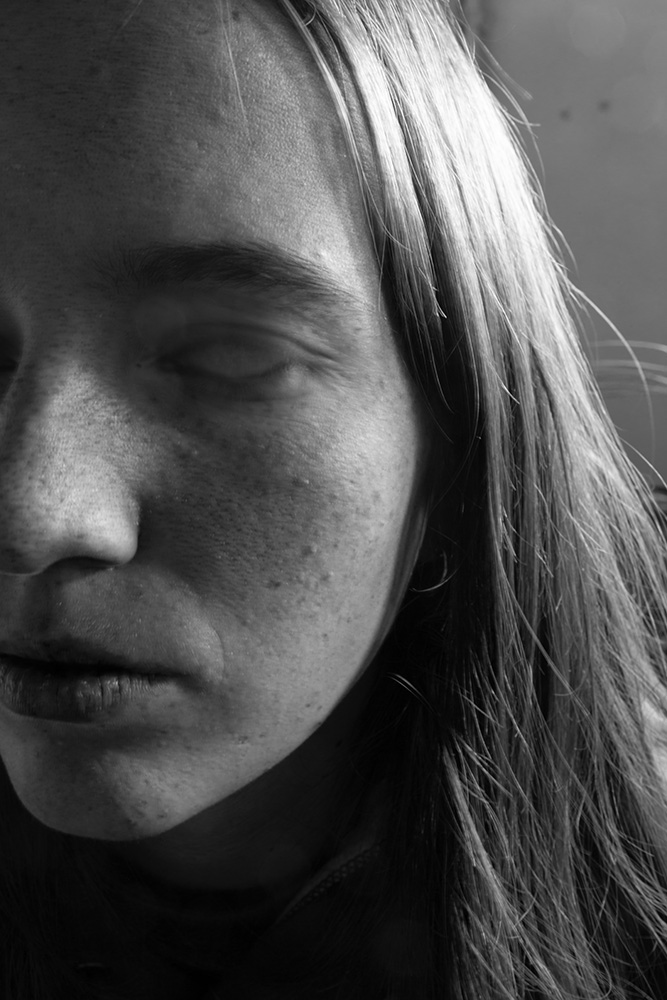
Foto 2 is een lange sluitertijd die alleen van toepassing mocht zijn op de ogen. De persoon beweegt dus enkel met de ogen in dit beeld.
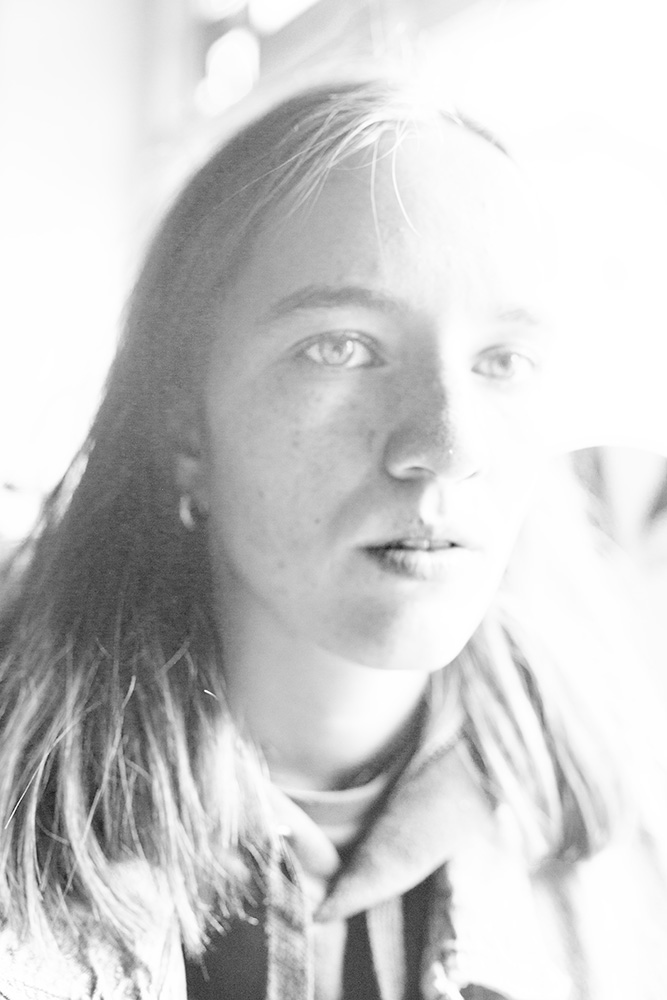
Foto 3 is een overexposure en onscherp beeld.
|
Daria Oprean
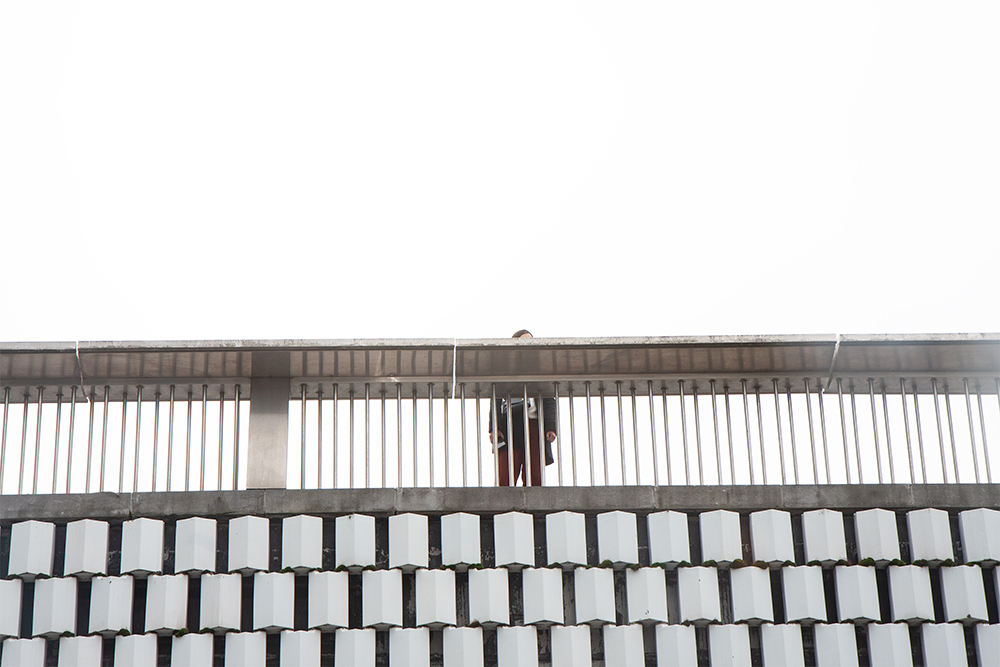
High iso, “missing the moment” , decapitated subject due to bad framing.
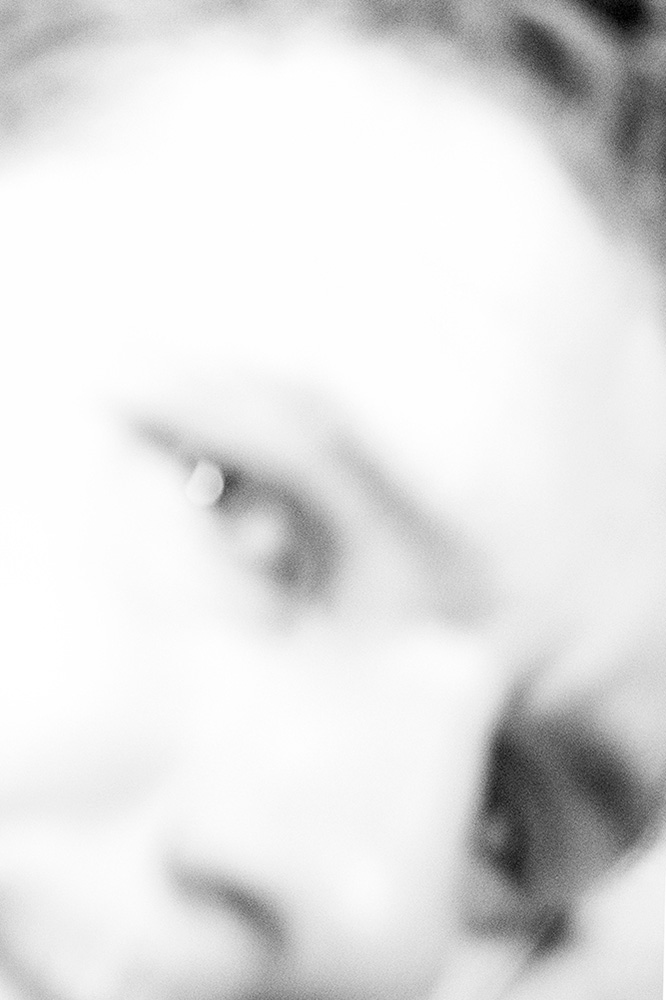
Low shutter speed, subject too close to the camera, unfocused.
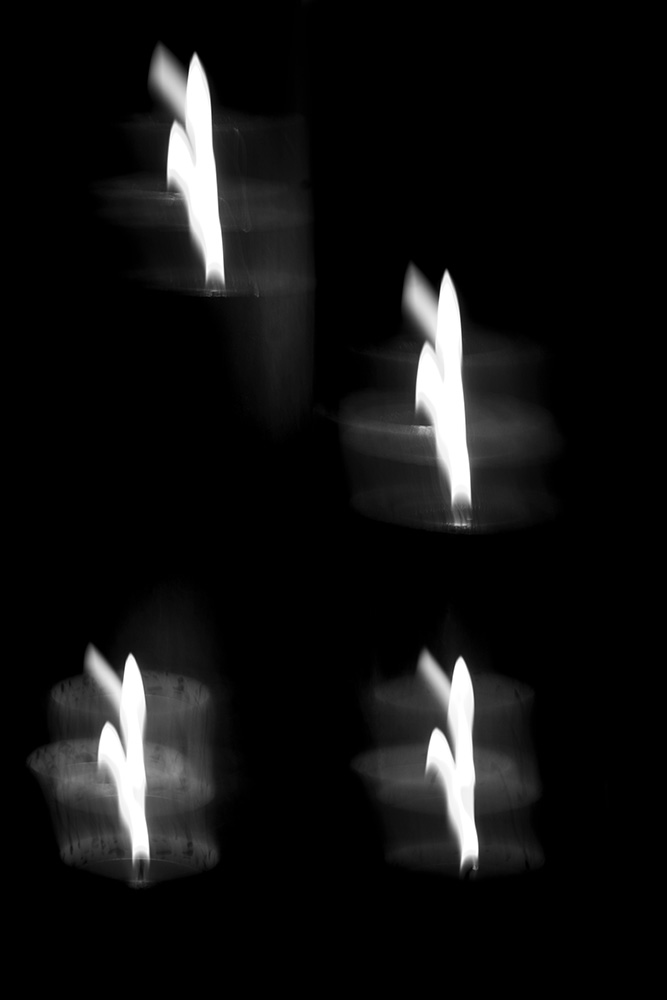
Low iso, low diaphragm, high contrast, low shutter speed to create a sense of drawing with lights.
|
Daria Yashina
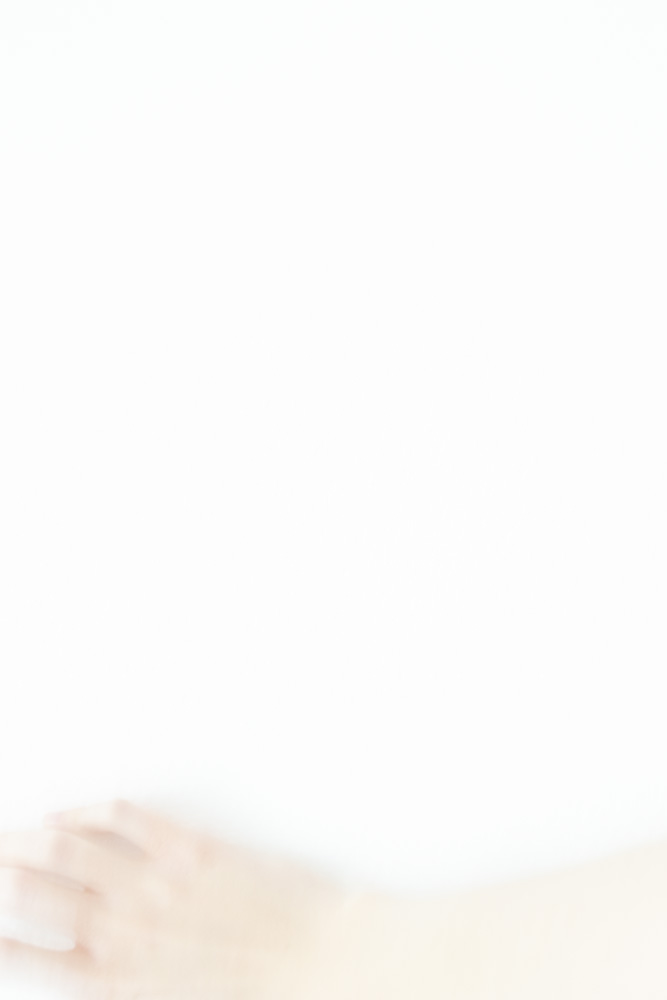
Technically, the image represents exaggerated sensitivity to light (overexposed). In this way, most part of the image is being erased by light and only the smallest part bears a ‘realistic’ representation in it.
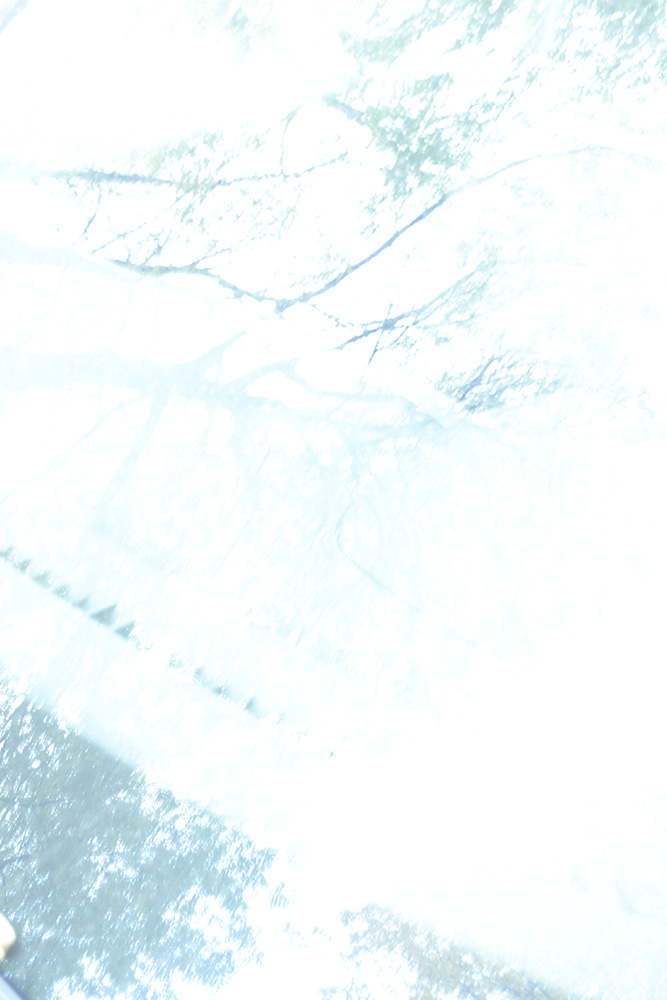
Technically, the image represents exaggerated sensitivity to light (overexposed). In this particular image, not only the light but the non-existing (in the photographed object) movement can be recognized. Together with unrealistic color, created by jpg extension, it evokes a sense of artificiality.
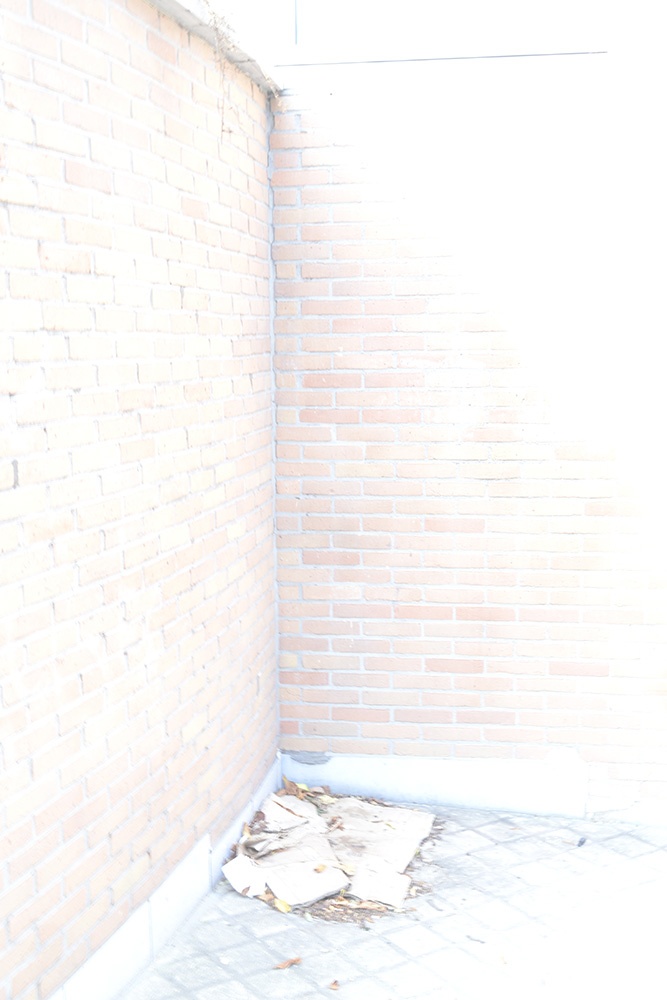
Technically, the image represents exaggerated sensitivity to light (overexposed). In addition to this, a contradiction between clear presence of a wall and a pile of rubbish and the absence (lack of details) is evoked by central composition and the objects being depicted.
|
Diane Mondésir
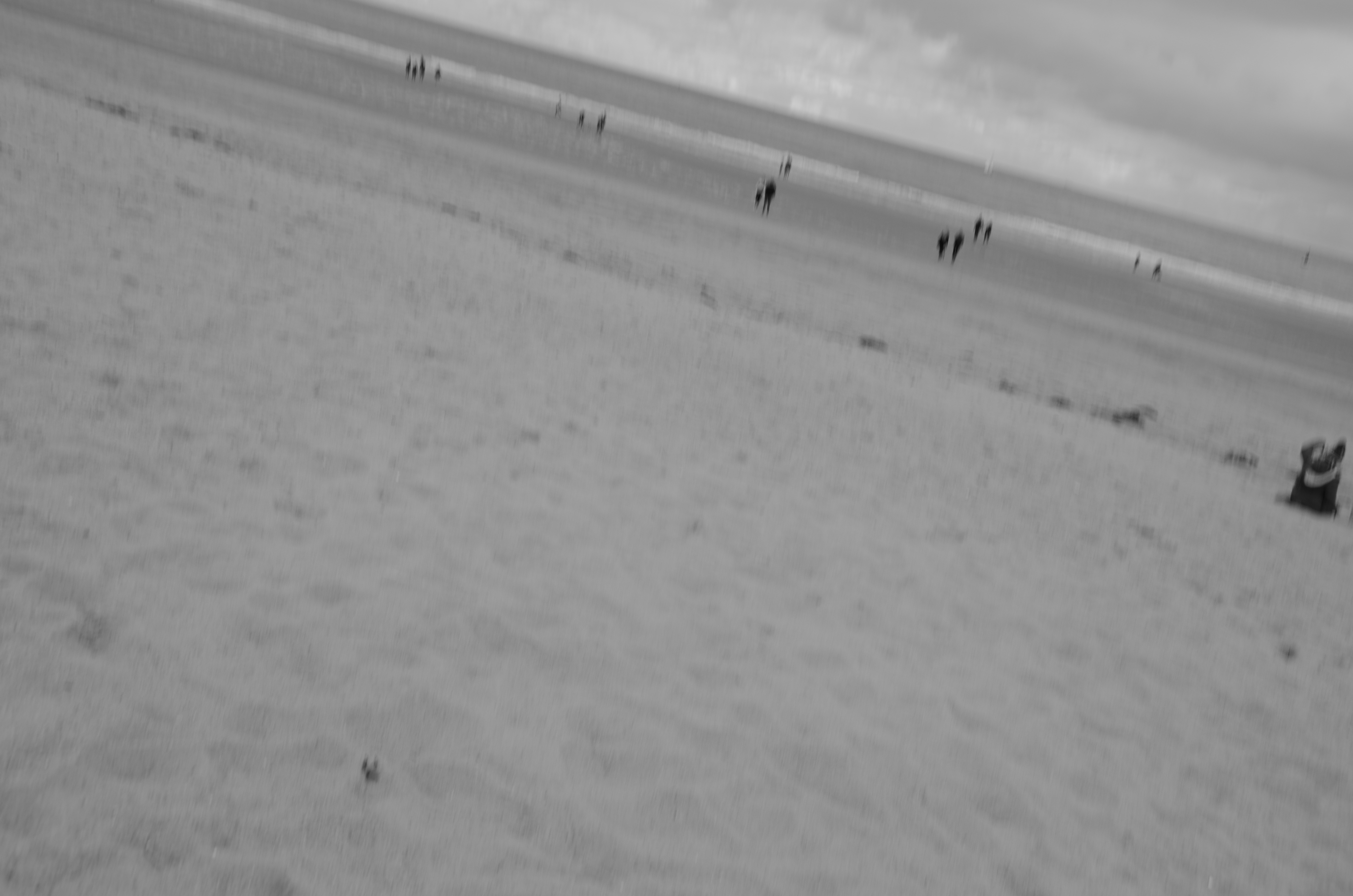
I hang my camera around my neck without looking through the viewfinder and press the button when I liked what I saw with my eyes.
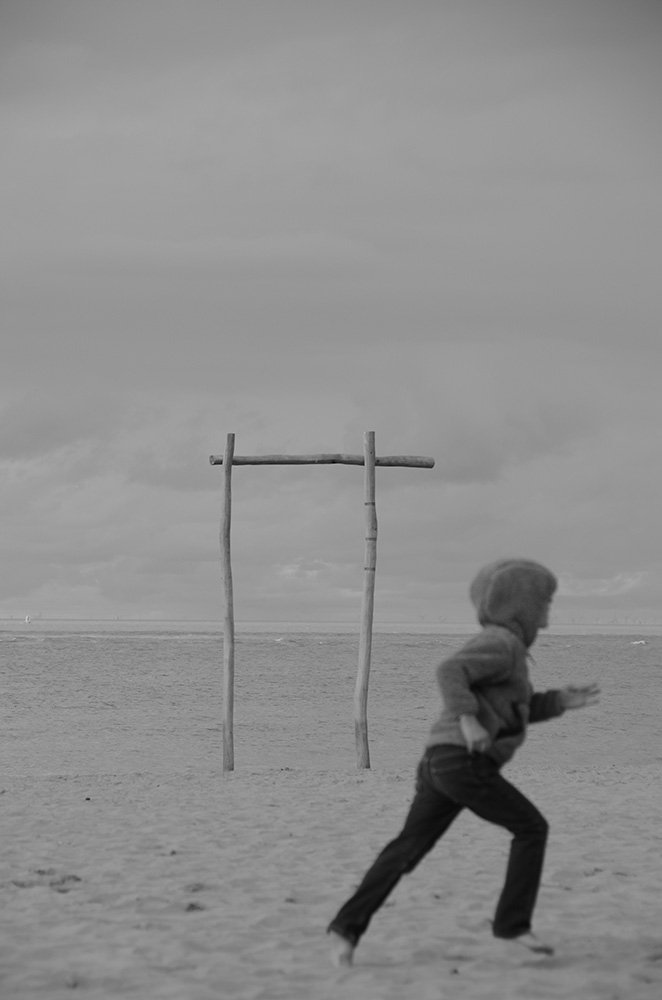
I missed the right moment and right angle when pressing the button. I wanted the child running
to be in the frame.
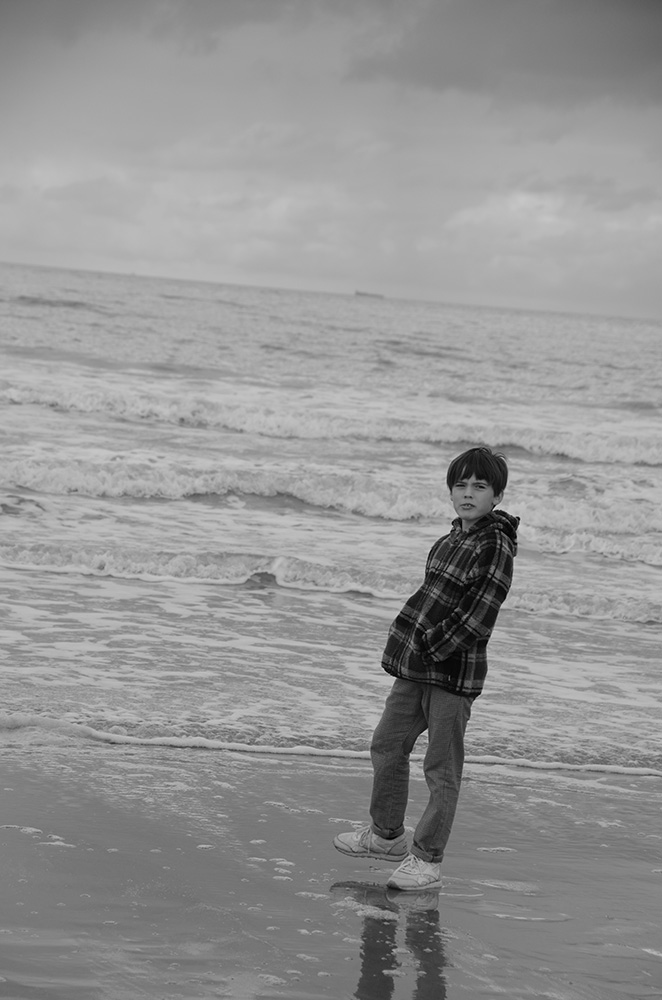
I wanted to shoot the right moment but I didn't pay attention to the composition of the image so it turned out to be unbalanced.
|
Dimitris Siokis
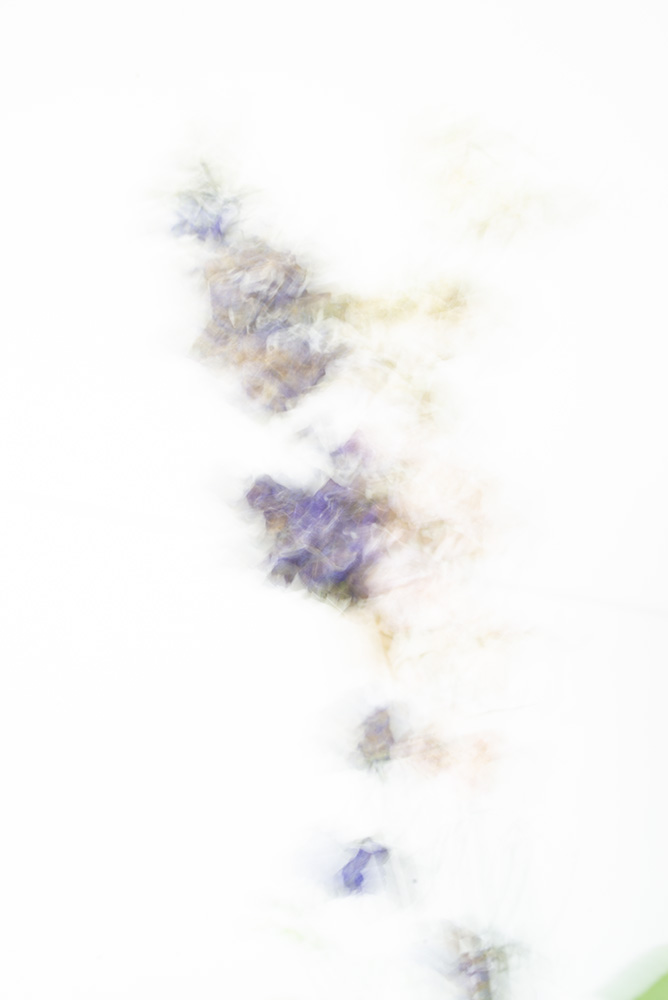
With the subject being in focus I overexposed the image using a long shutter speed of 1.3” but at the same time a small aperture of f/11
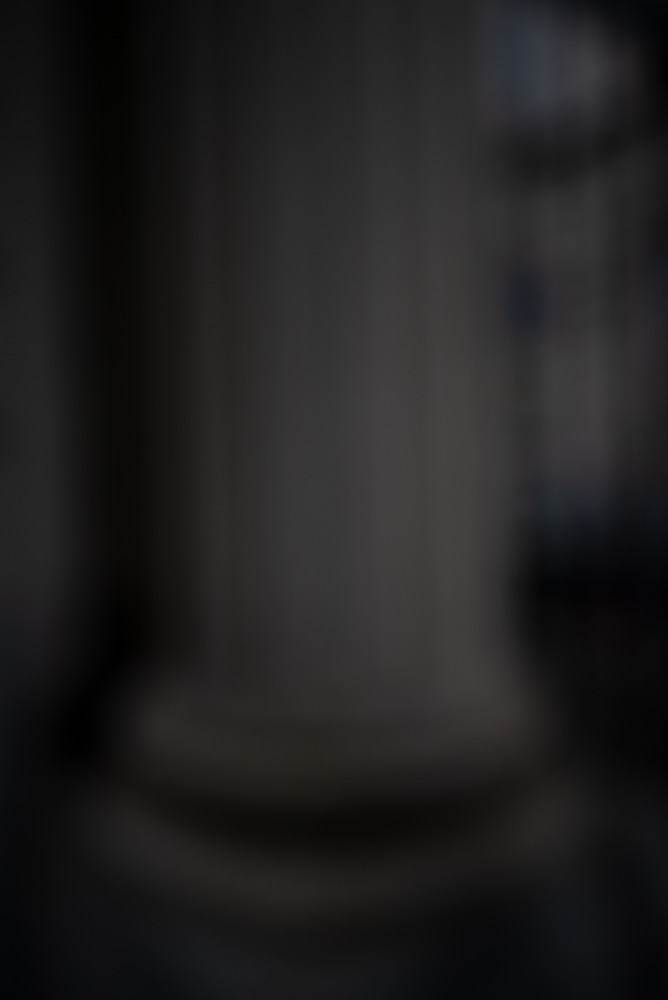
Here I tried to have a correct exposure of the subject in a low-light scene, without the use of a tripod. I also focused wrong to enhance the blurring.
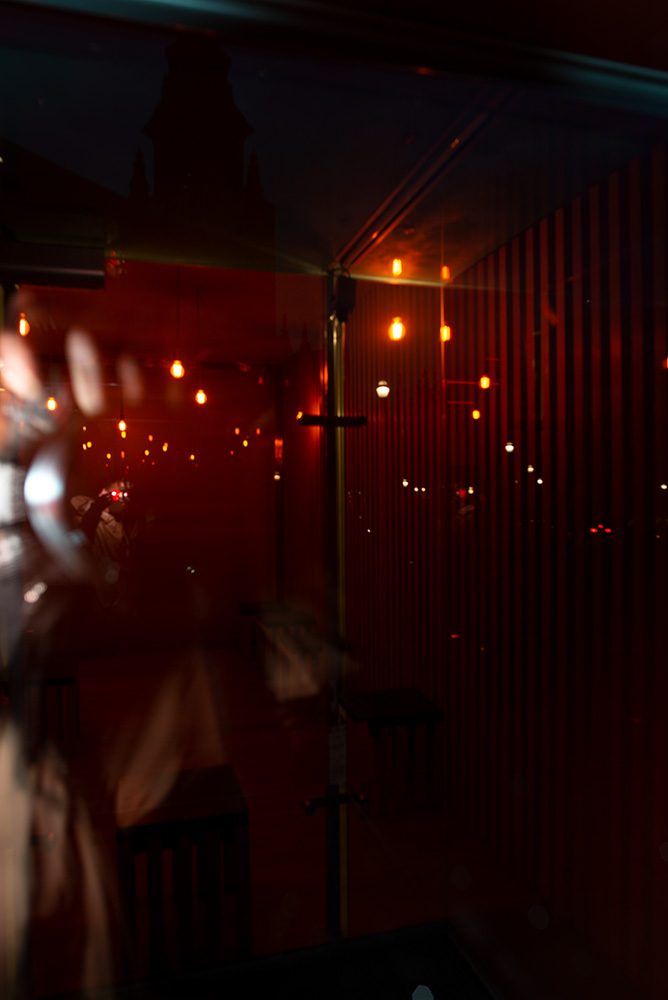
This time I underexposed in order to capture as much of the lights and the reflecons on the glass. I also decided to use the built-in flash to balance the exposure, using however my hand in front of it
|
Ean Demaeyer
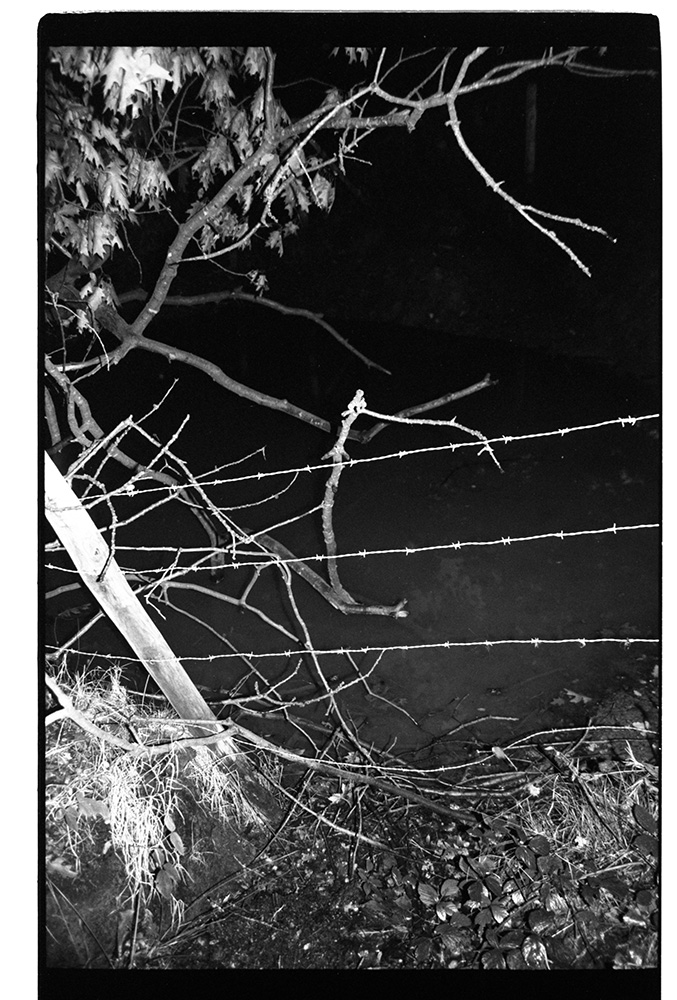
I used an automatic analog camera, found in my attic. I used his built-in flash with the intention to create interesting light on the watersurface.
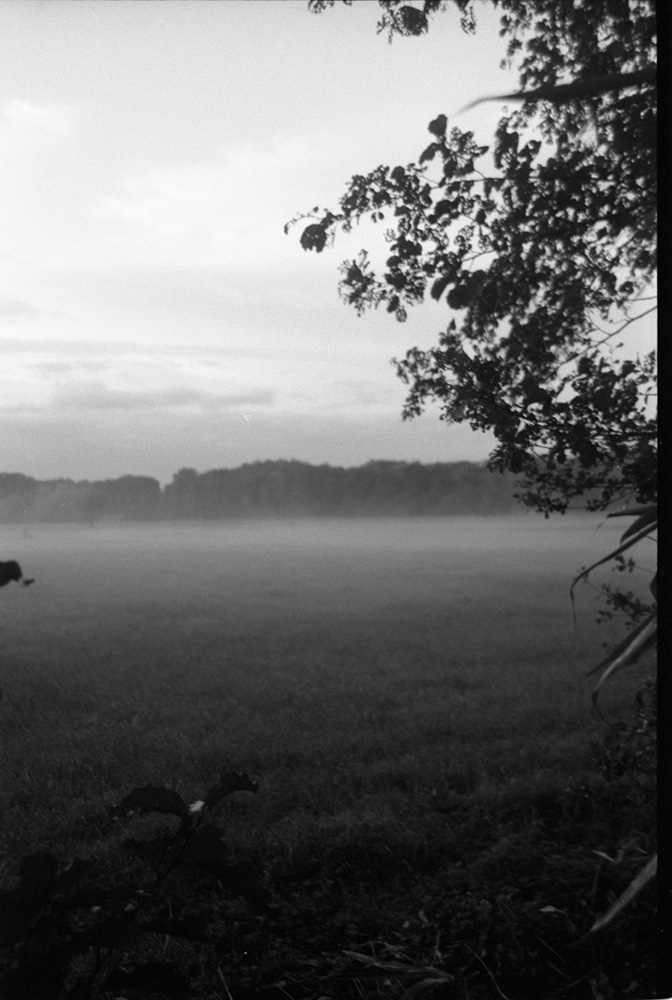
I used an automatic analog camera, found in my attic. I stumbled upon this beautiful fog. I tried to capture the fog firstly and the beautiful horizon of trees on the other hand. The camera could not focus on both foreground and background. this came out.
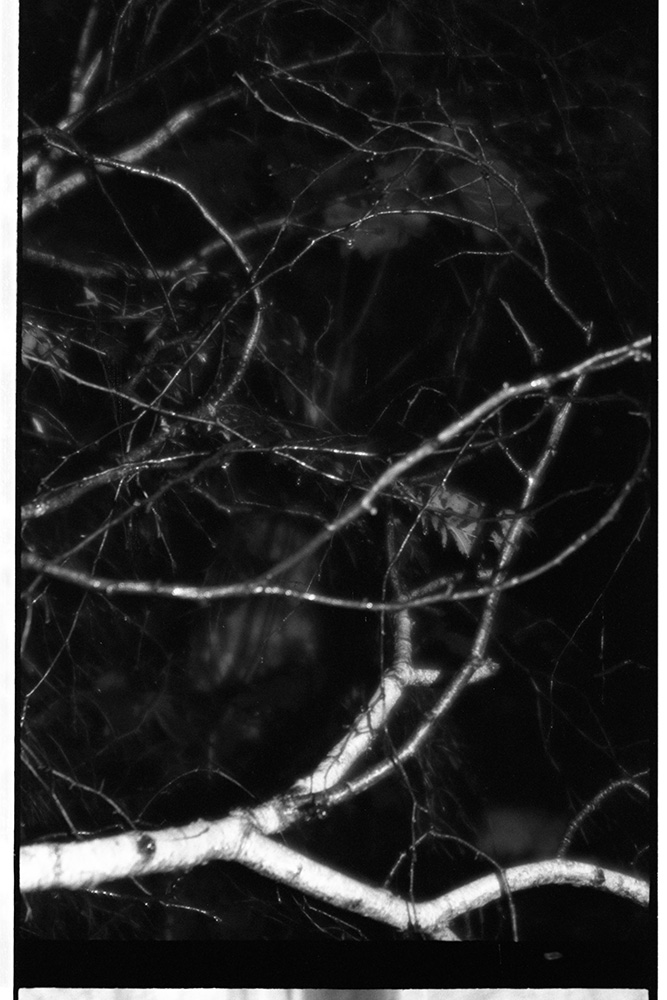
I used an automatic analog camera, found in my attic. I was interested in the little raindrops hanging from the branches. Which are totaly not visible.
|
Eduard Michalko
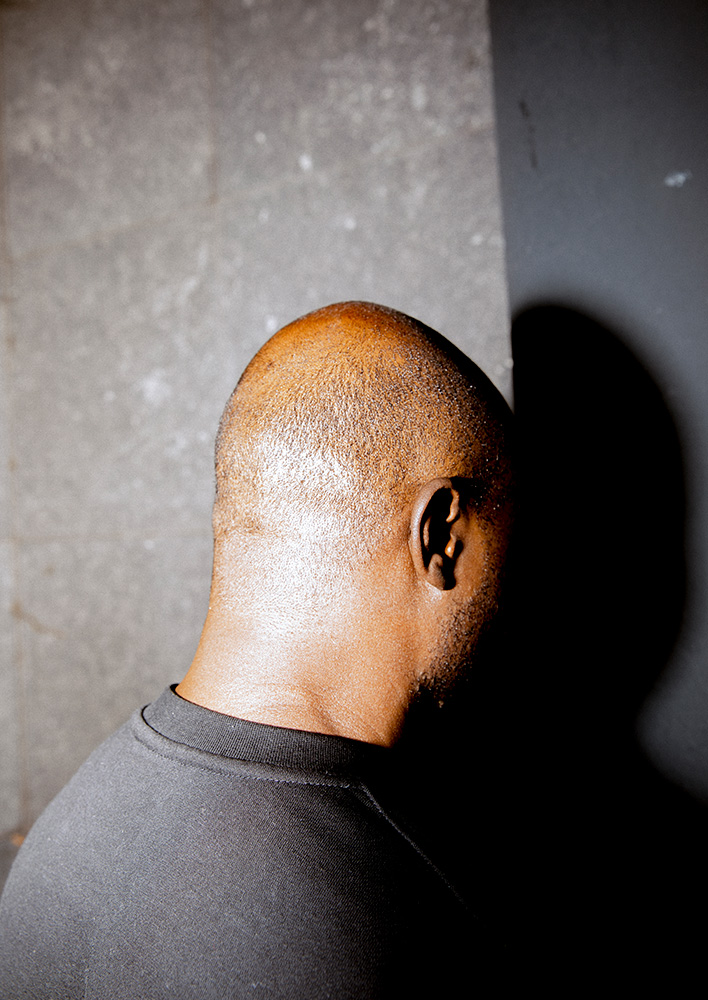
In the first photo, I used the flash and slightly changed the white balance, I focused on the flash on the top of his head and his face covered with shadow.
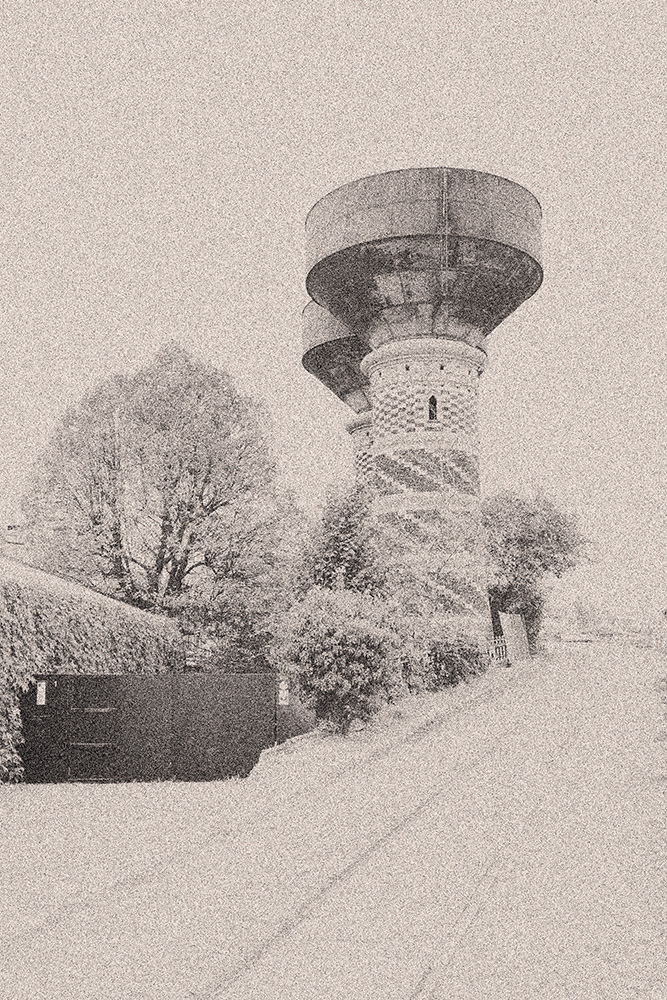
I took the second photo on purpose as overexposed picture when the background is highlighted bit more, then I pixed the photo and added grain.
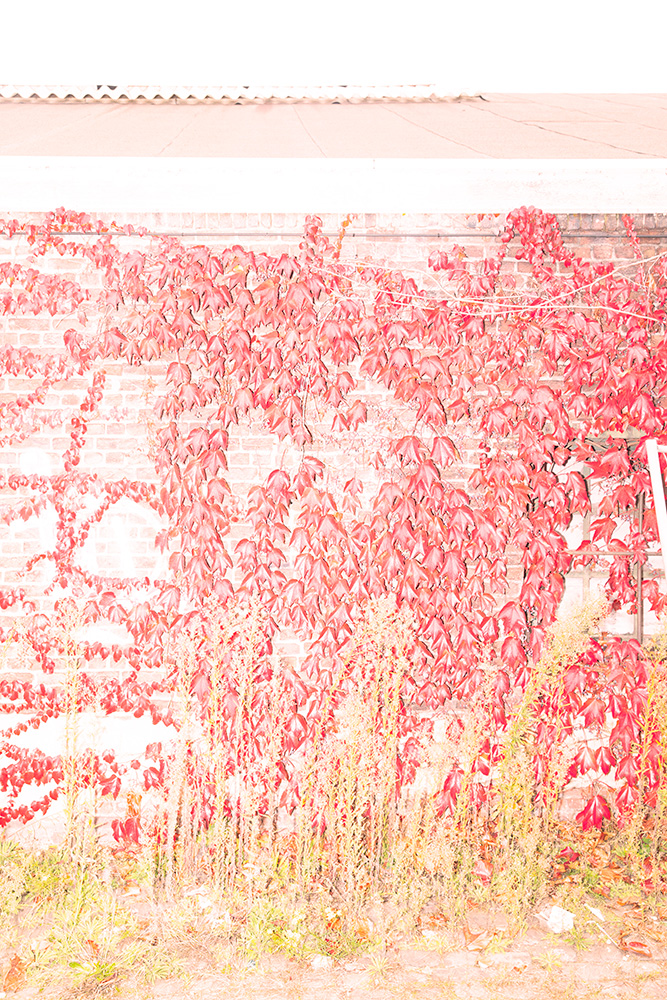
The last photo was taken with a faster movement with the hands and strong flash.
|
Esmeralda Janson
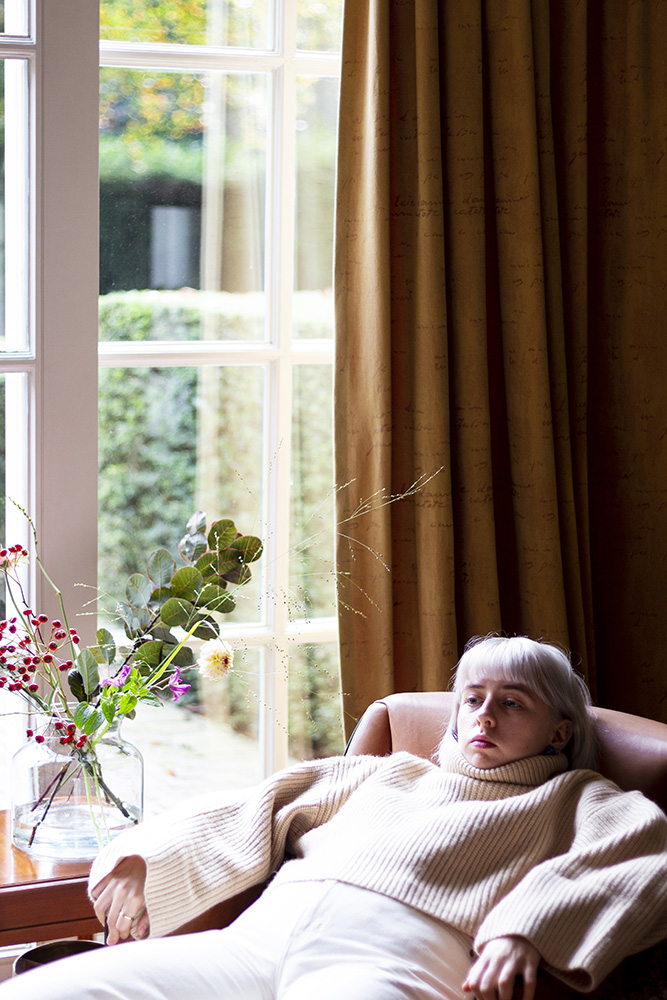
I started with a self-portraits because they are very unpredictable to me because I can’t control what’s happing behind the camera.
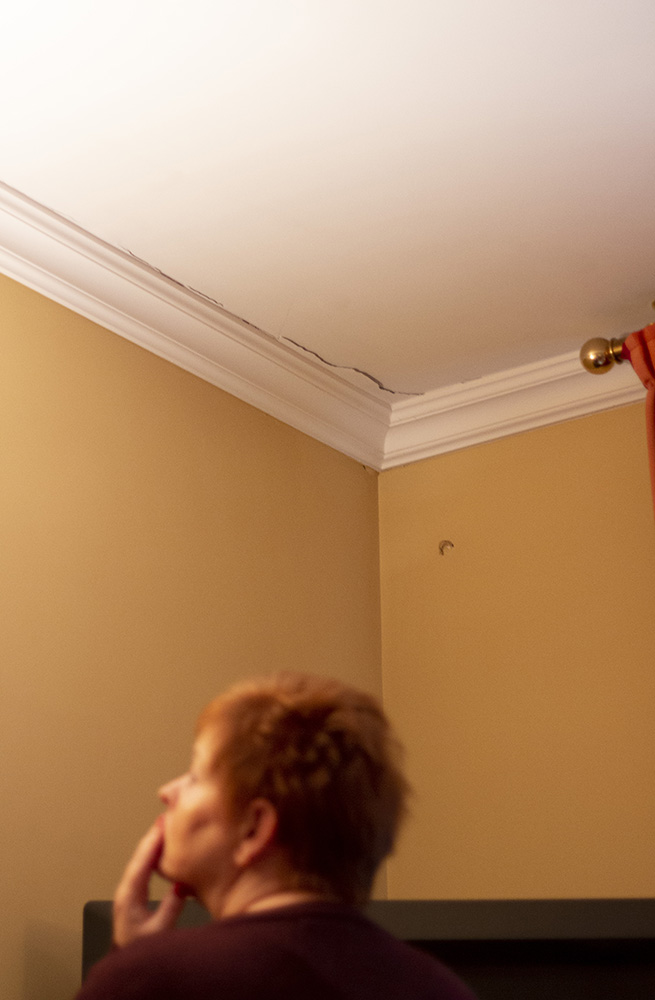
While taking photos of my mom she suddenly saw cracks in the wall, and started looking at those instead of posing for me.
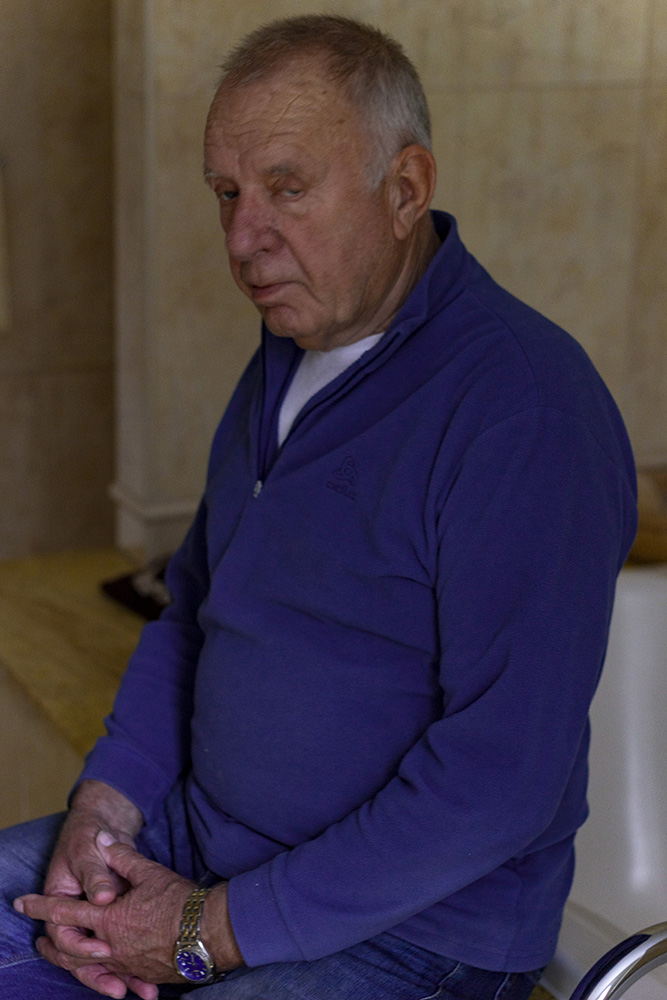
And then took pictures of my parents, with them I gave myself a limited amount of time in the exact place they were in to take the picture. Because of the slower shutter speed and my dad not sitting still I got photos of him moving his face and blinking.
|
Eva Thurman
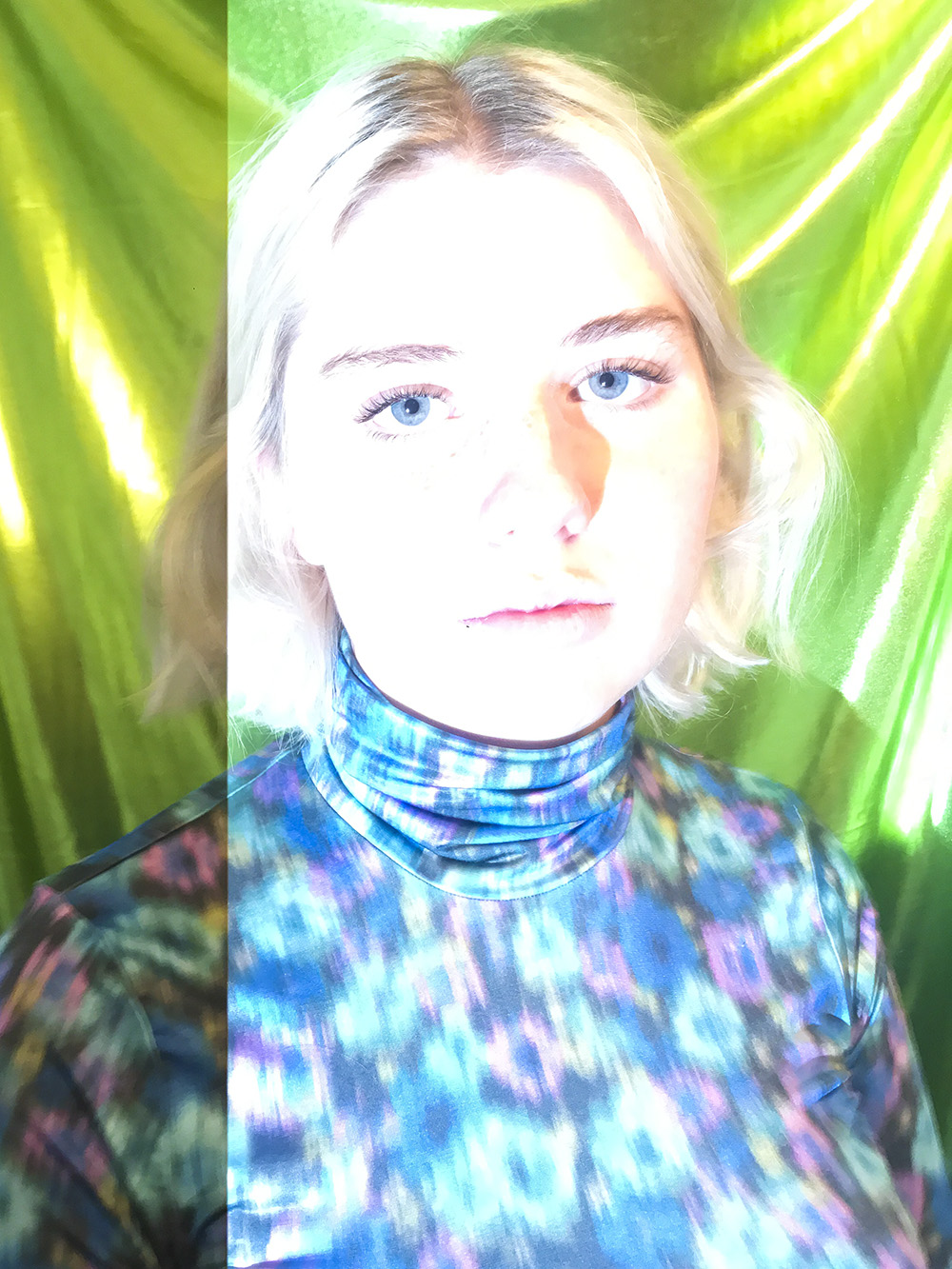
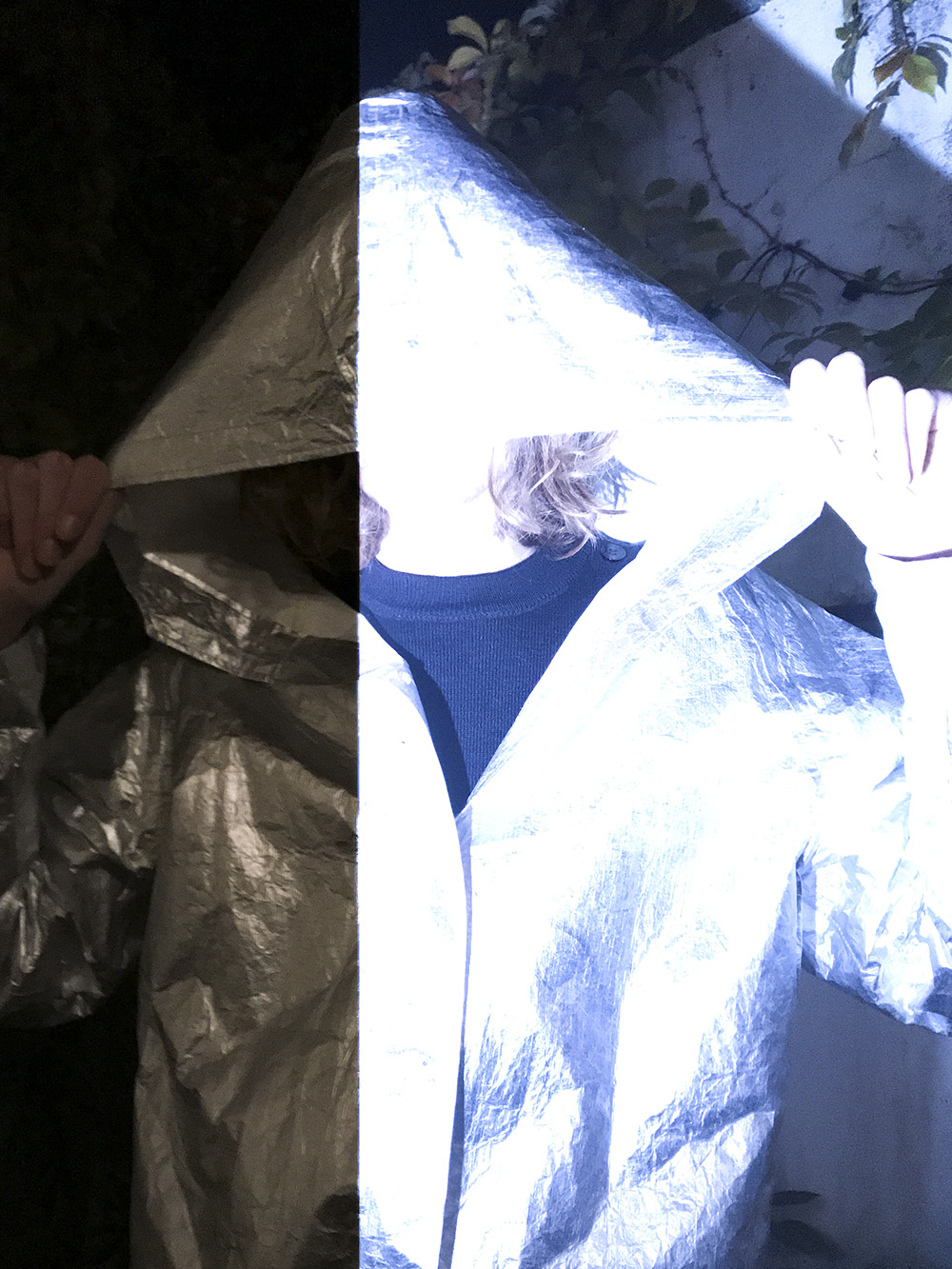
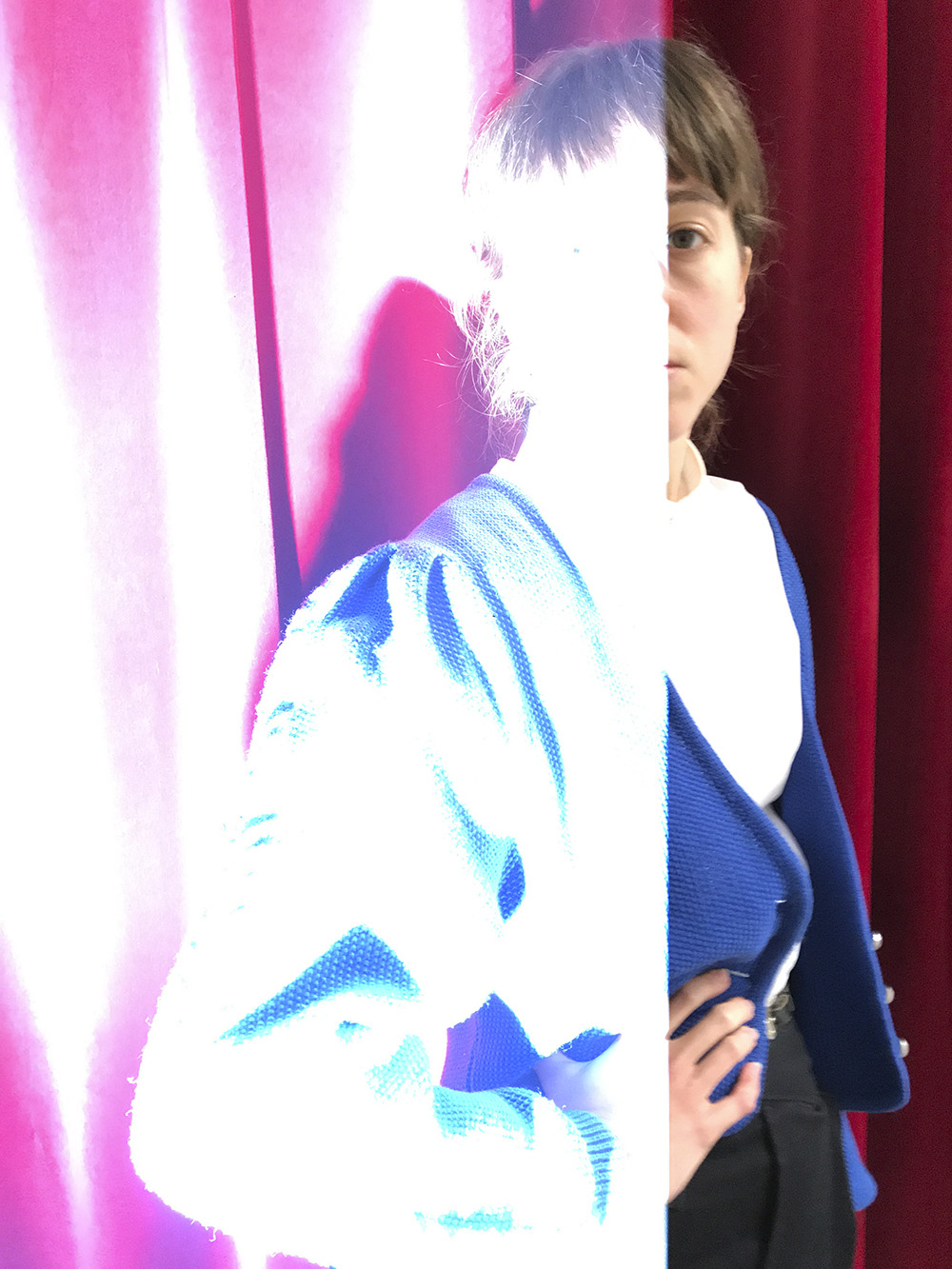
I made these images with an Iphone 7. I flashed with the flash of my professional camera at the same time that I took the portraits with the Iphone.
|
Inne De Bruyn
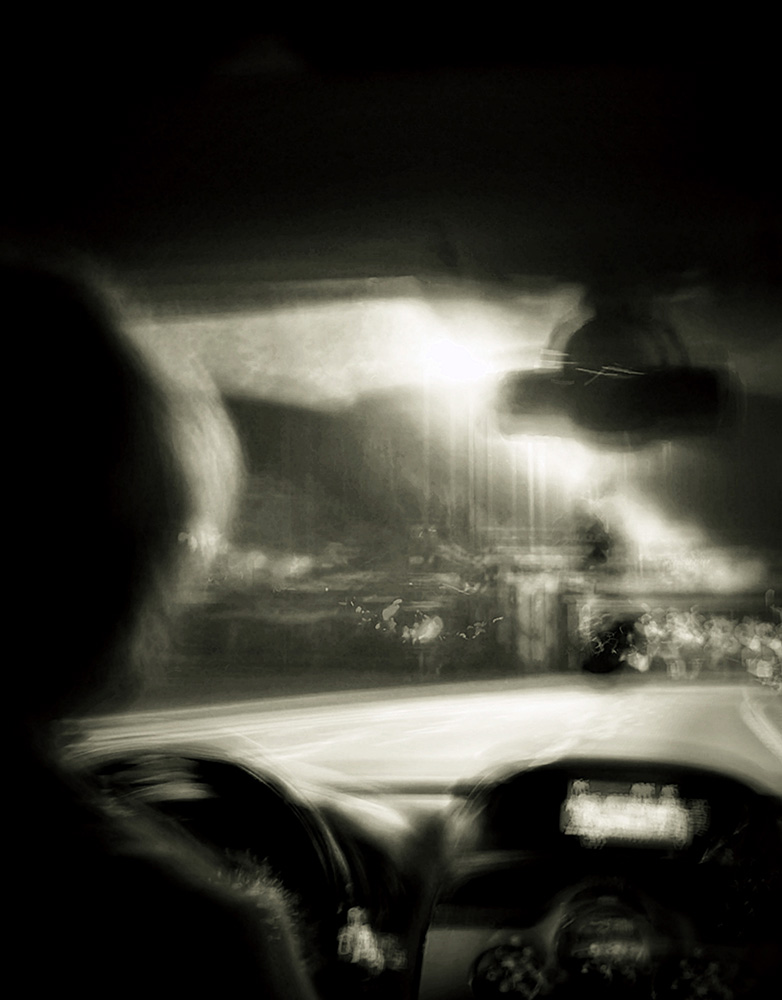
Bij deze foto stelde ik een lange sluitertijd in. Ik trok hem toen we op weg waren in de auto dus er was veel beweging. Hierdoor het vage bewogen beeld.
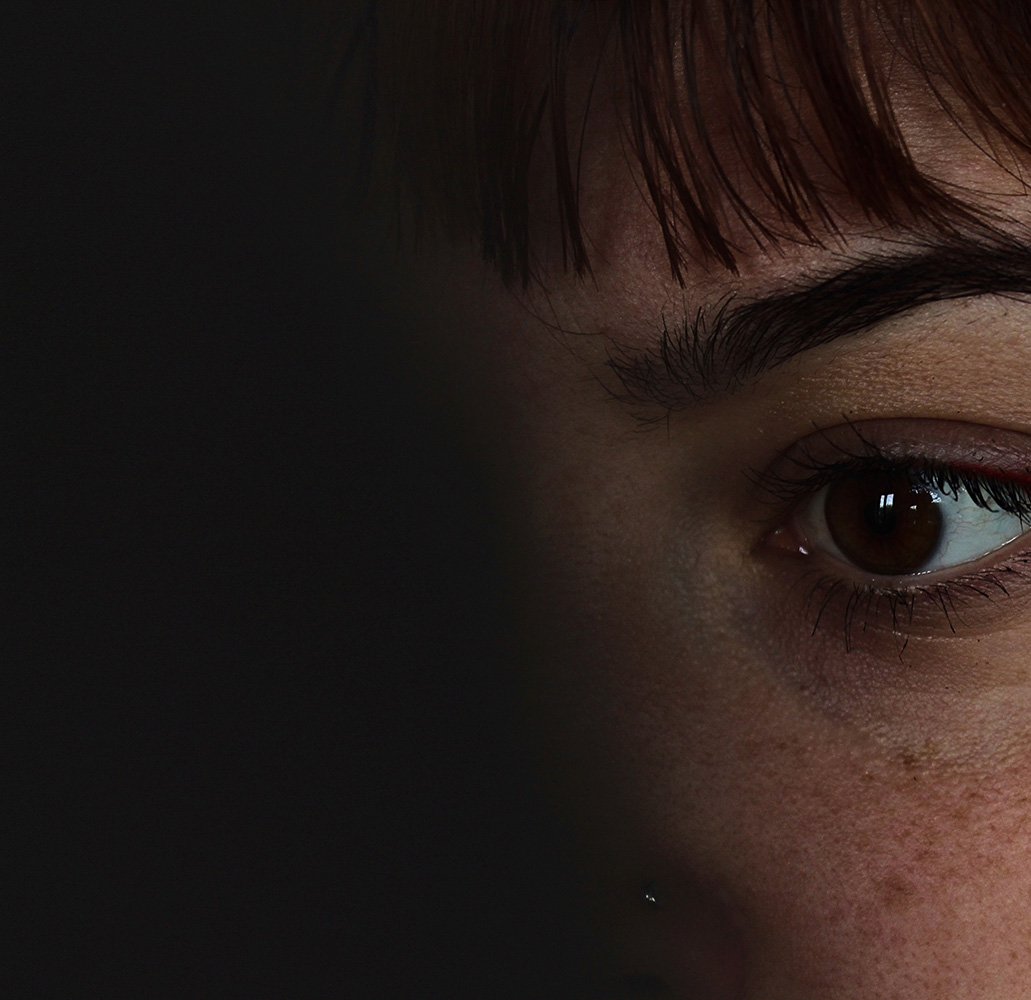
Bij de tweede foto was ik zelfportretten aan het nemen en tegelijkertijd aan het spelen met delen van het beeld te laten wegvallen door onder andere dingen voor de camera te laten vallen tijdens het nemen van een foto.
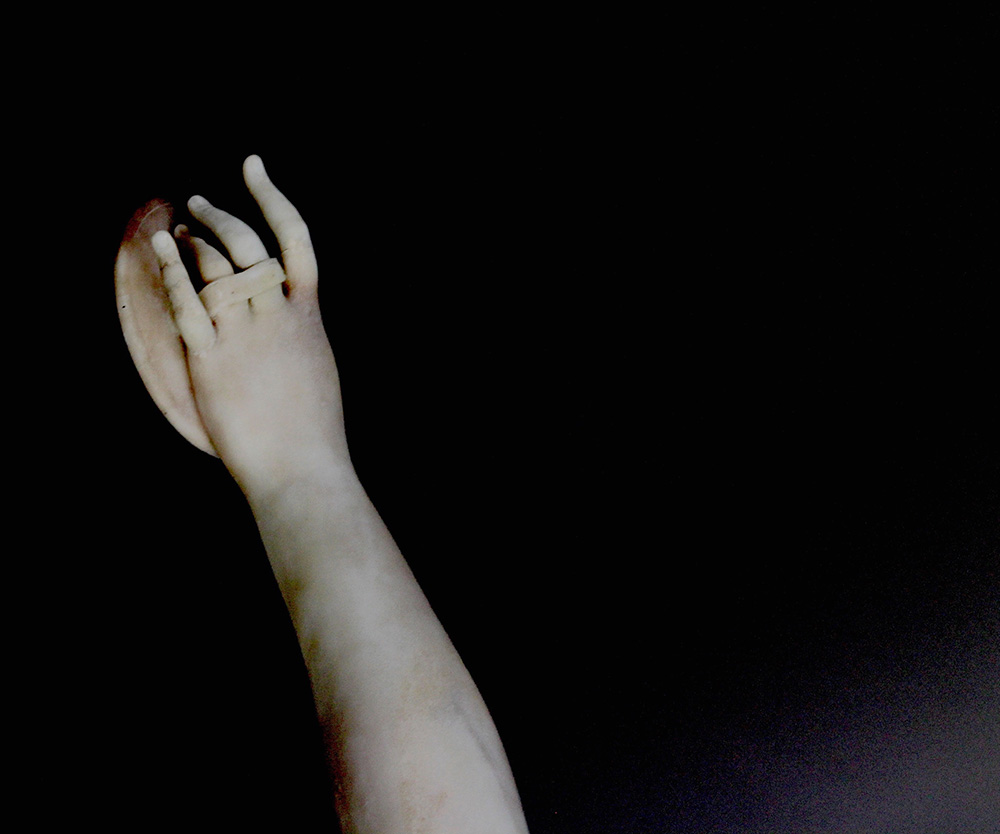
Bij de laatste foto heb ik met de belichting gespeeld. Het voorwerp, de arm, stond in een donkerdere kamer. Met flash en externe lichtbronnen in te schakelen heb ik deze foto gekregen.
|
Iris Maselis
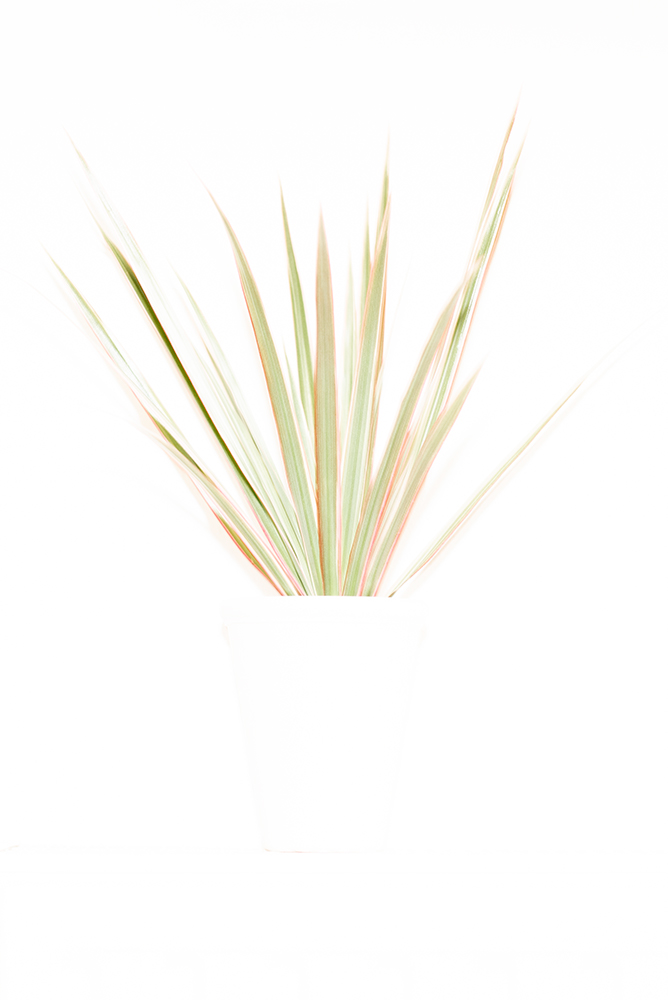
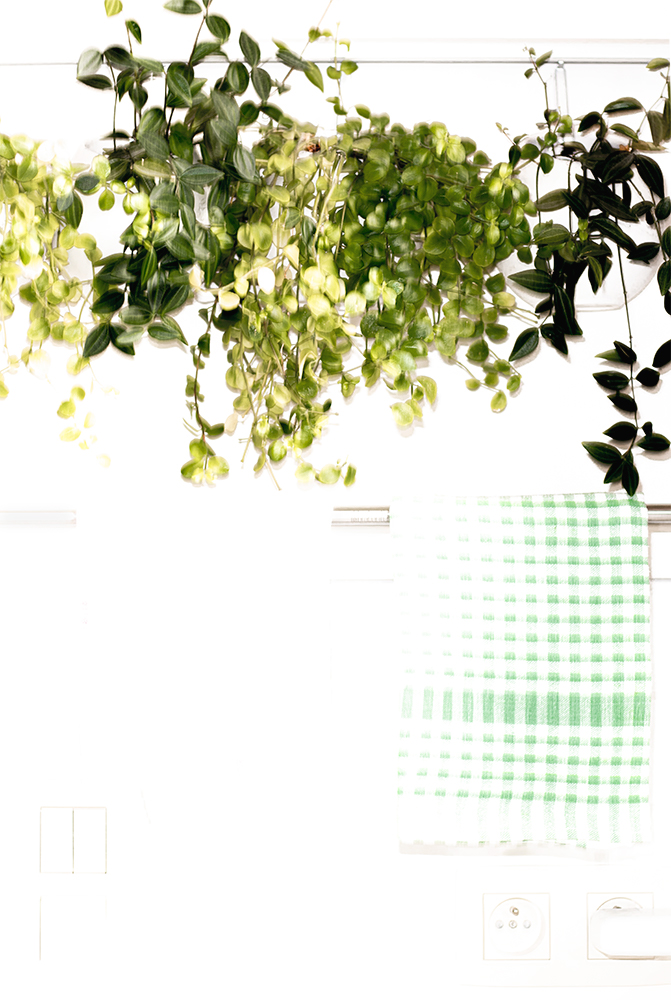
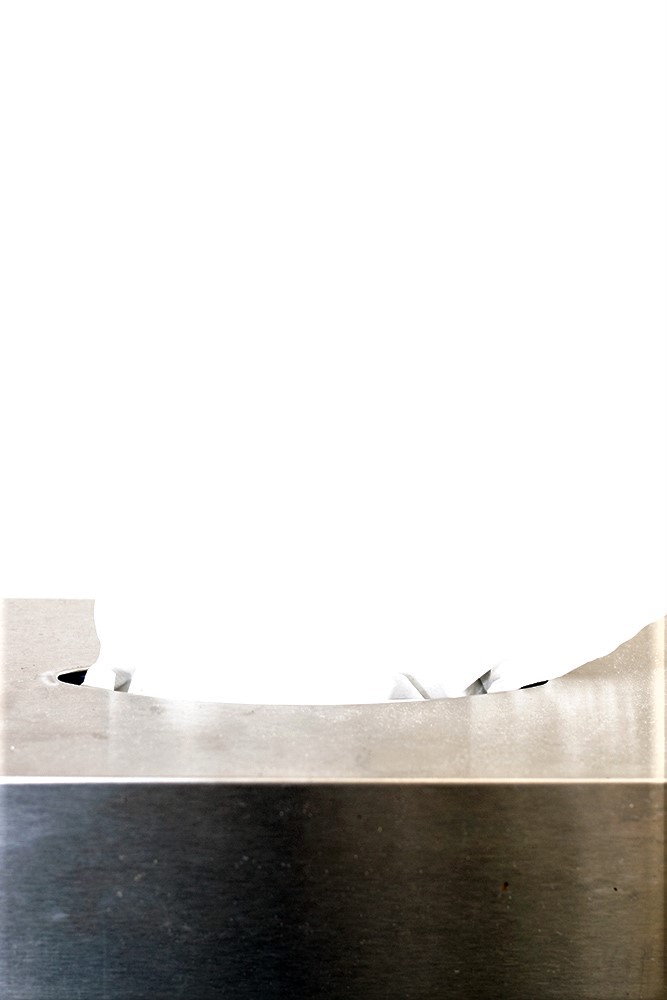
Mijn foto’s zijn ontstaan uit het idee om objecten te laten “verdwijnen” door het gebruik van overexposure met behulp van een flits in combinatie met daglicht.
|
Katinka Meyers
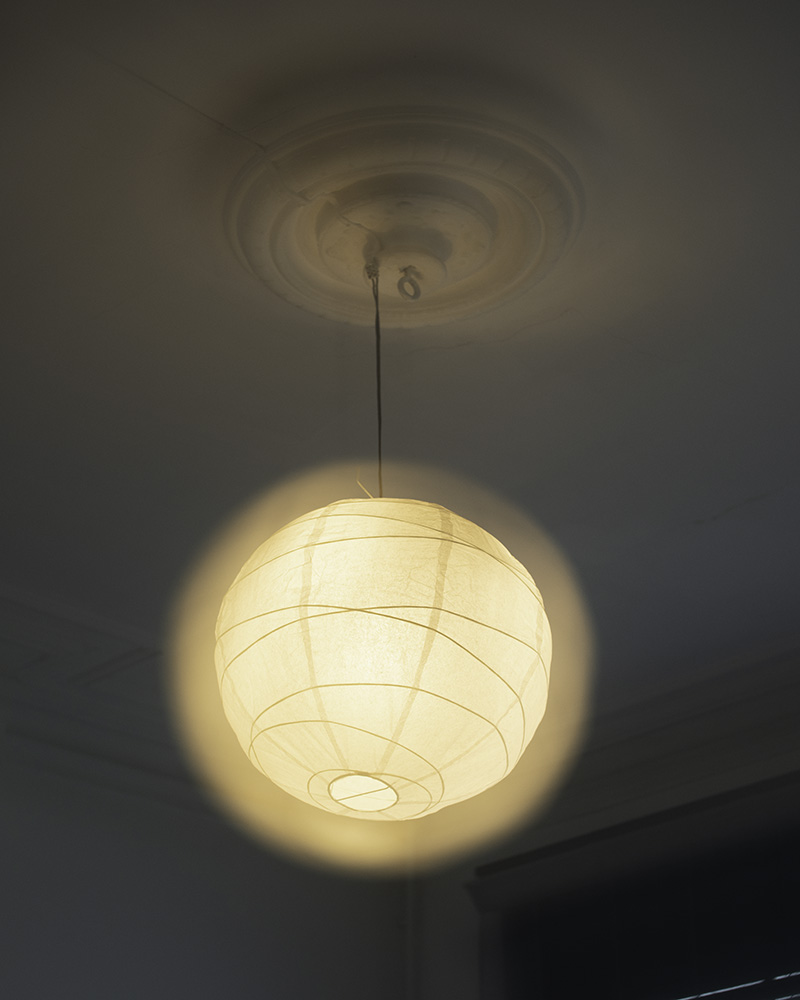
I recently bought 2 boxes of photo material from a secondhand shop and there were a couple of lens filters inside. Unaware of the result and the purpose of the filter I tested one out and took this photograph.
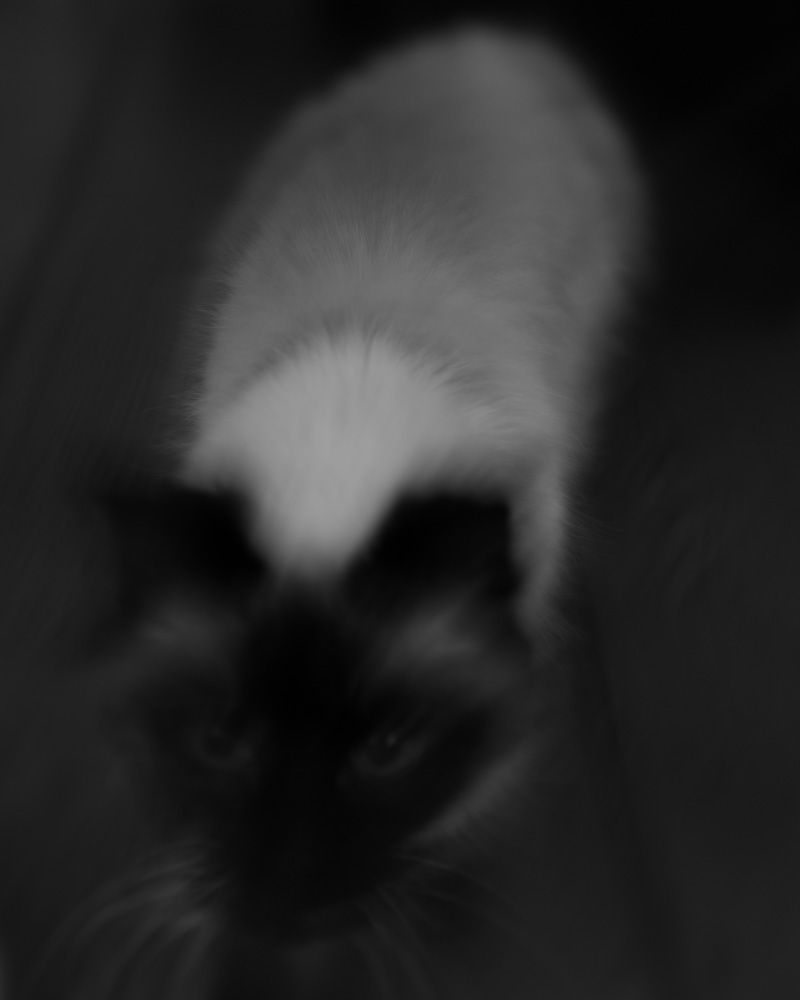
The error of another lens filter and a shutter speed too slow for the subject.
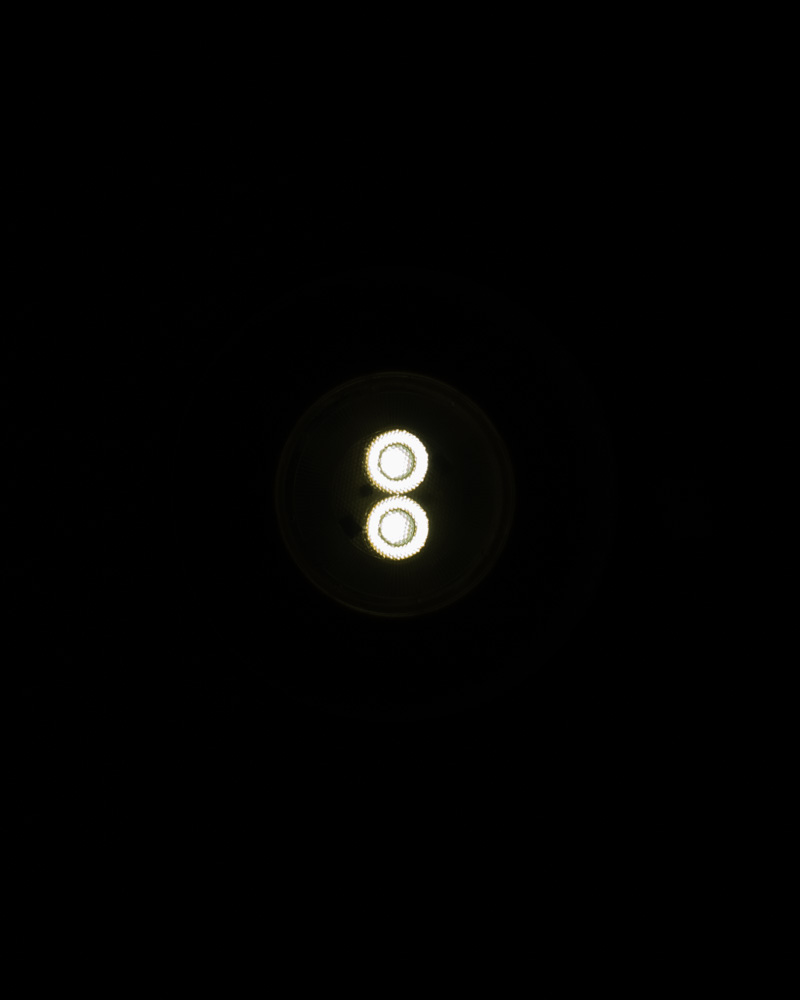
A photograph of a light with extreme under exposure.
|
Miguel Rozpide Pazo
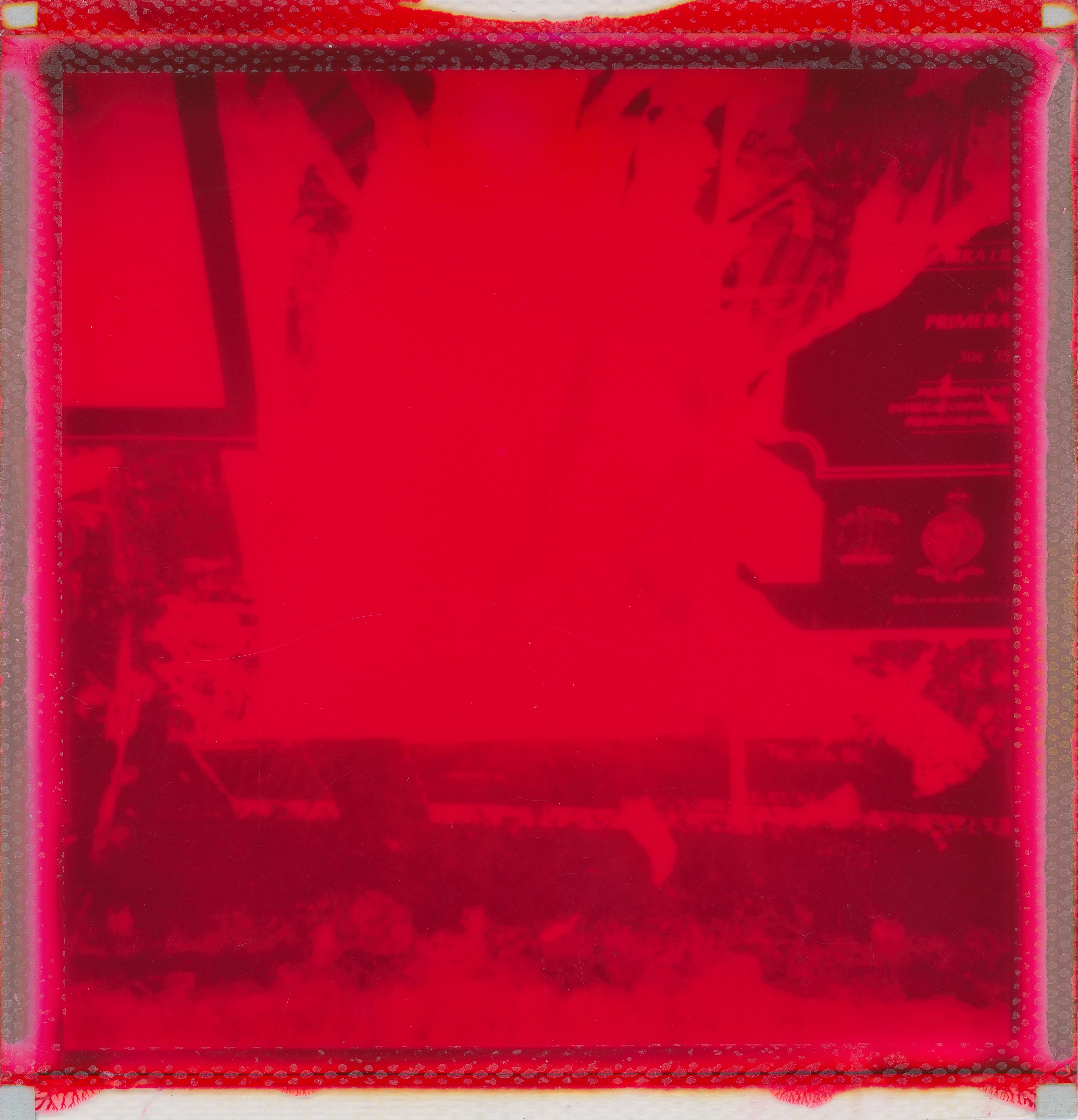
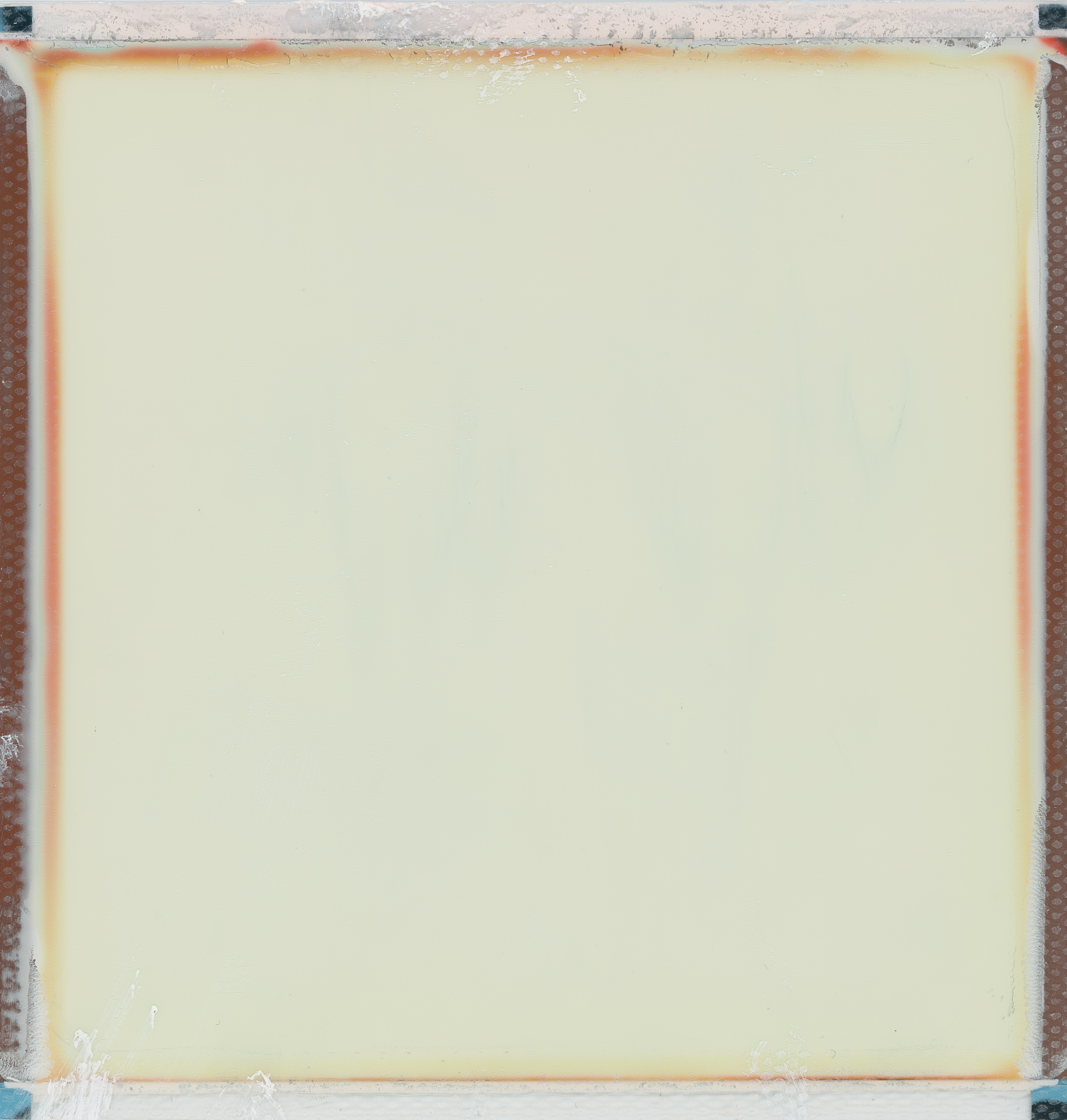
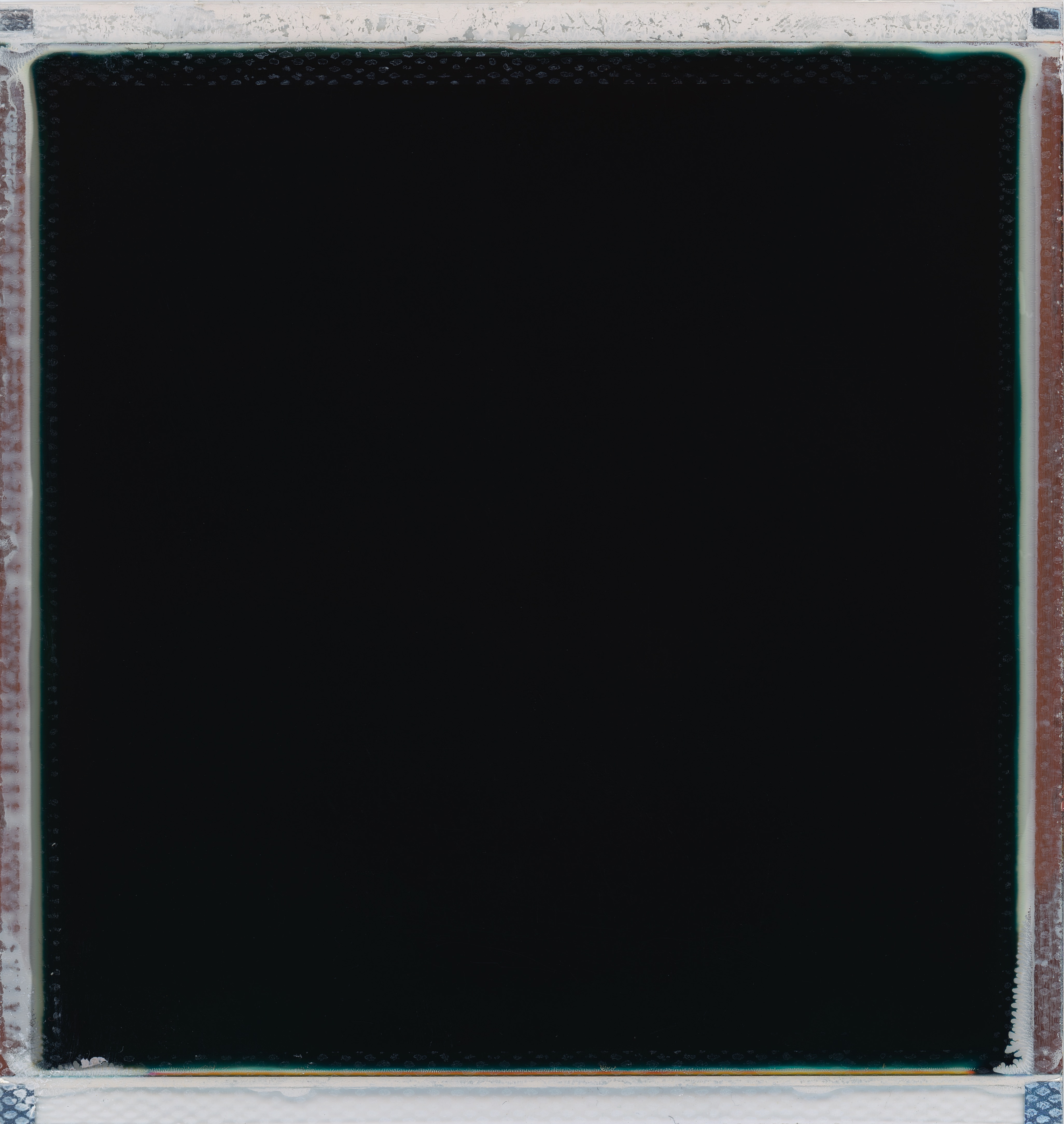
These three polaroids were taken following three different “mistakes”, Image one was taken out of focus and badly composed. The second image was taken completely overexposed and the last one with the cap of the camera on, so without any light.
|
Milana Starklova
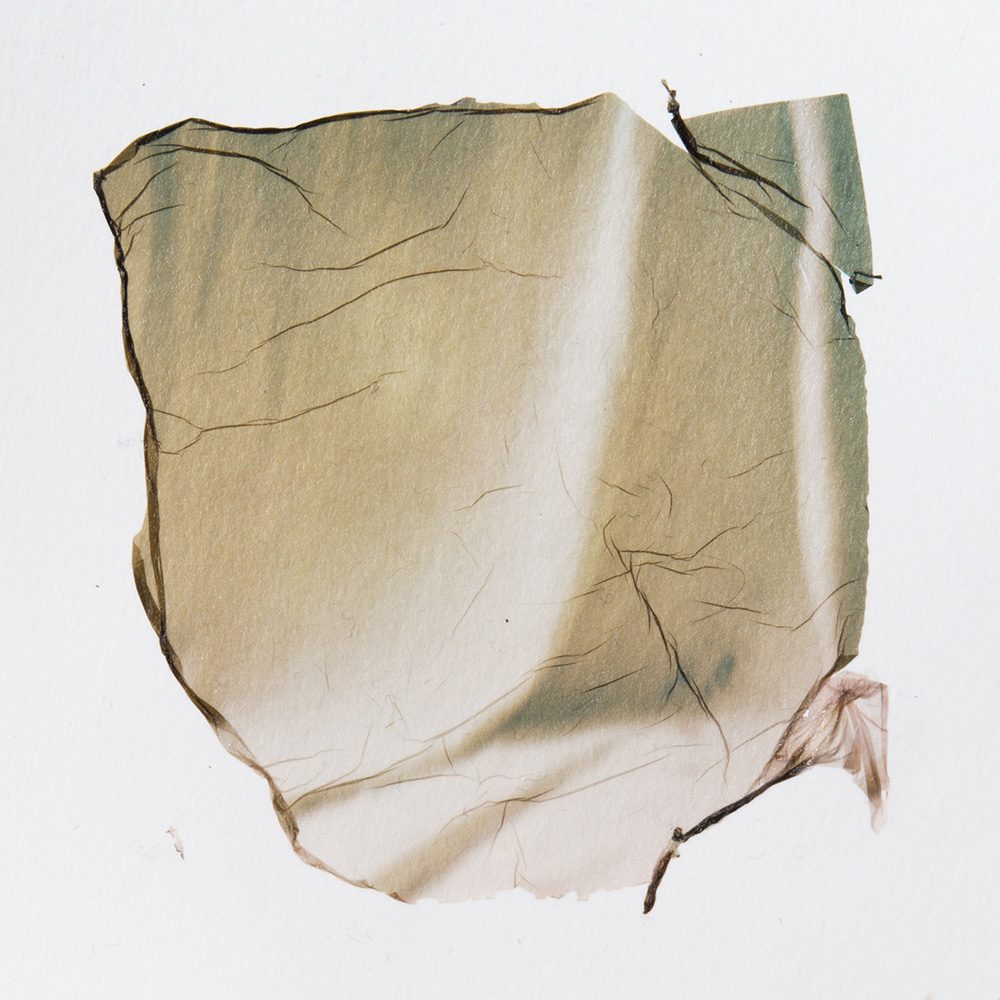
Curtain with stains.
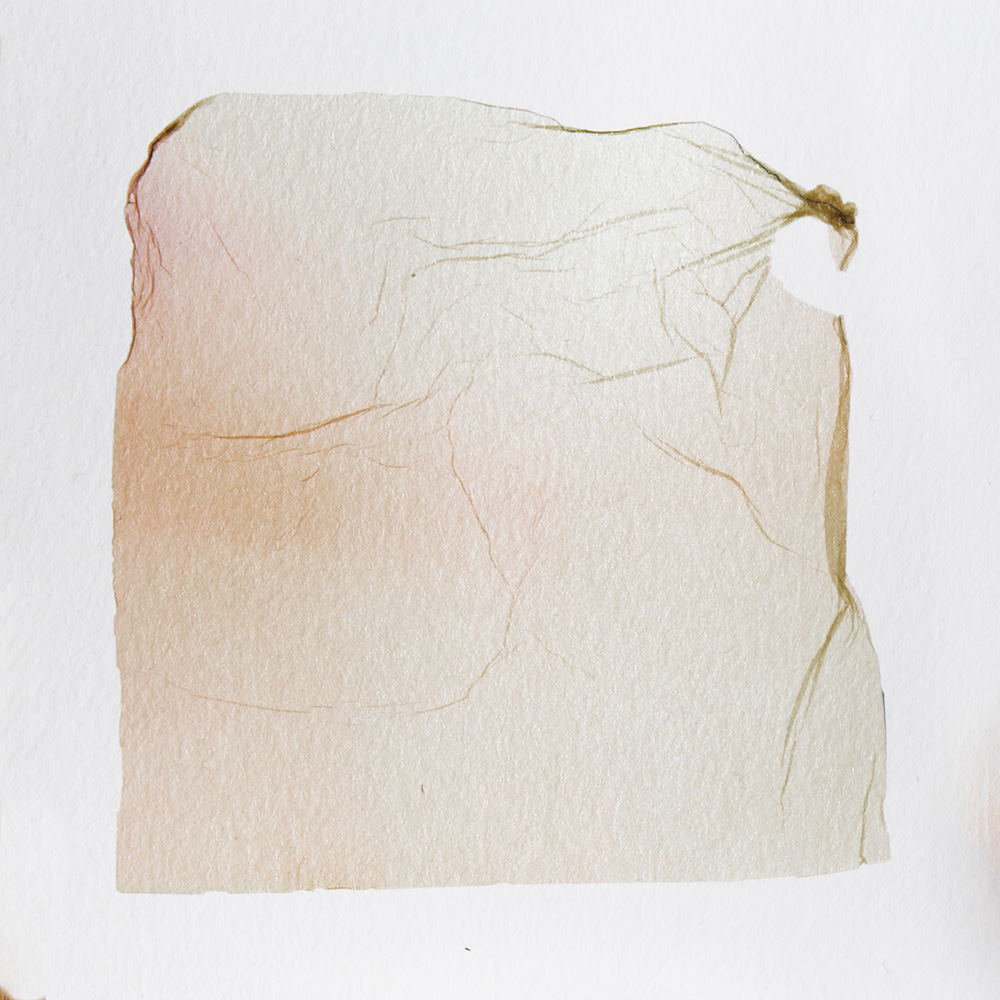
Overexposed corner of a flat.
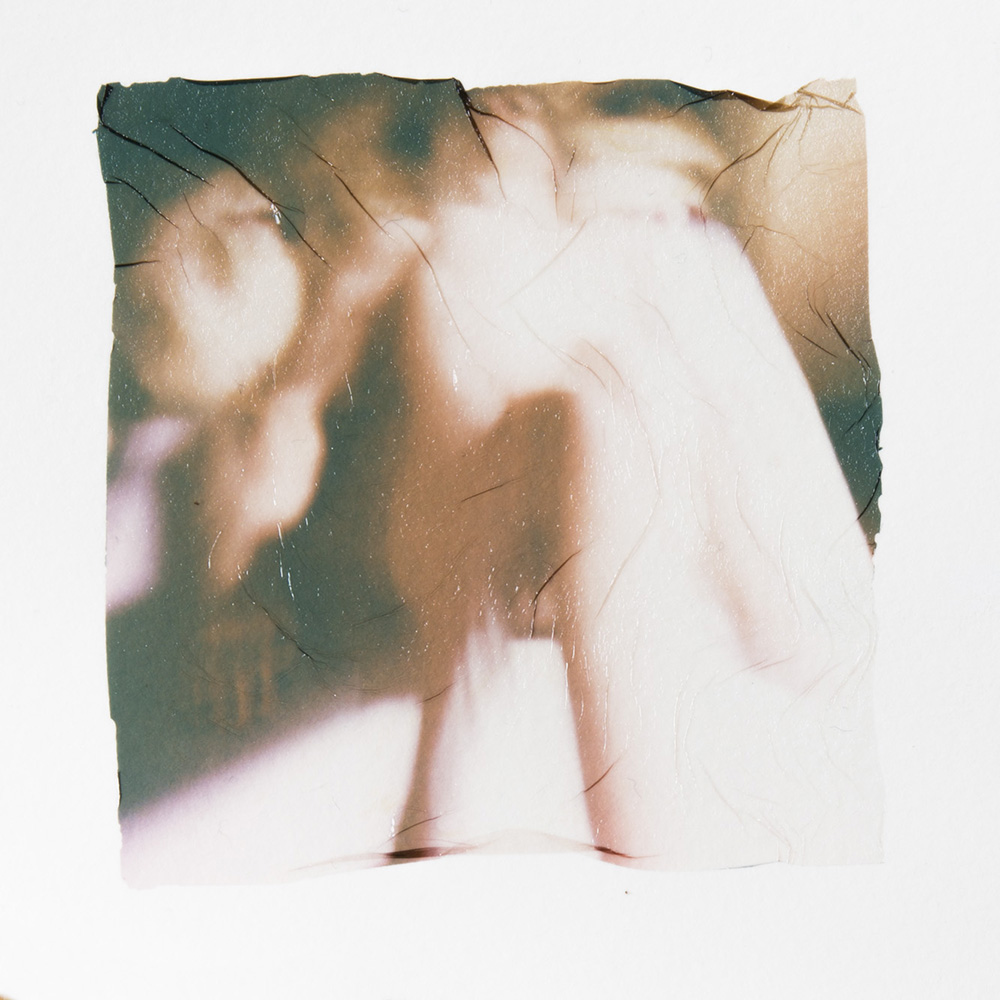
Naked body.
I lend a Polaroid from a friend a couple of days ago, knowing that the apparatus isn’t reliable it seemed as perfect tool to use for this assignment. After some shots I realized that I wanted to go further in these process and broke the Polaroids apart to see what happens when I transfer it onto paper.
|
Odelya Atlasovitch
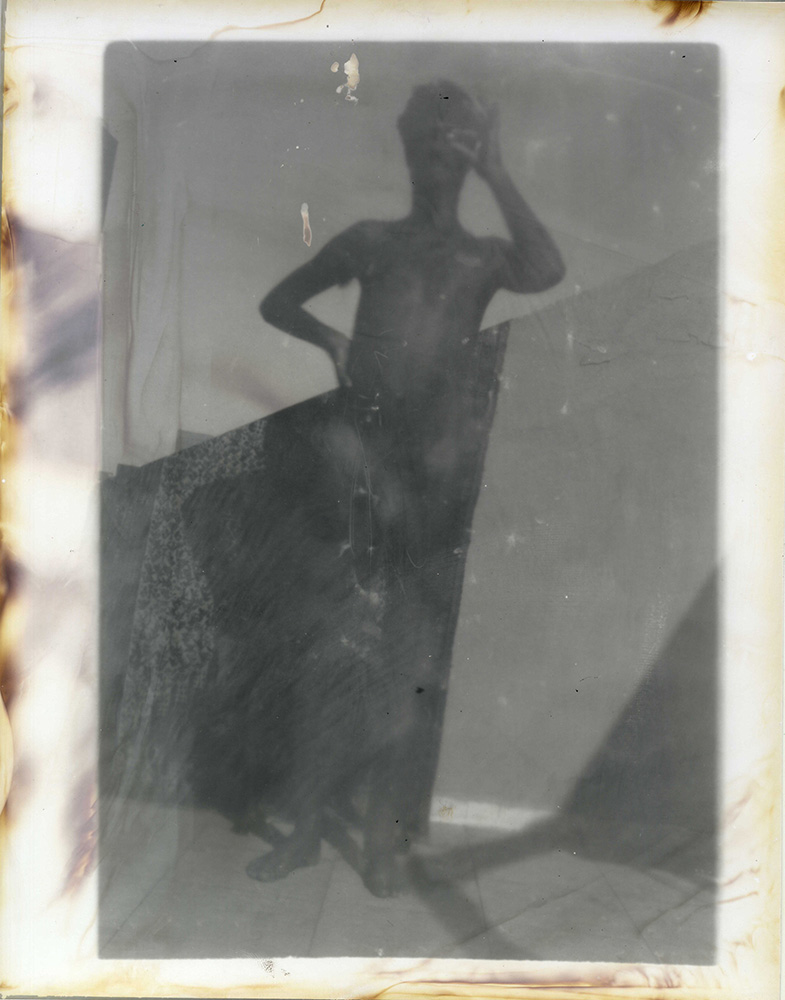
A Boy with a glass eye.
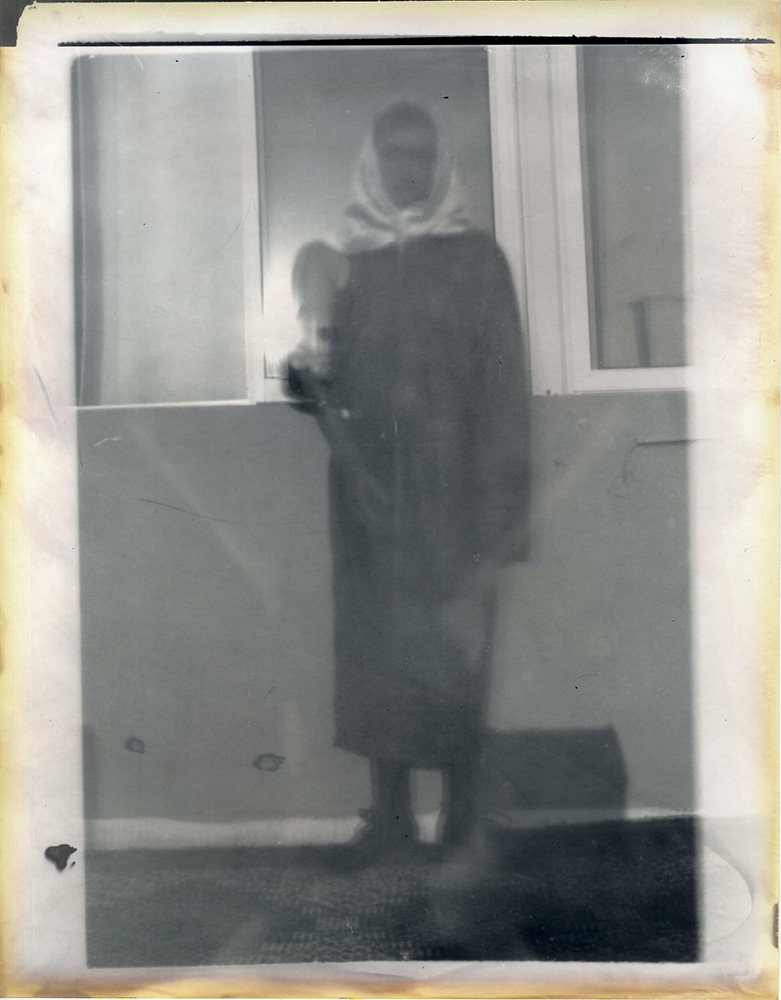
A girl without a hand.
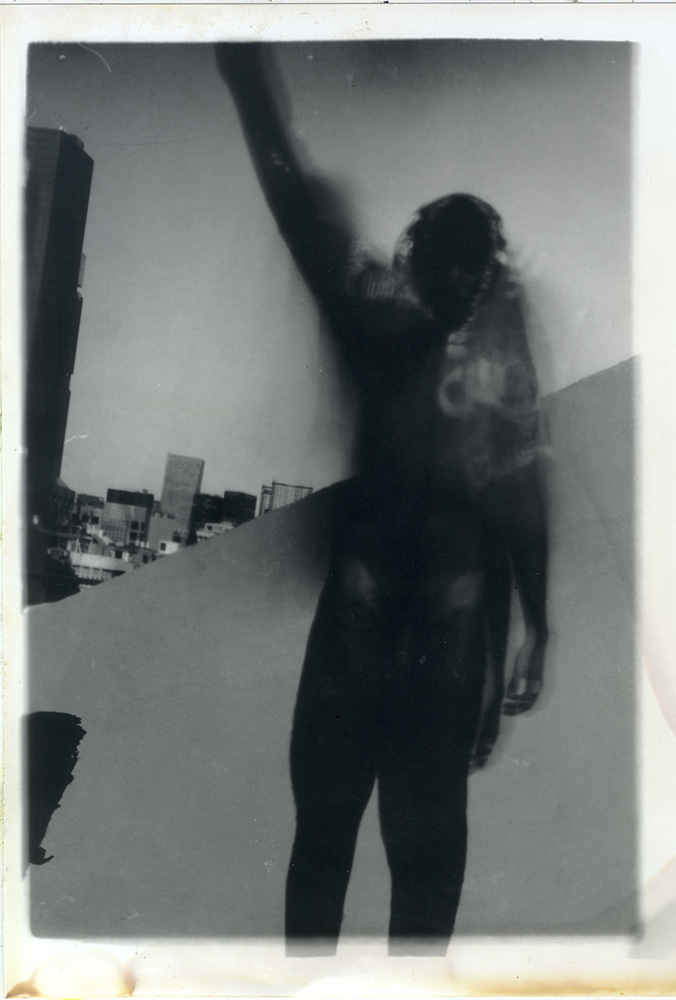
A warrior.
|
Oona Oikkonen
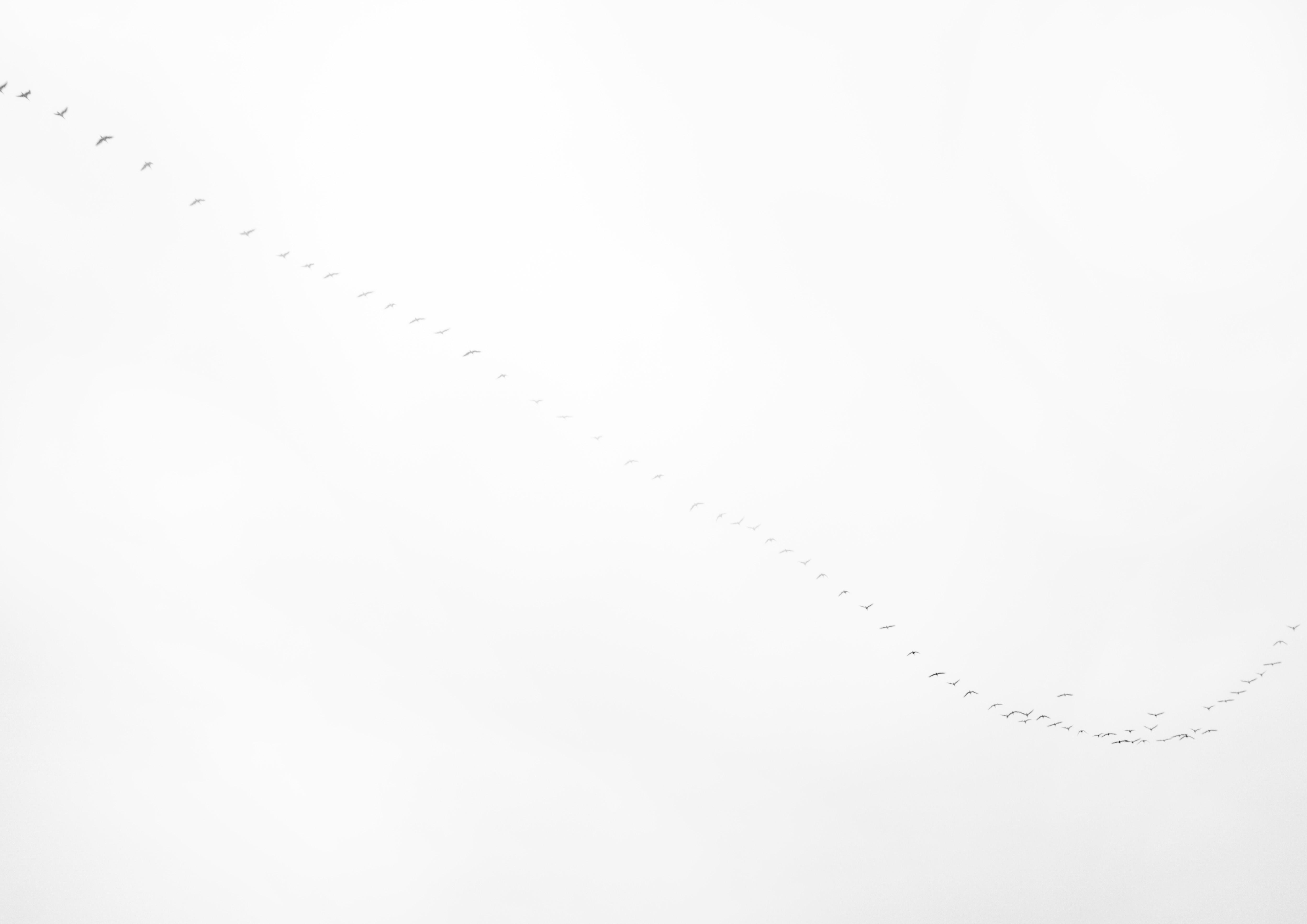
Bird migration. The sky is overexposed and some of the birds are disappearing. Looks like a signature made by nature.
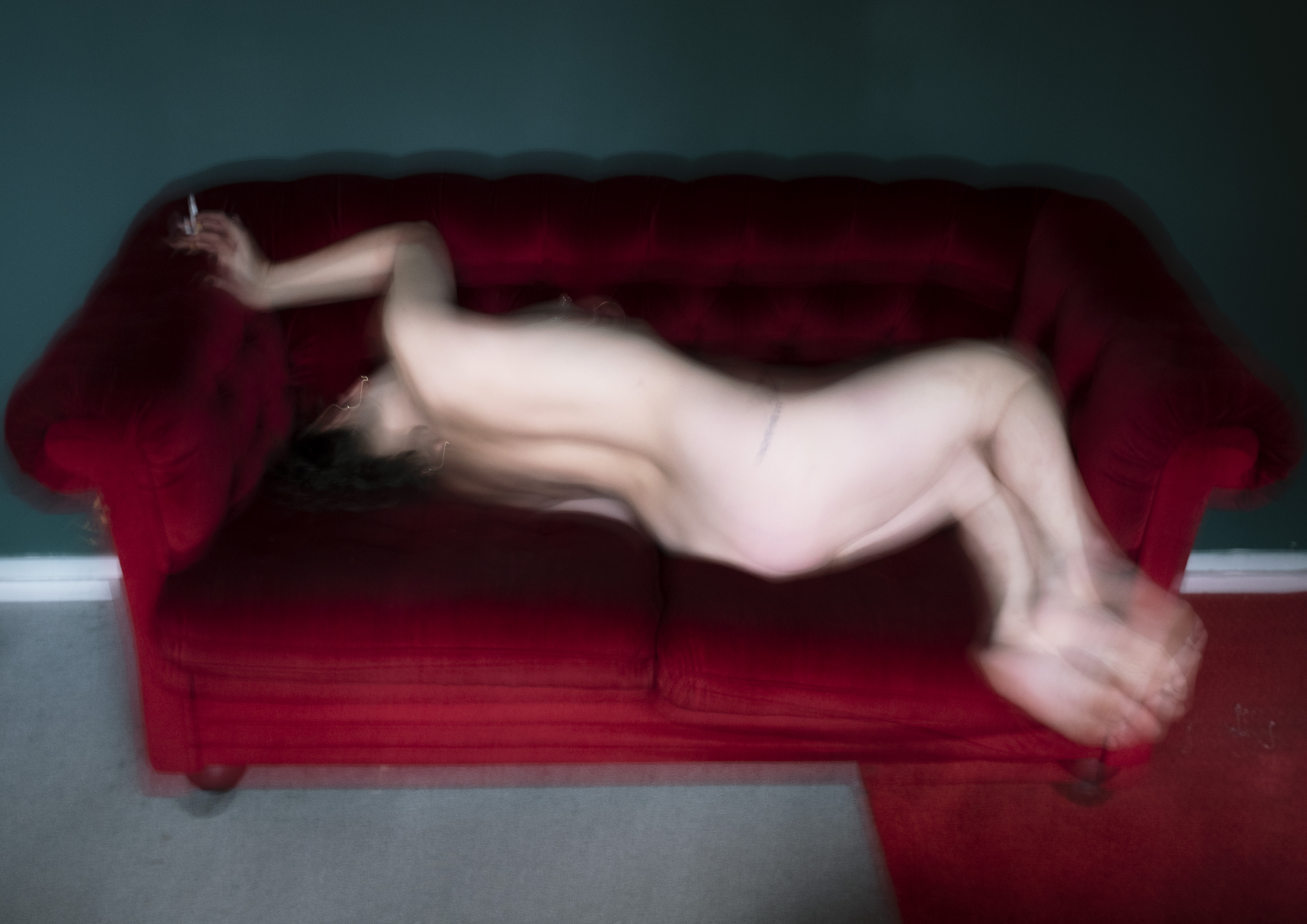
Low shutter speed. Her back reminds me of the bird migration form in the previous image.
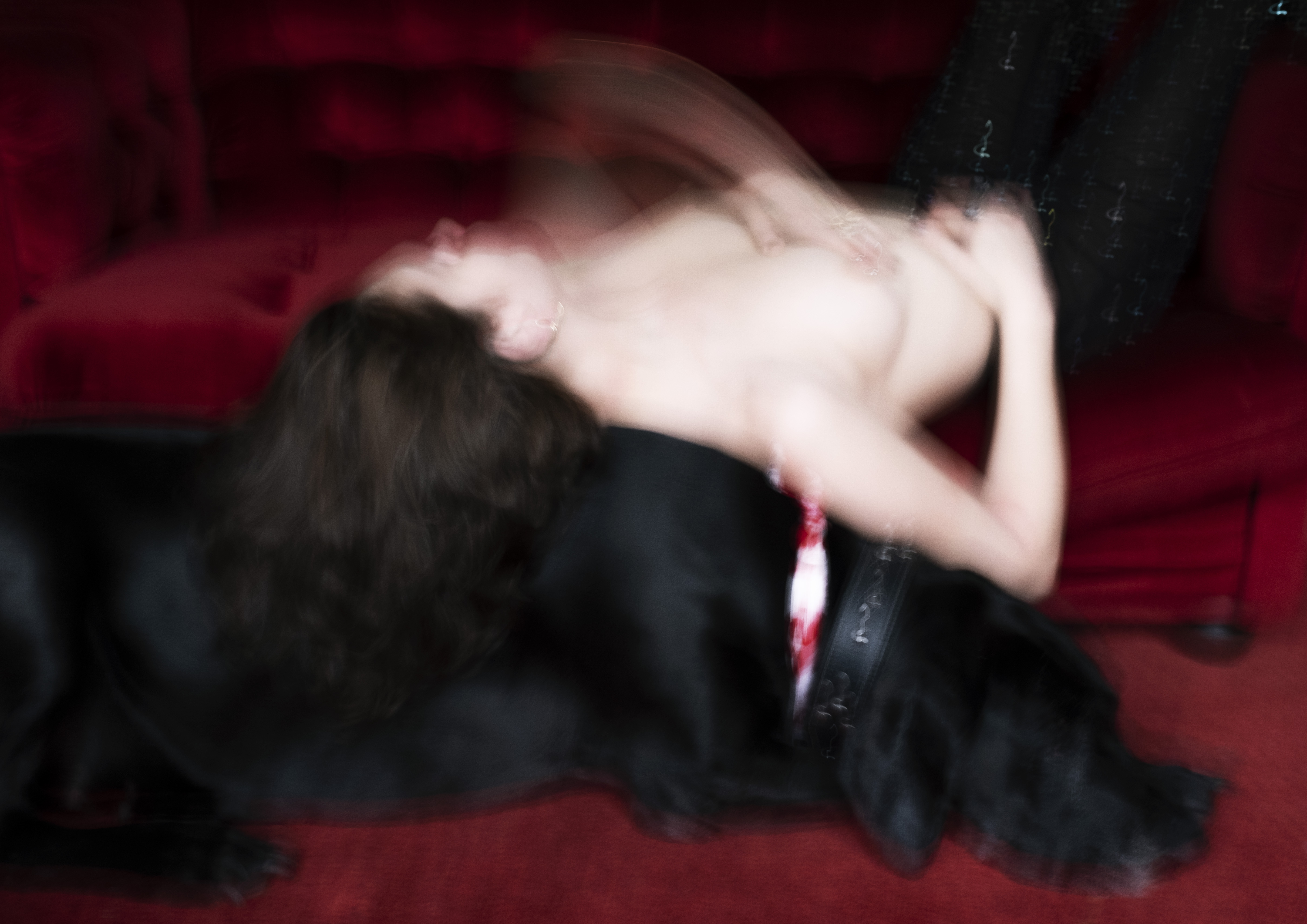
Low shutter speed. It creates soft body movement and unsharpness.
|
Puck Thissen
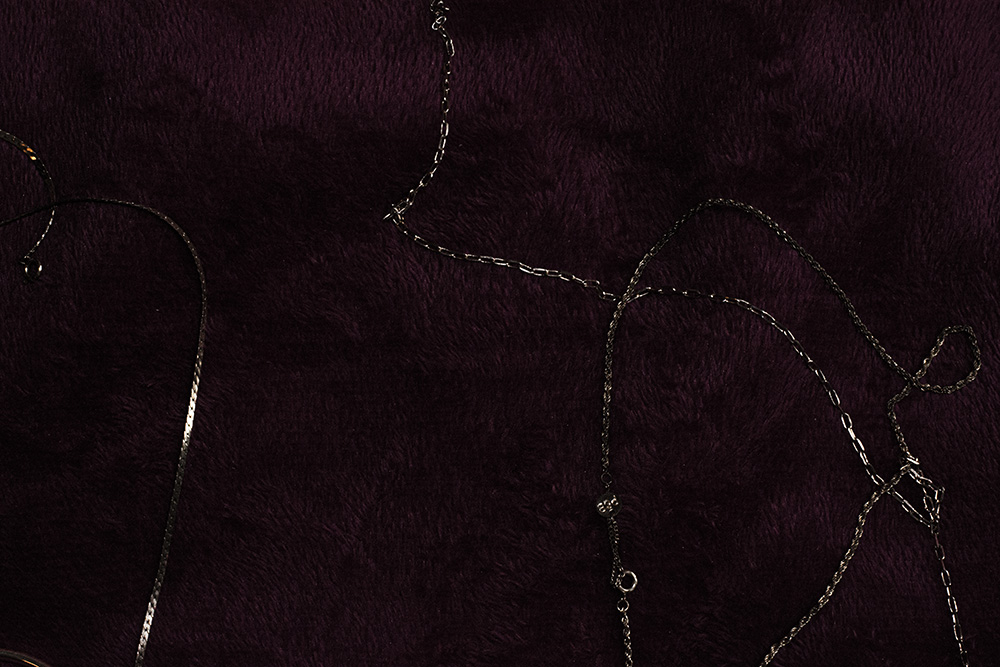
Jewelry with a pink background. Due to the underexposure you can’t see much color. It almost looks like a photograph of roads, taken from the sky (but with odd colors).
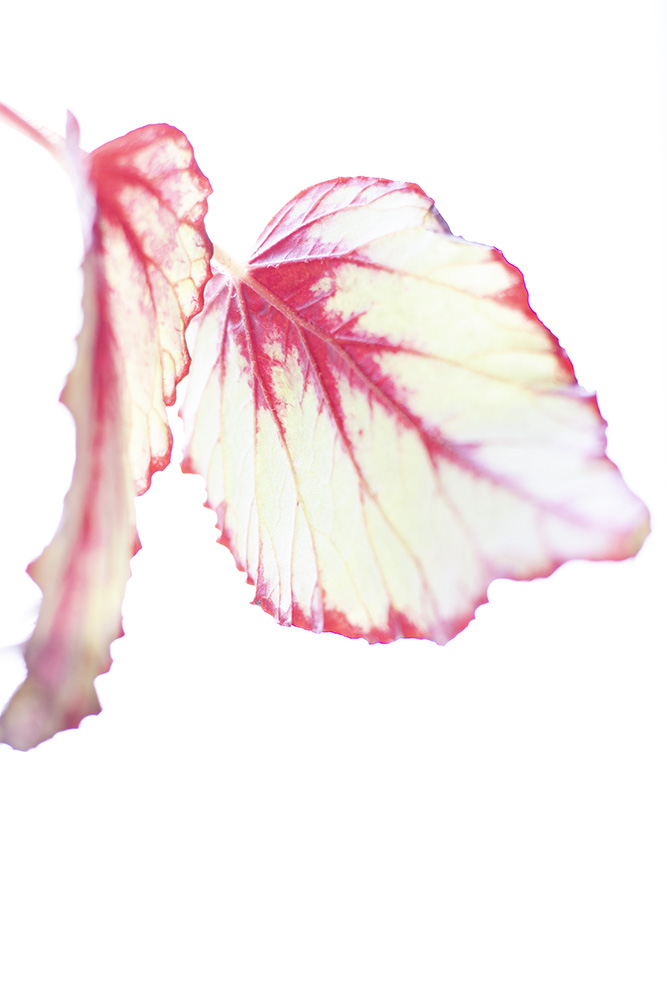
Overexposure and a small depth of field, looks like they’ve been cut out of paper and placed on a white background.
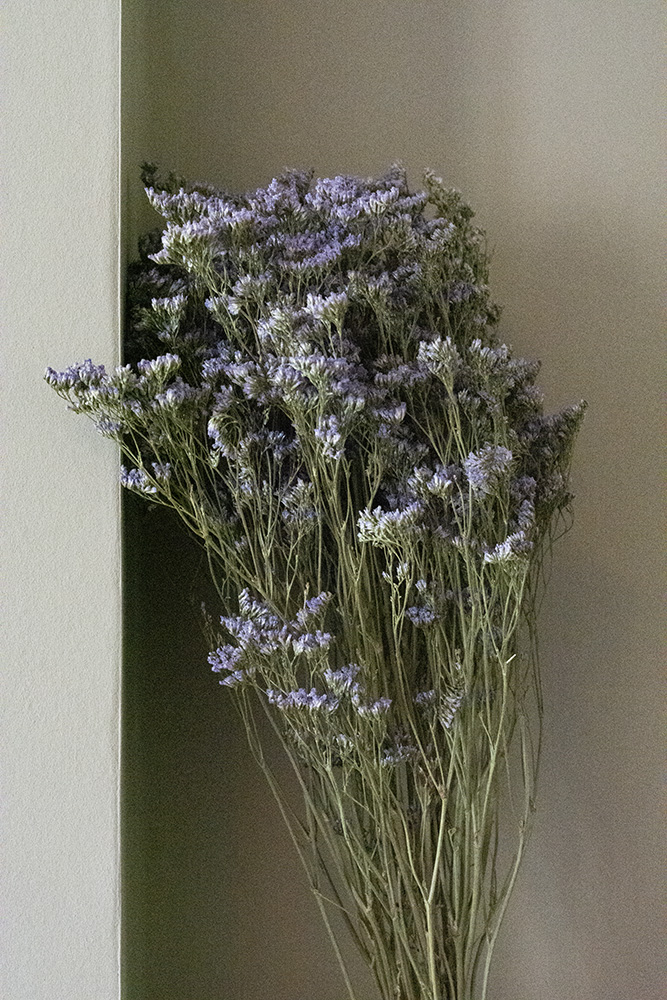
I wanted to experiment with getting the right light, using the highest ISO on my camera. Settings: ISO 25600, f/7.1 , s 1/250.
The outcome is of course very grainy.
|
Robert Sasarman
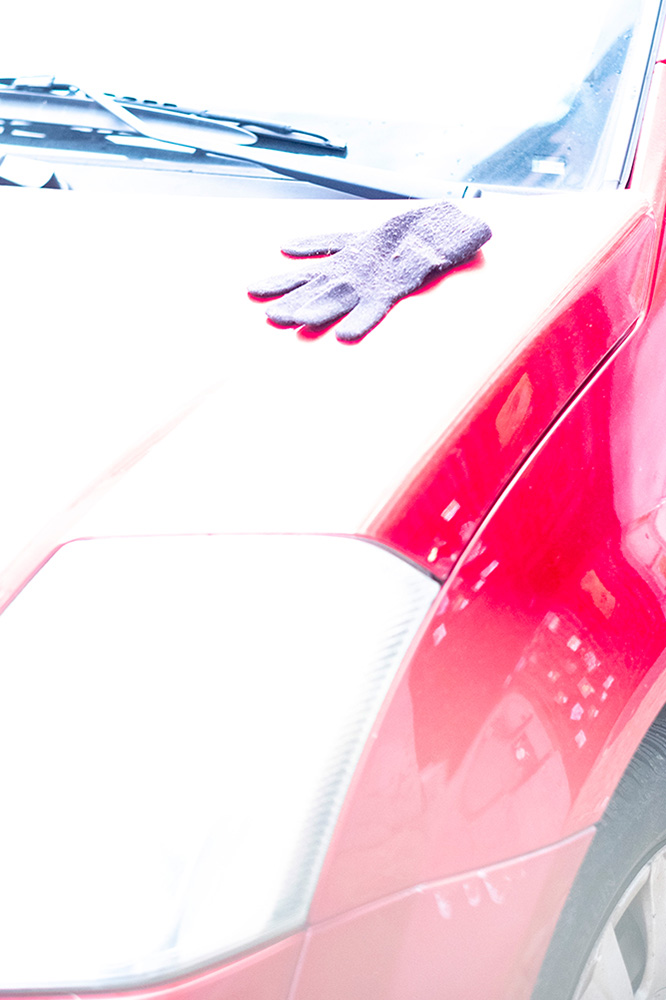
The car reflected the sky and together with a low shutter speed and high iso, it created an overexposed picture while still letting some shadows seep through.
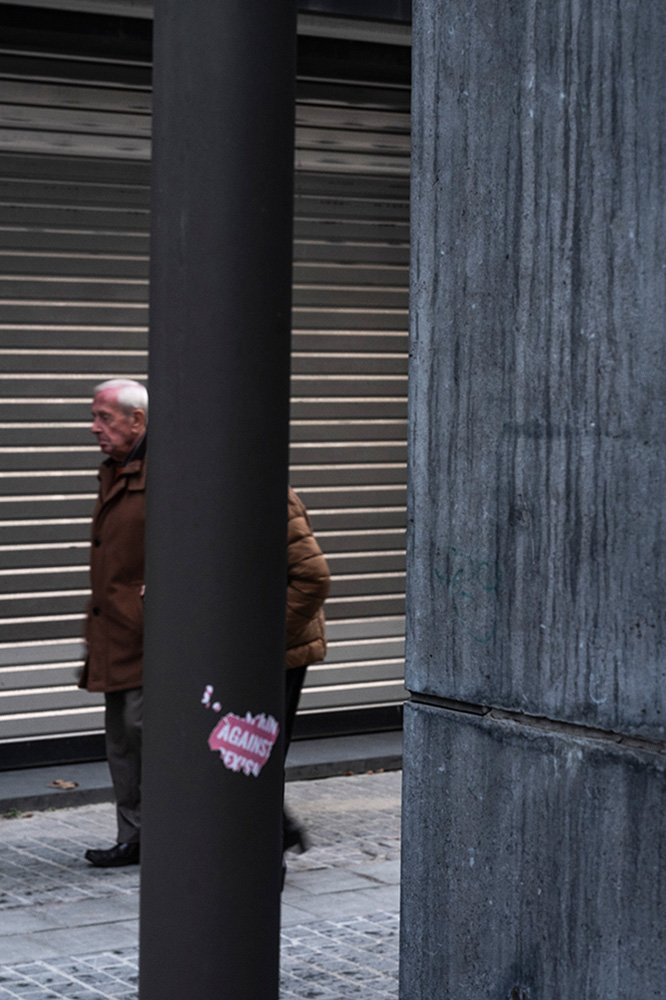
I tried to play with a picture where the subject just missed the ‘right’ moment. Movement is also visible in the image because of lower shutter speed.
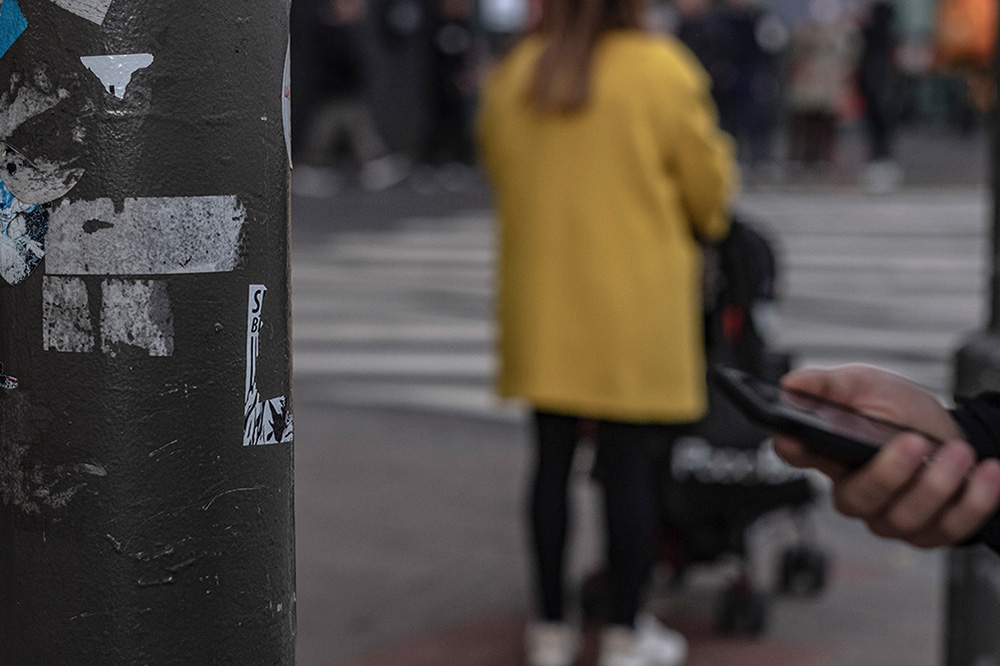
Wrong focus point that turned the image unsharp whereas if focused just on the side. Using a bigger aperture, the background became blurred and unsharp.
|
Sarah Kirchner
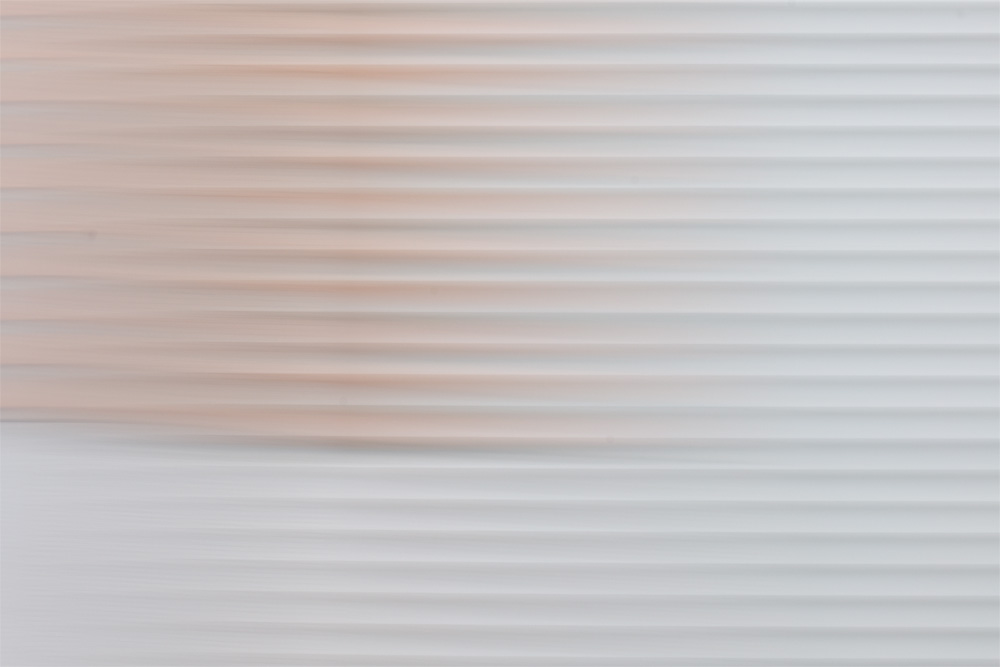
This image was taken outside of the car on a land road between Antwerp and Brussels. I let the camera choose when to take the image by selecting self timer.
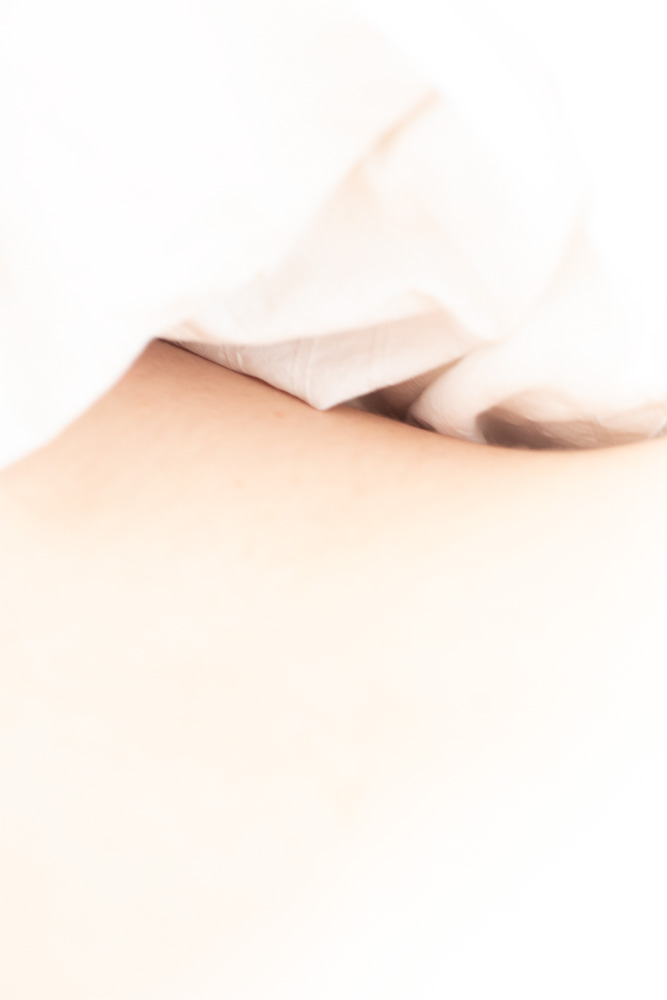
I was experimenting with exposure and sharpness to see how it affects texture.
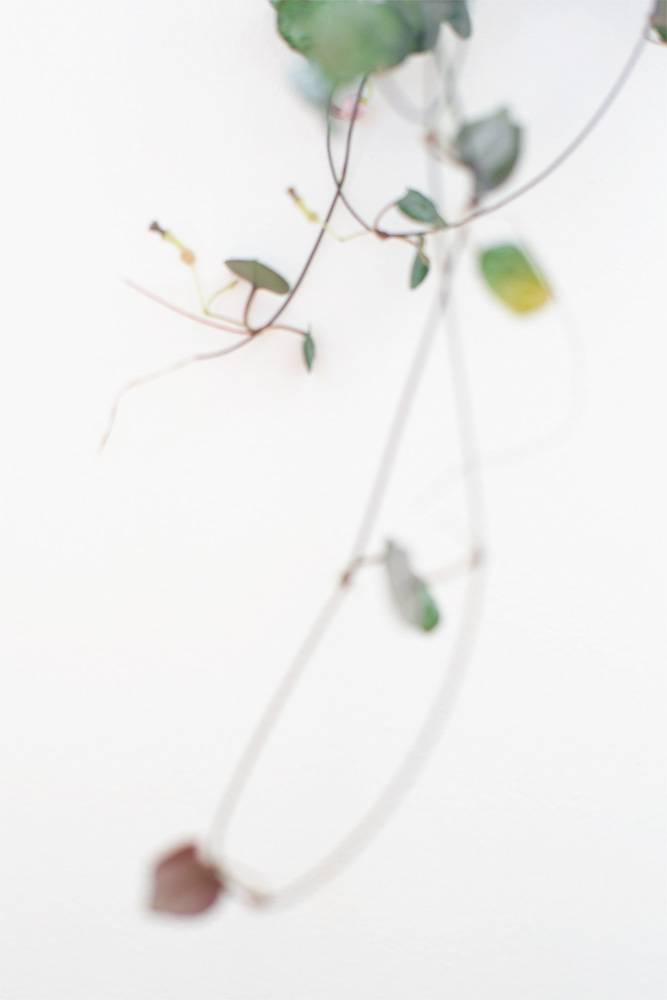
An out of focus image creates an abstraction of the plant emphasising the lines in its organic structure.
|
Sarah Stone
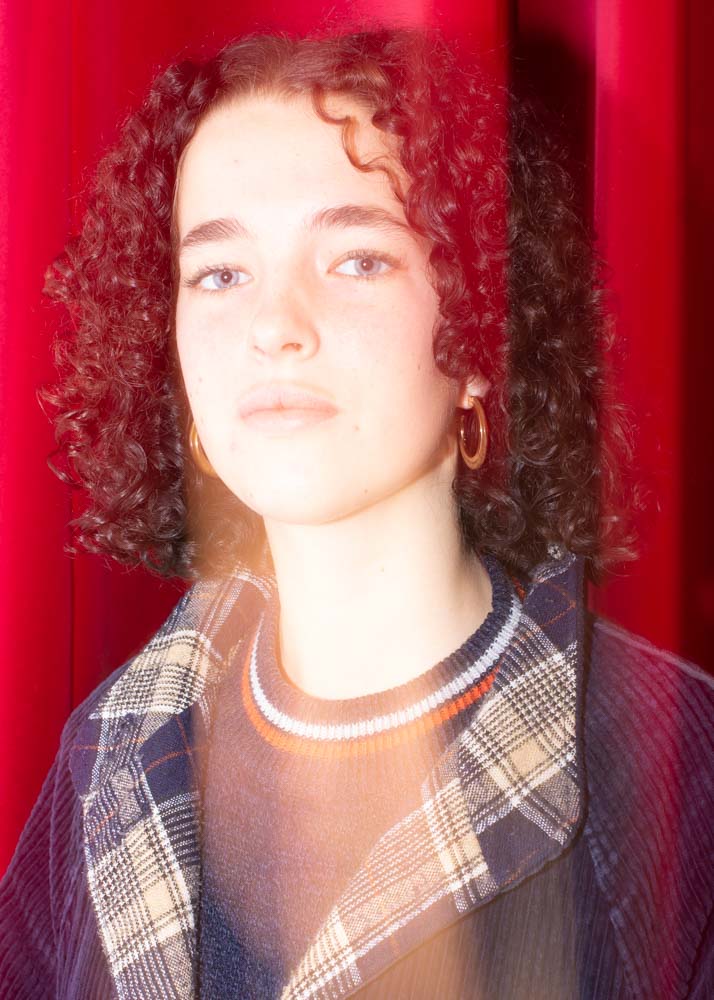
I wanted to find out what happens when you use the flash below the shutter speed 1/25 of a second. During the process I concluded that I needed a shutter speed longer than 1 second and during this time I moved the camera up and down. The end result is a well lit portrait showing the background and subject almost as one. The soft light is vertically pulled due to the movements.
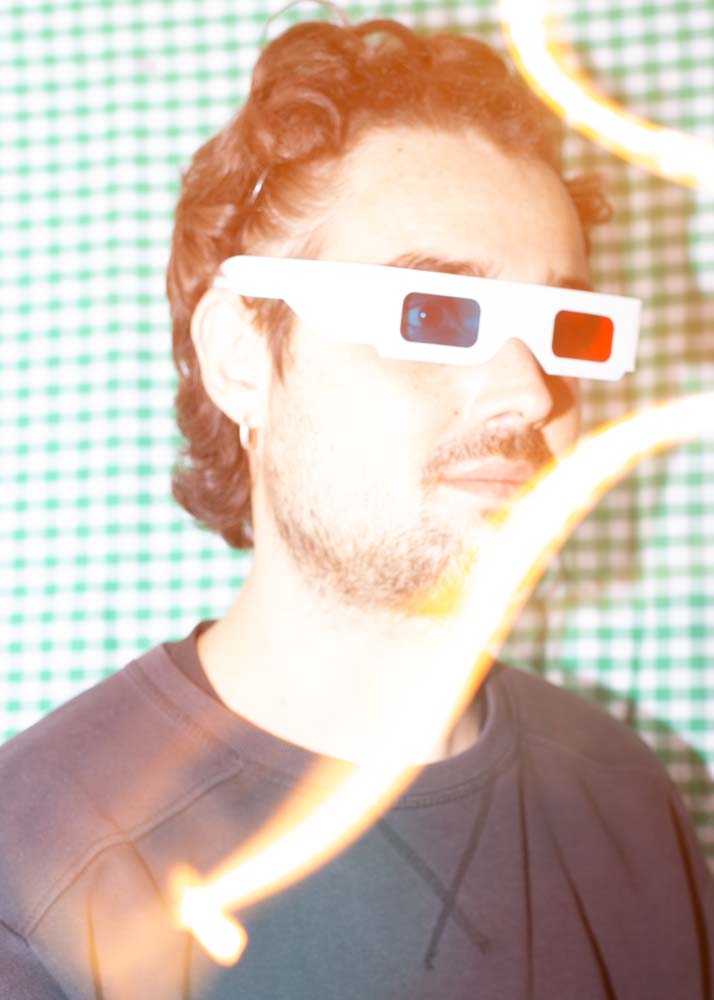
Using the same technique as the first image but now without natural light (as there was in the first image) meaning a longer shutter speed of 25 seconds which gives time to draw in the light with a candle which creates unexpected results.
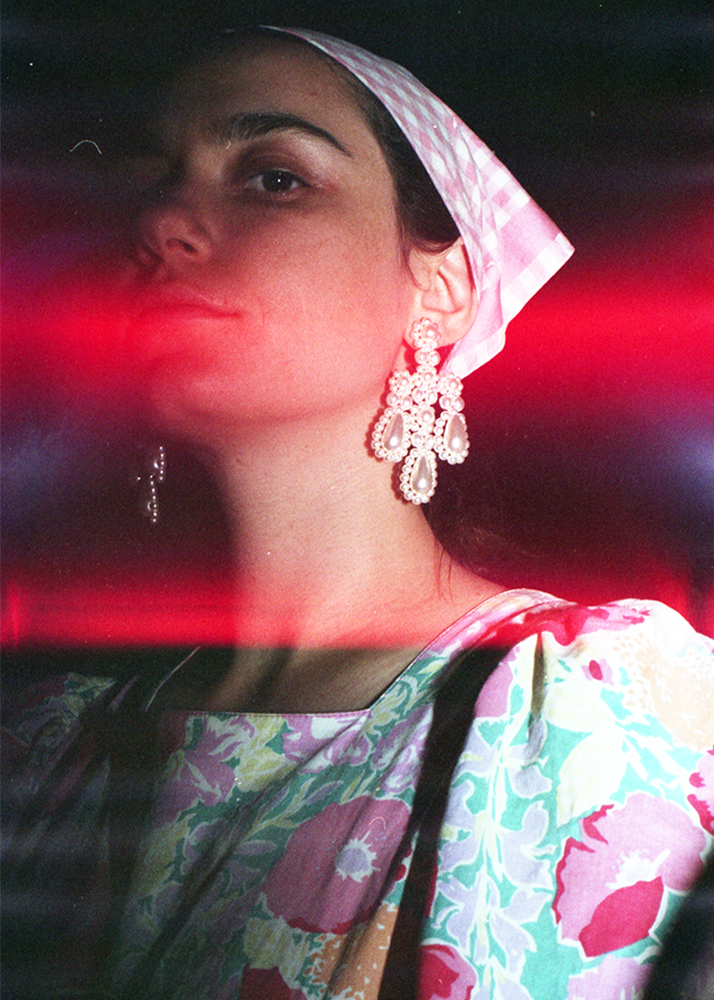
The last image shows the result of a higher ISO and a flash with 1/60 of a second made at night with the setting and subject once again coming together, playing with foreground and background in which these two components have equal value in the result of this portrait.
|
Sarah Van Wingerden
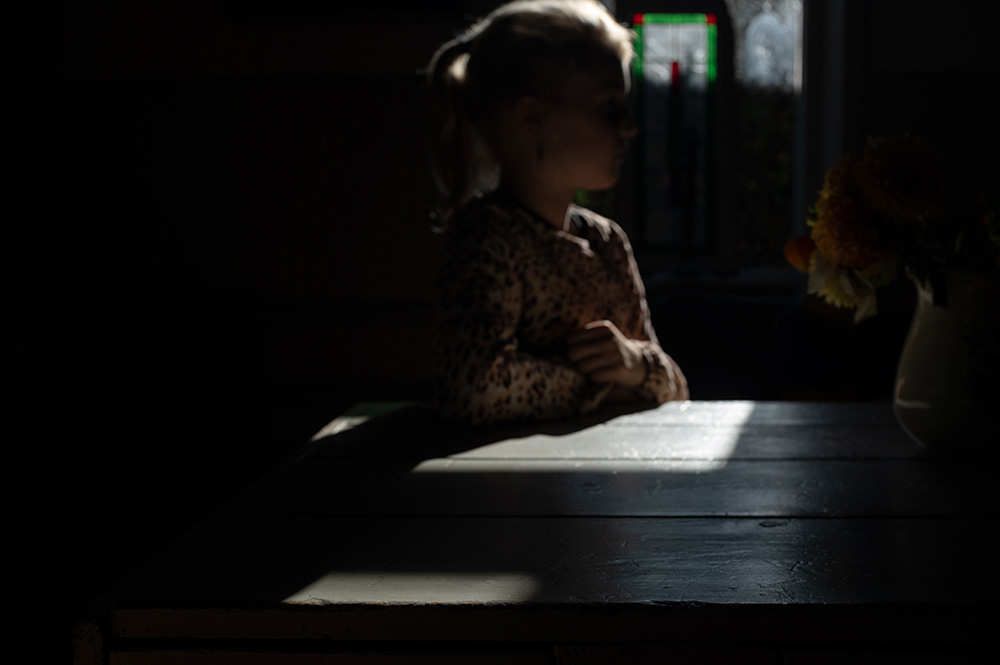
To take this photo I photographed my cousin with sunlight coming into the room. I looked for different ways of capturing the light on her. In this one her face is barely visible and it is blurry.
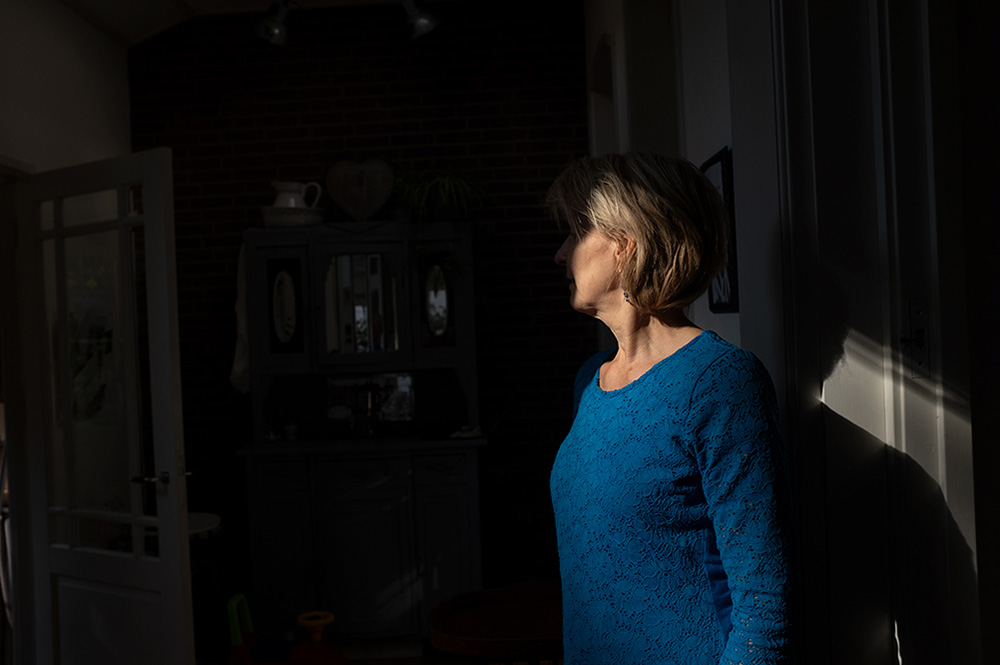
I photographed my mum in the sunlight in the room. She looked beautiful on the photos, but it this one she moves her face out of the light which makes her face barely visible. Still I found it an interesting image.
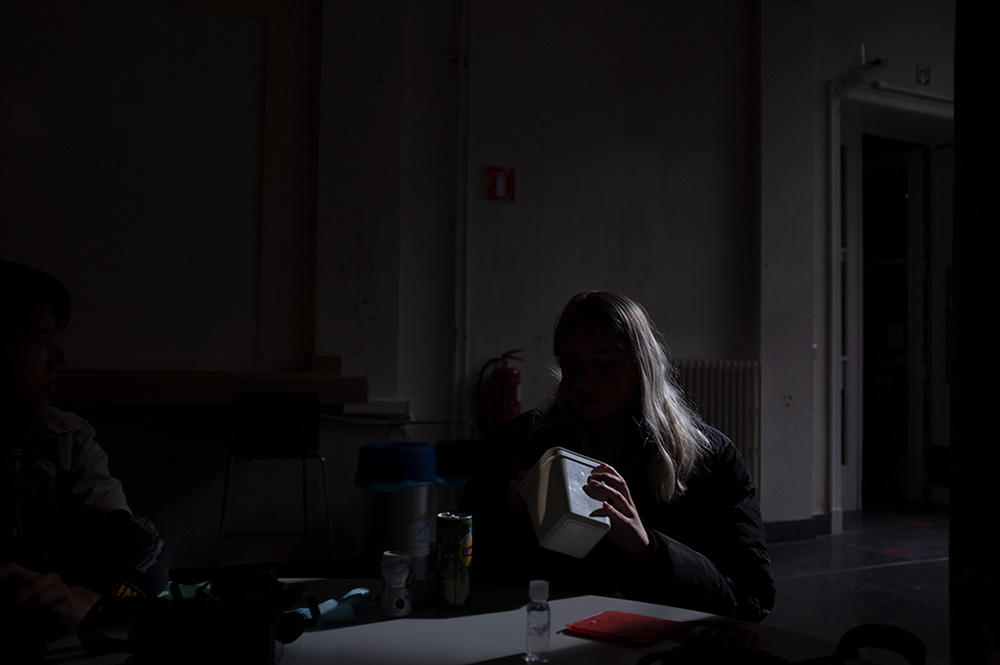
This photograph was actually taken by accident, when I tried out some settings on my camera when I was in school. I though it was interesting that her hair and some of her body lights up, but her face is not visible. This is how I got inspired to take the other images as well.
|
Theo Scherer
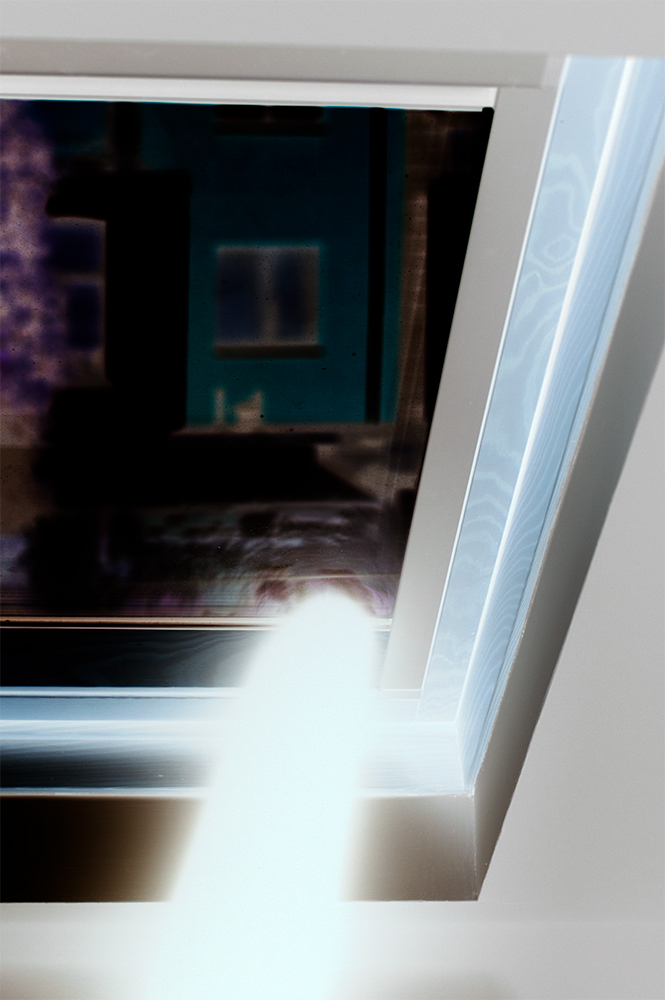
Holding the camera inappropriately is common; leaving your finger in front of the lens is a possibility. At first, this is an innocent mistake, an easily solvable issue.
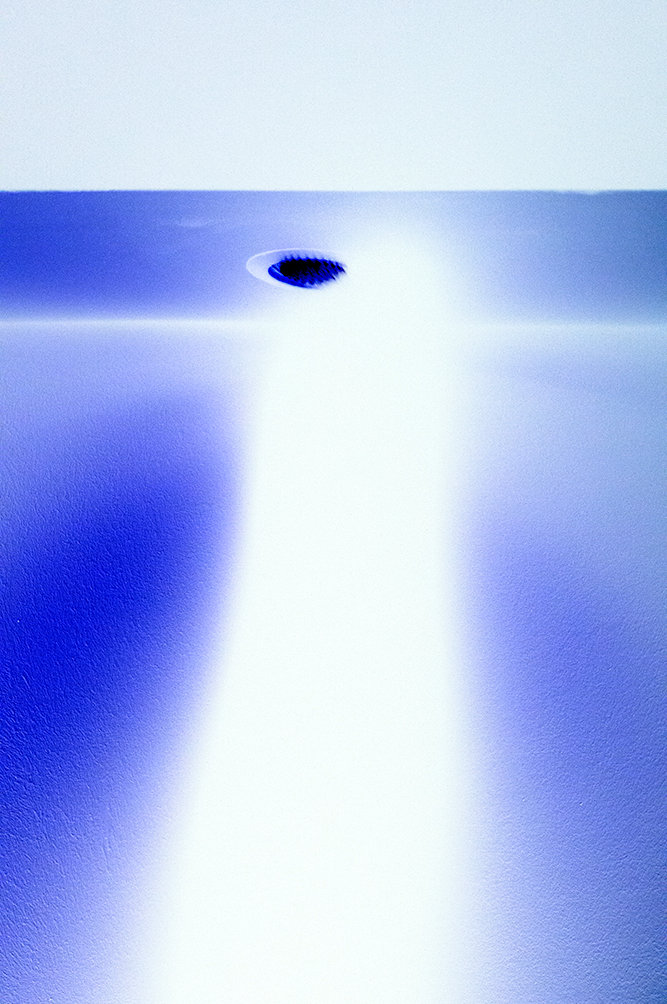
However, upon closer inspection, the formal silhouette of the finger is somewhat interesting. Perhaps the error should be part of the protocol.
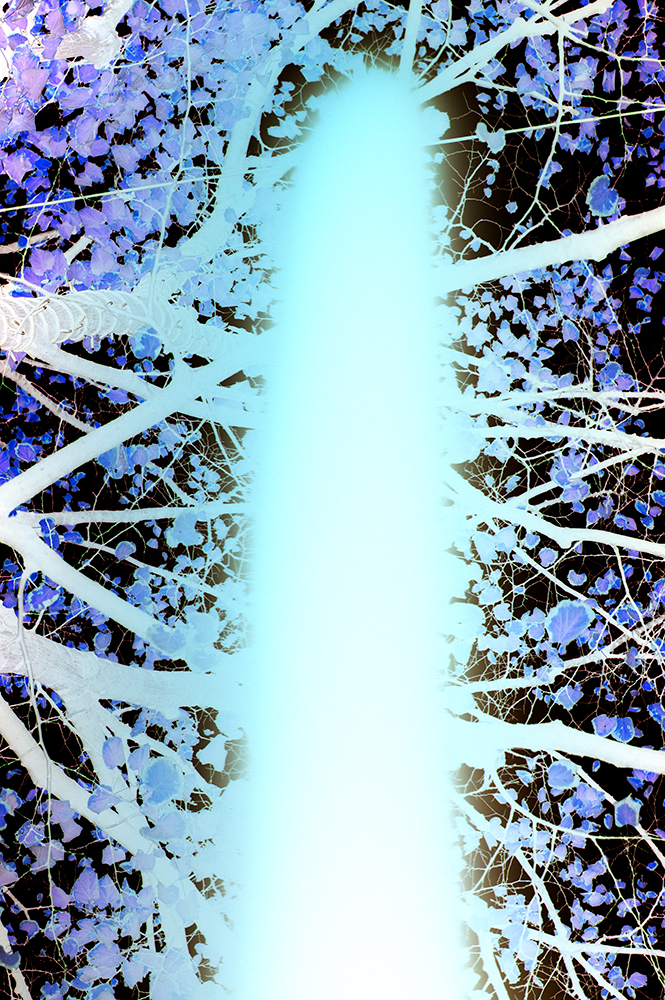
For that matter, the image should be all about the error and the protocol should be apparent. Perhaps a negative image is an appropriate way to emphasis what the finger has hidden.
|
Veronika Breuer
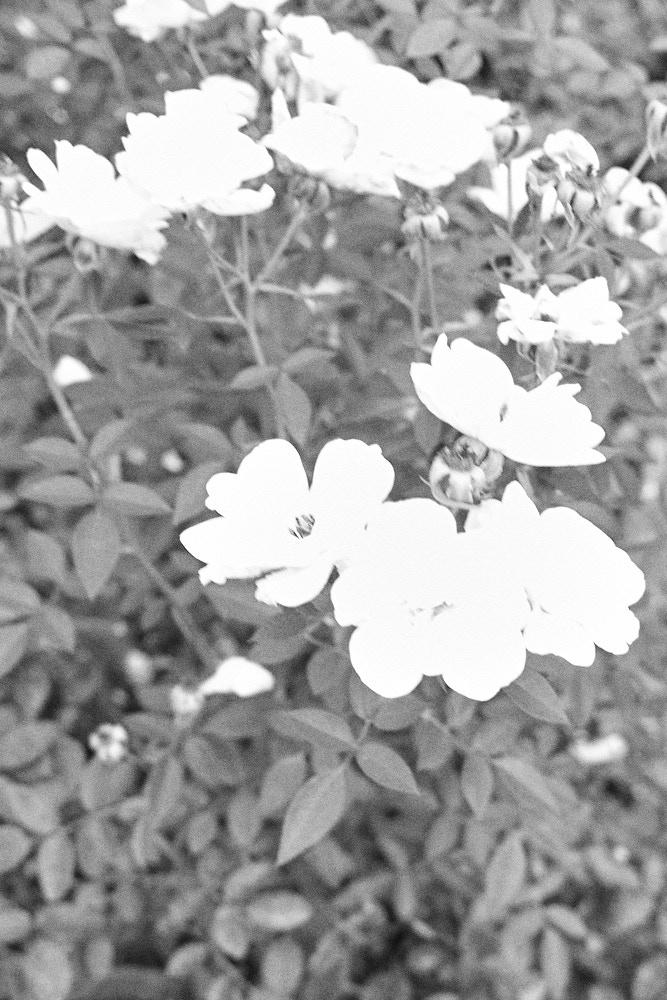
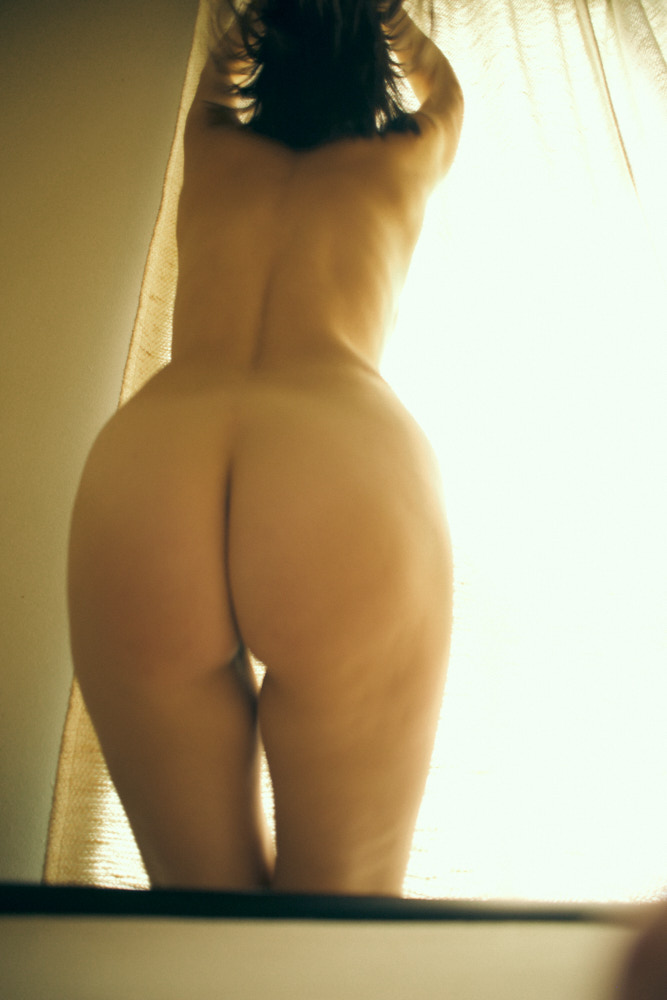
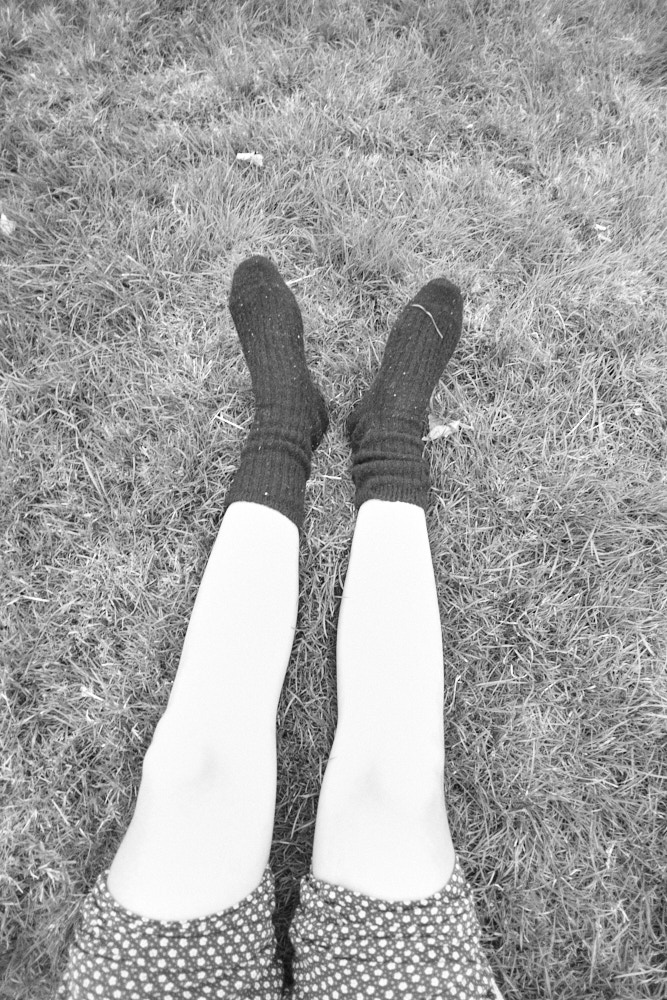
I set my camera to ISO 800, f 3.5, 1/80 in the morning at put on a 20mm lens and let it join for me for the day. I didn’t want to intervene on single images, just wanted to let the camera make what it does with these fix, not ideal settings.
|
|
|
|